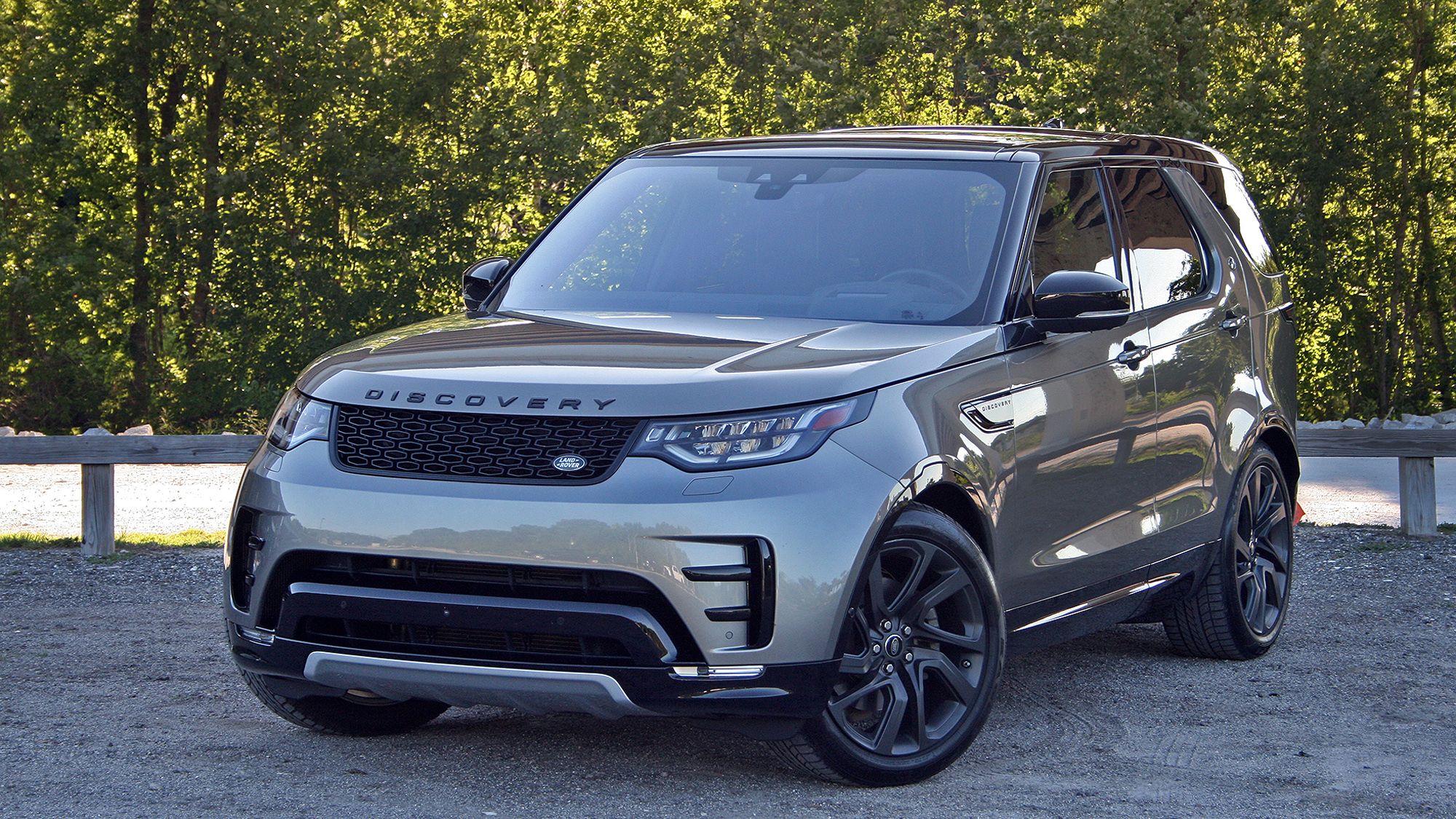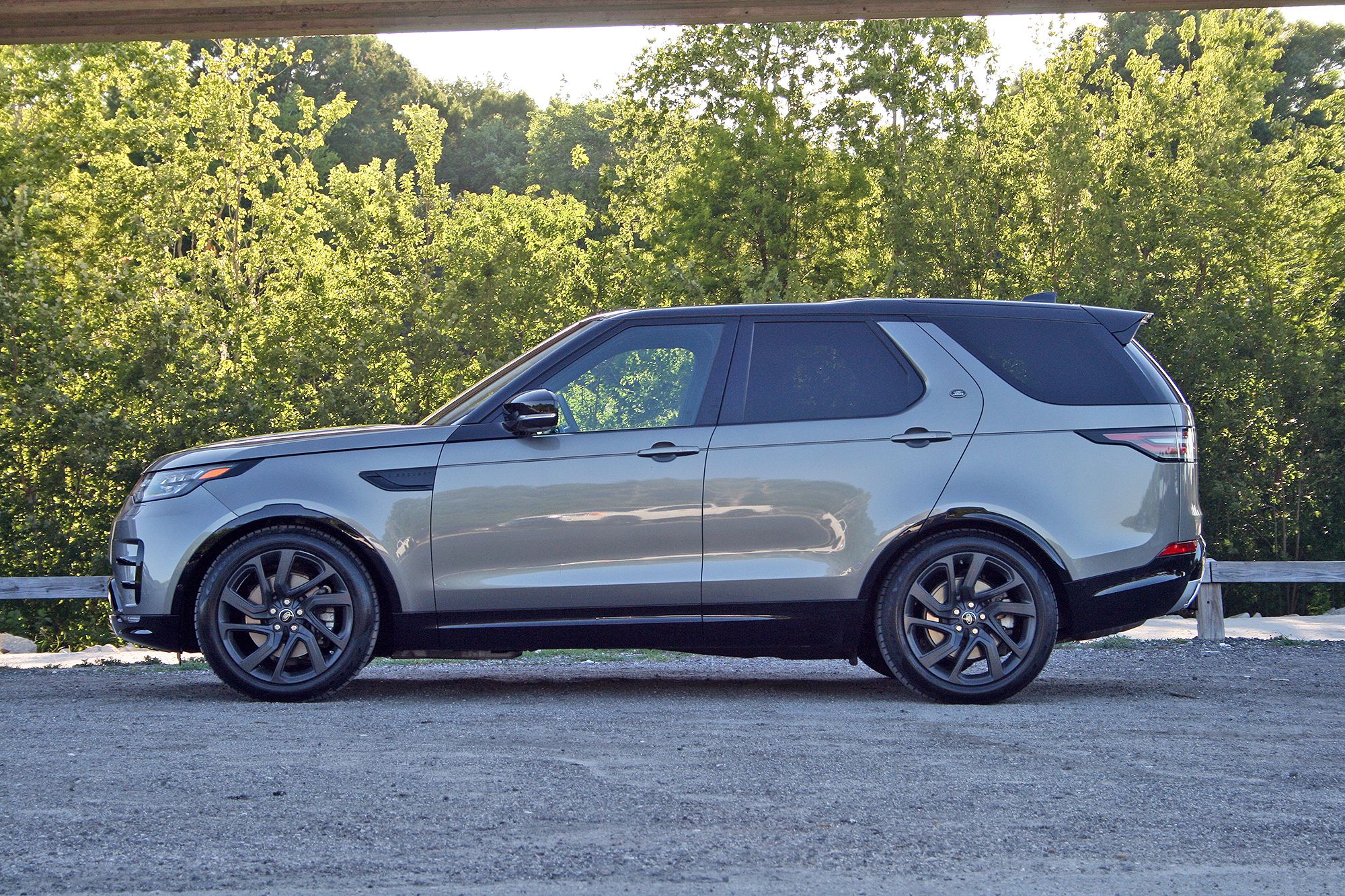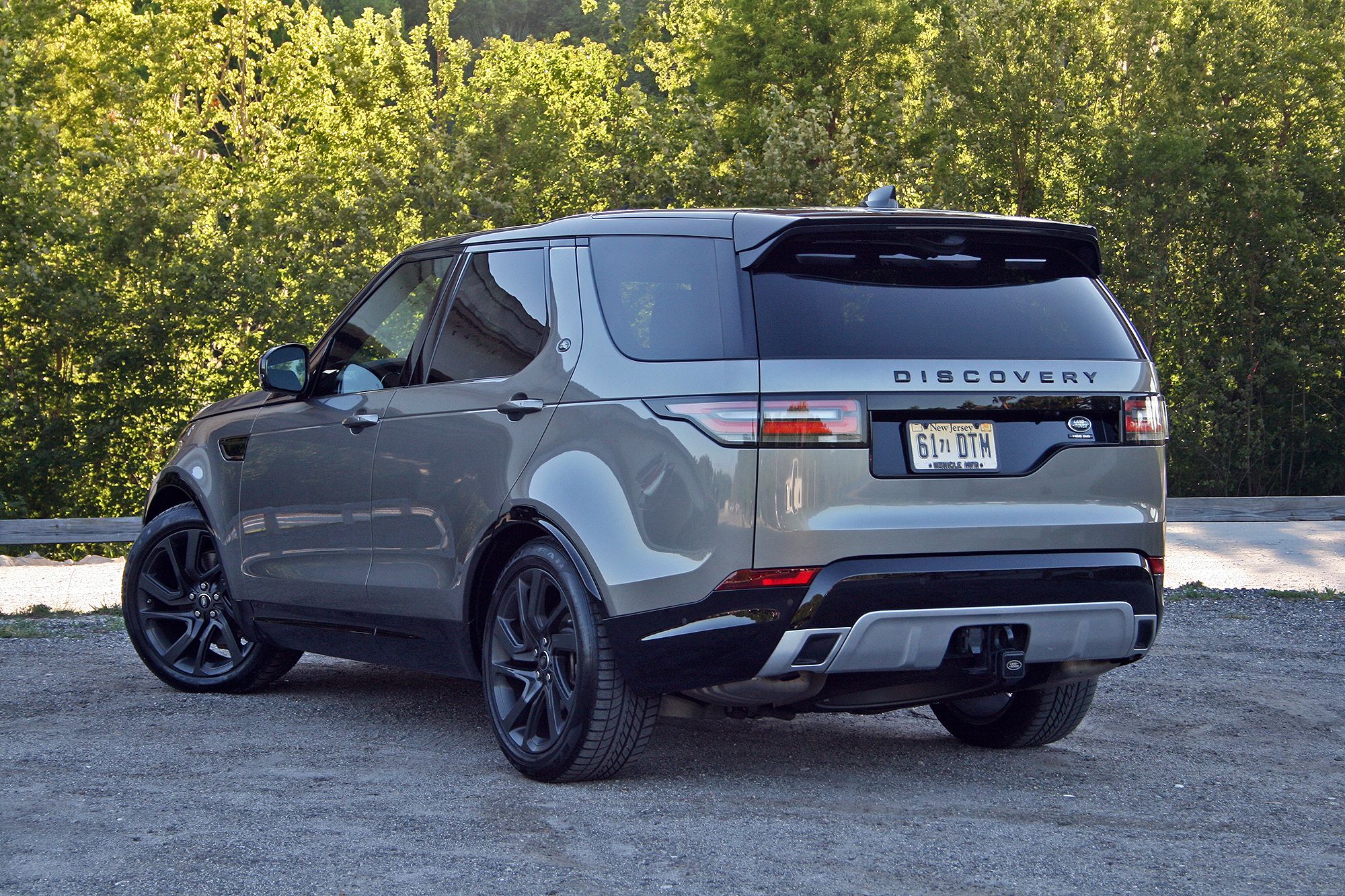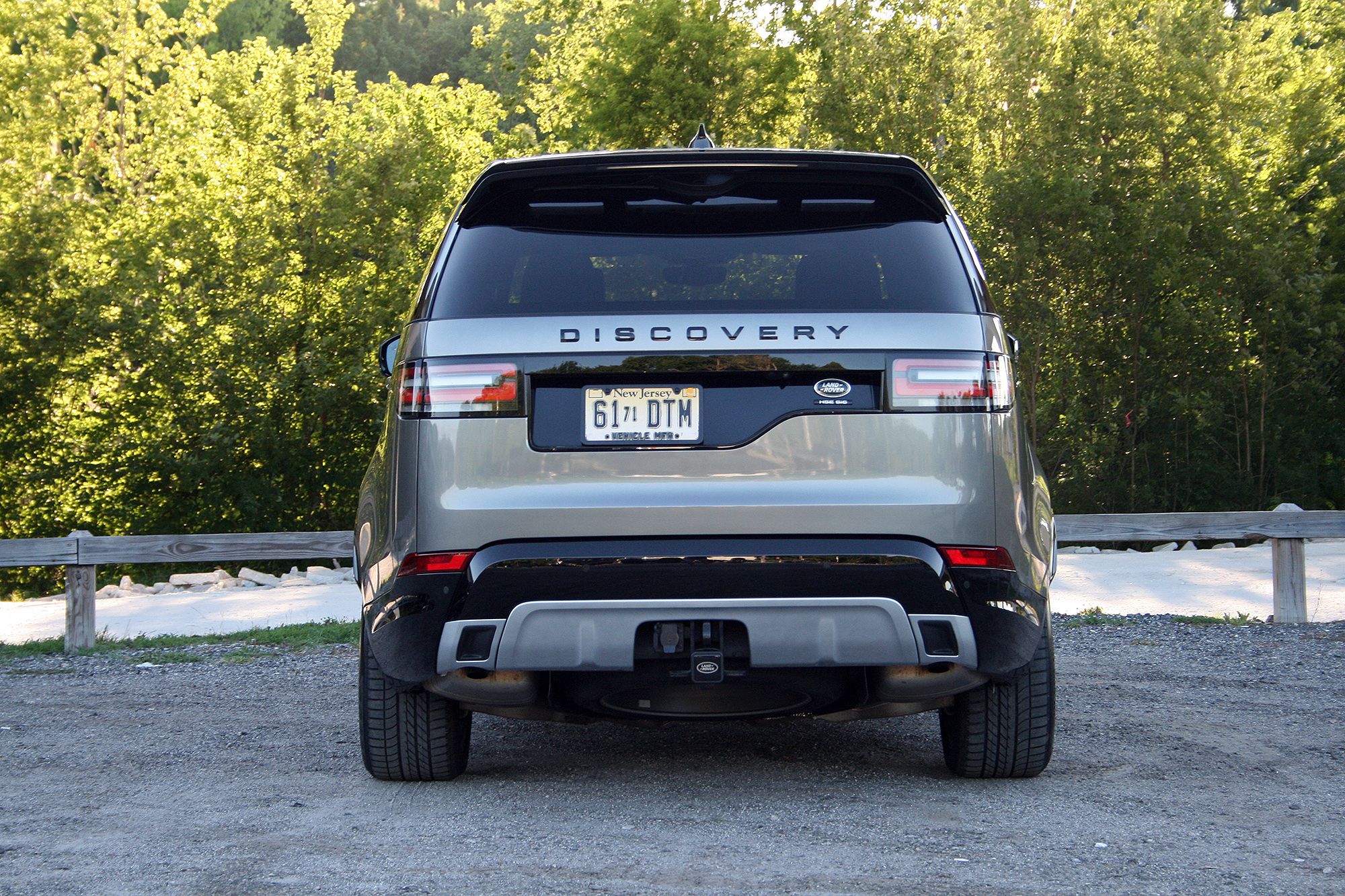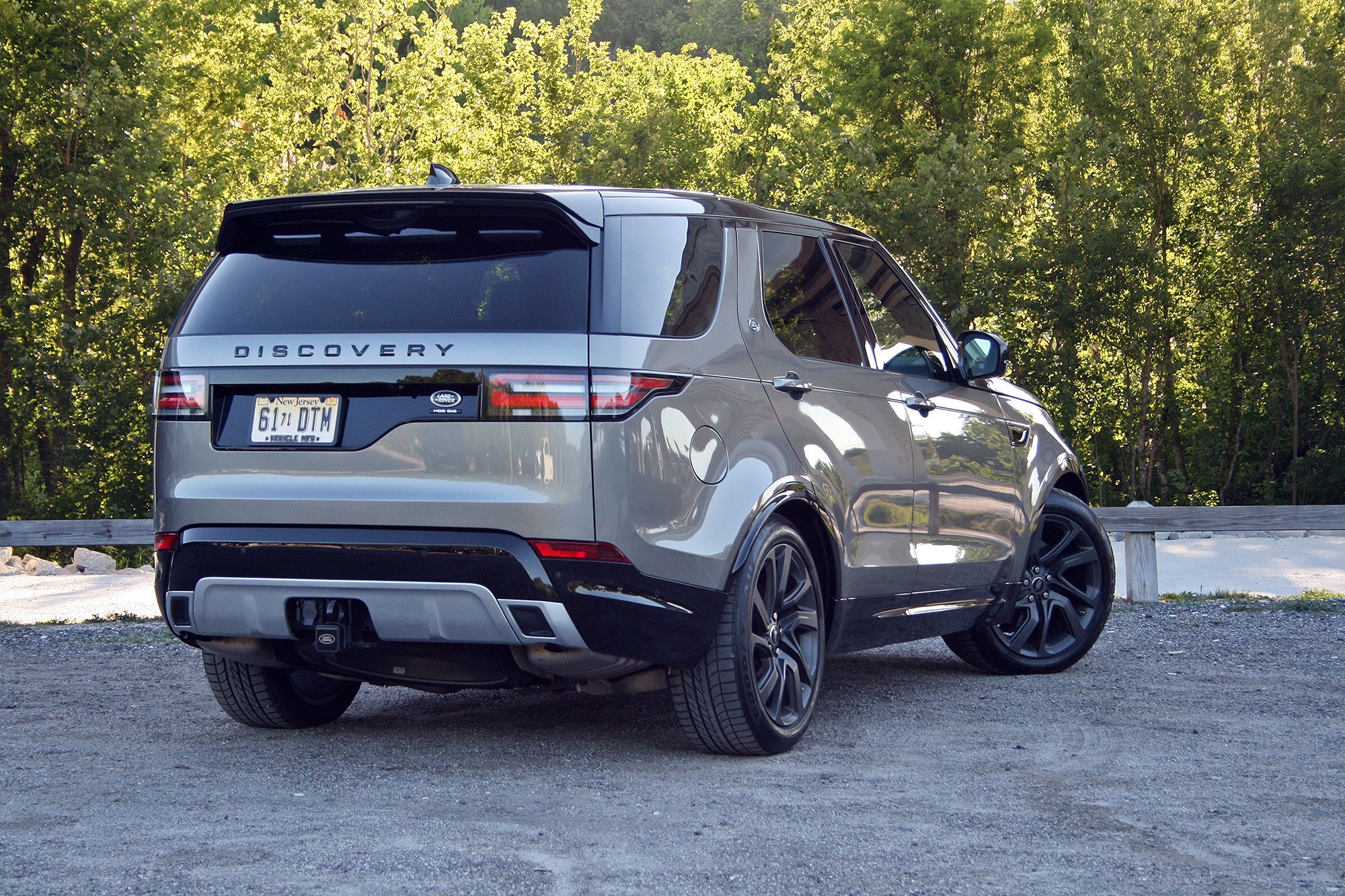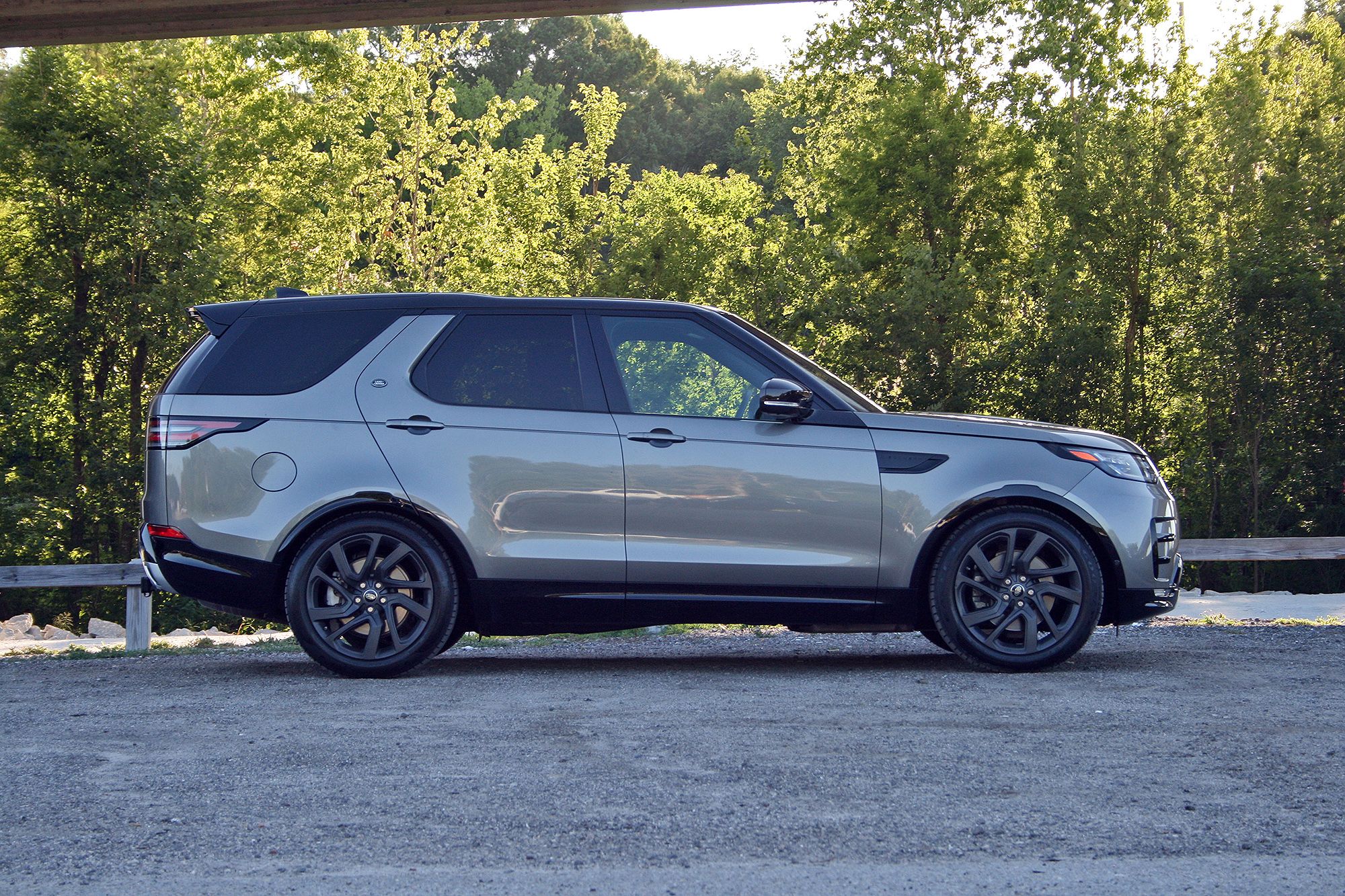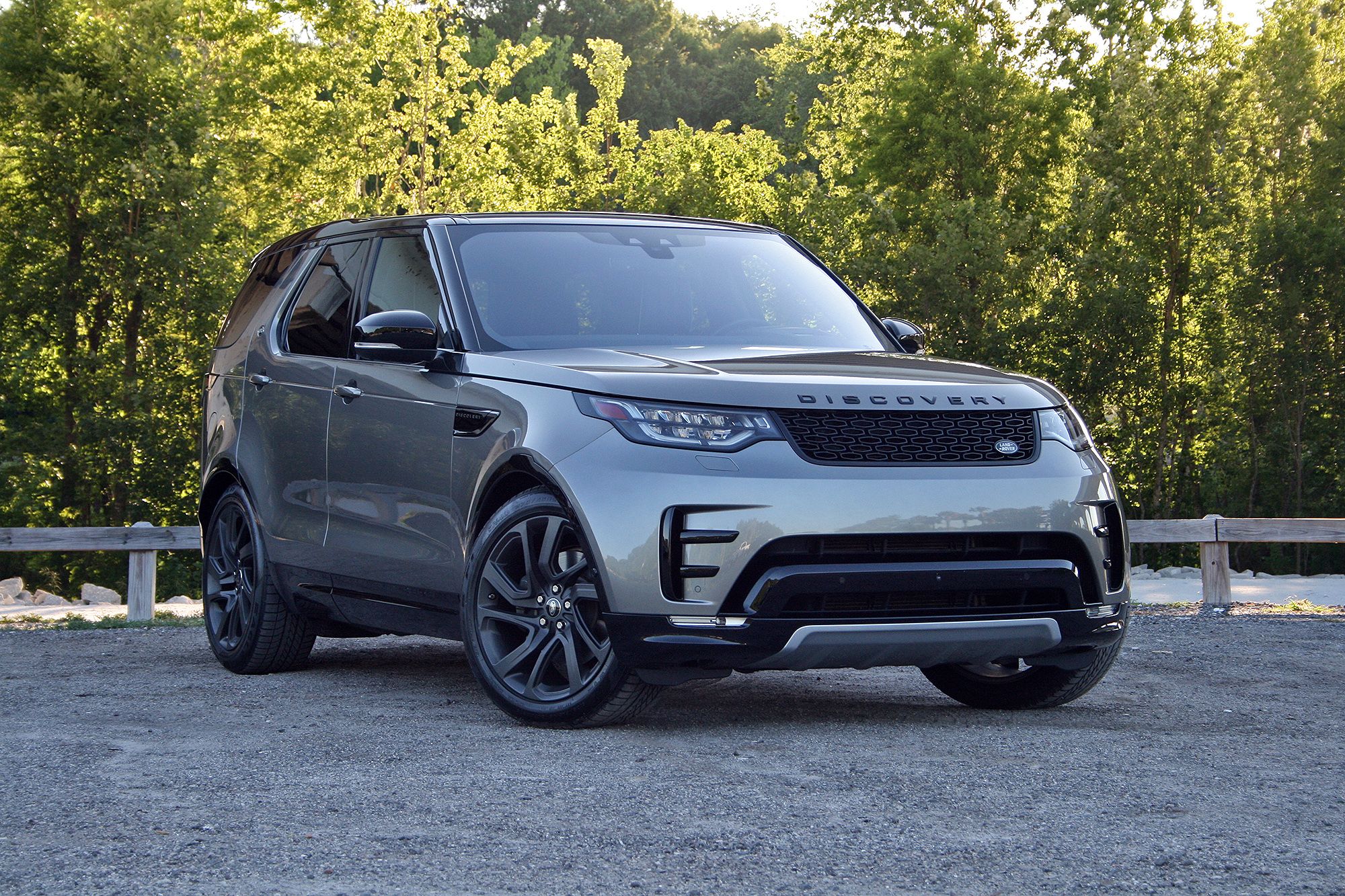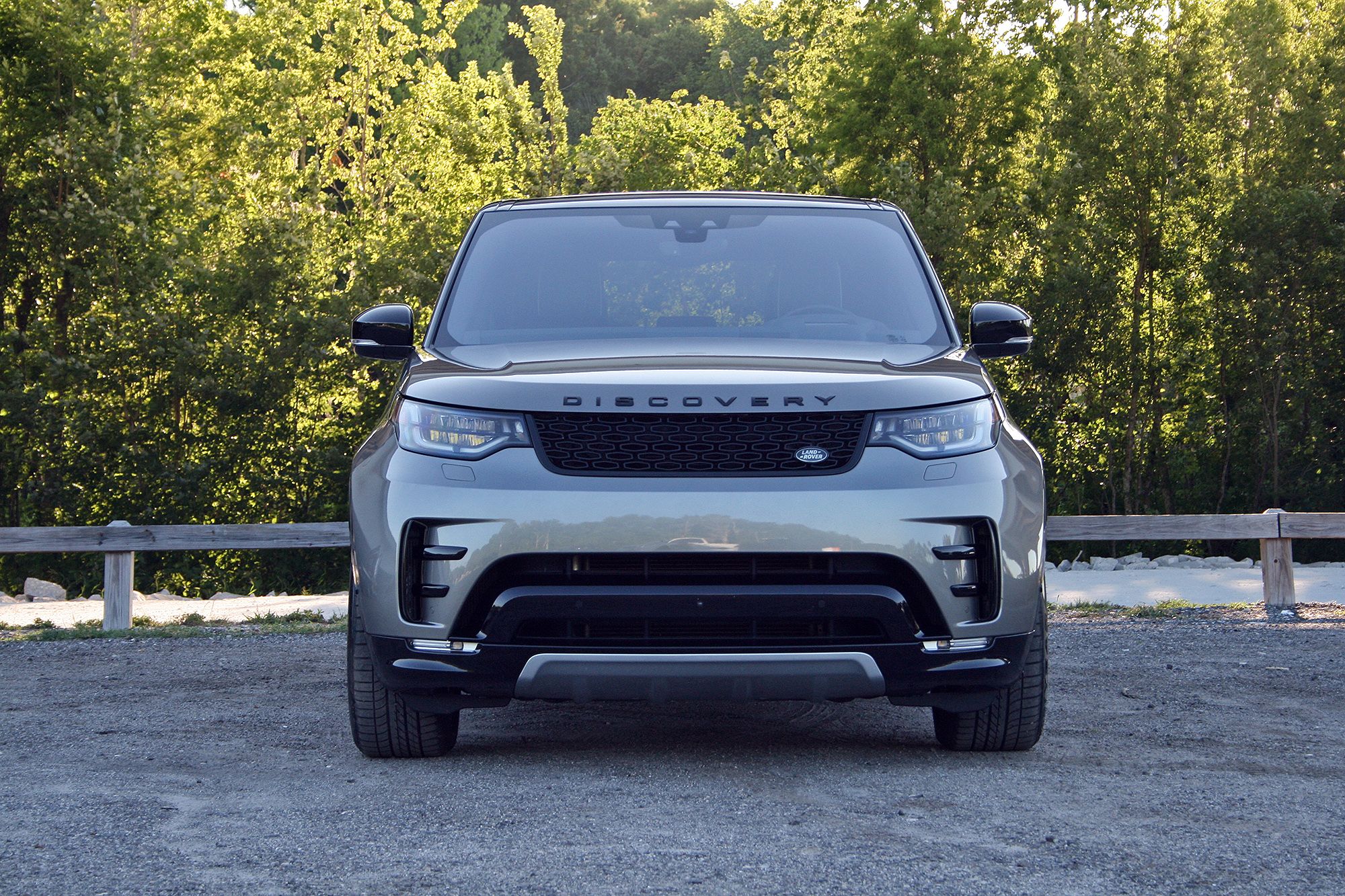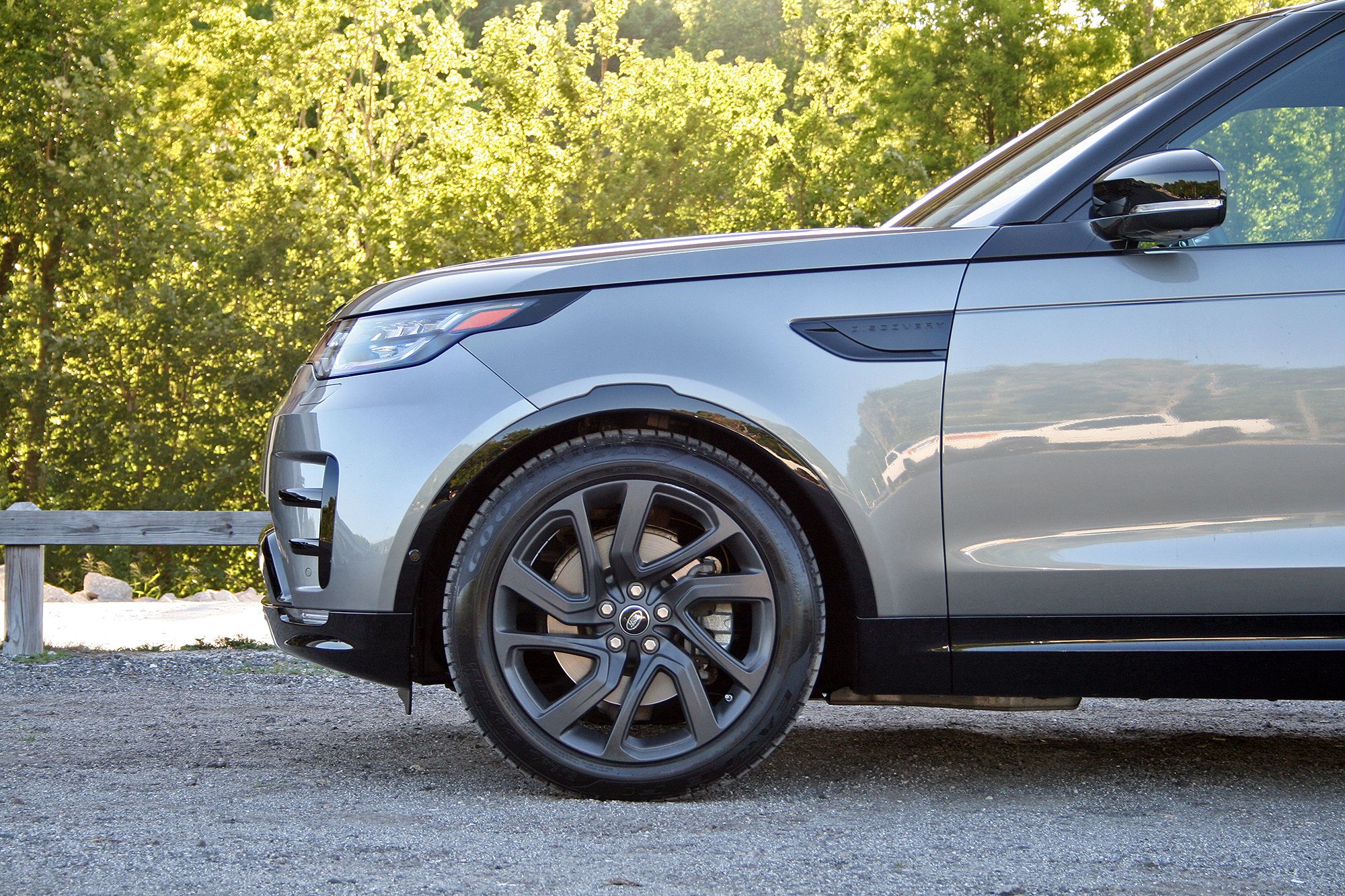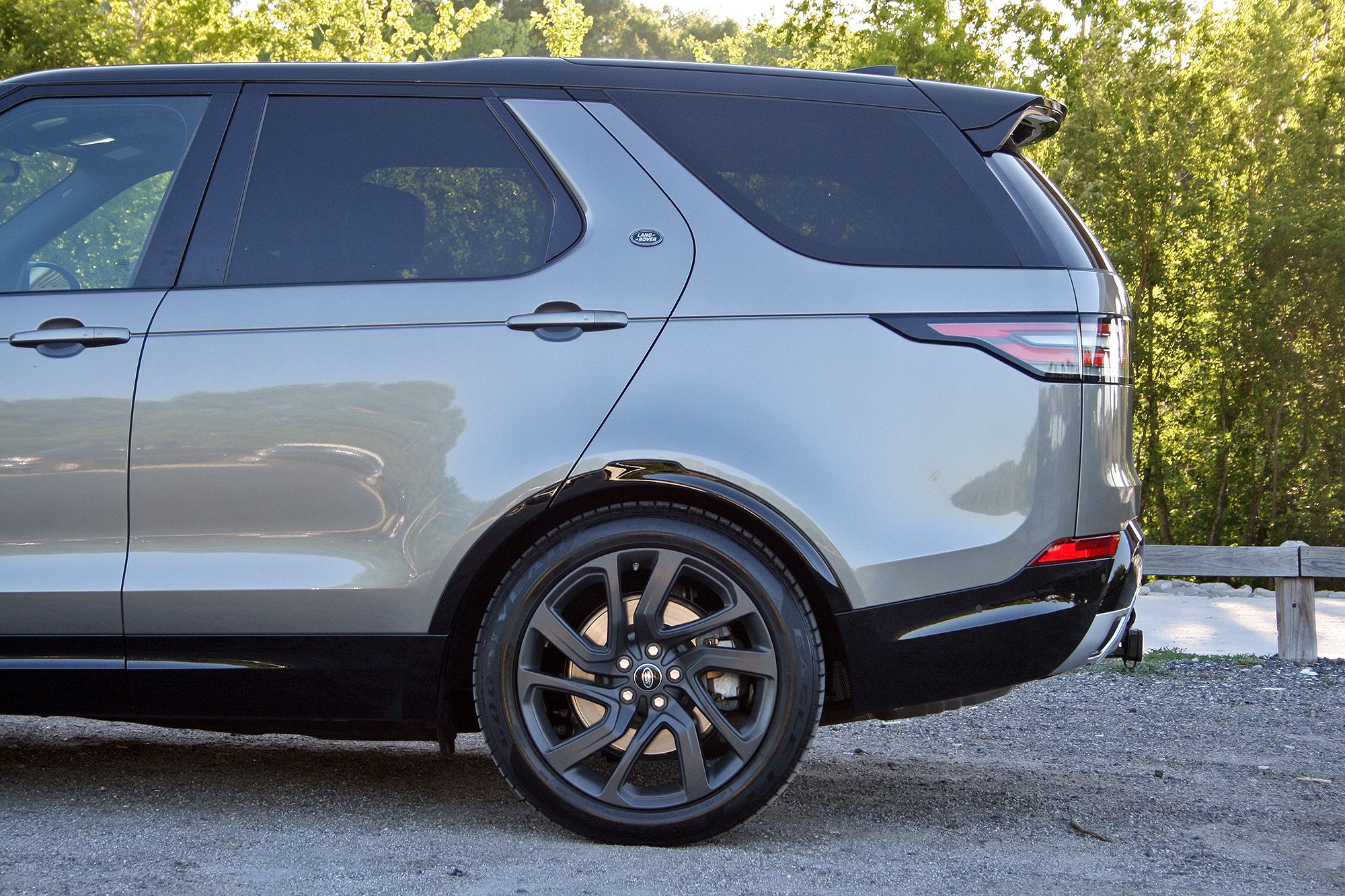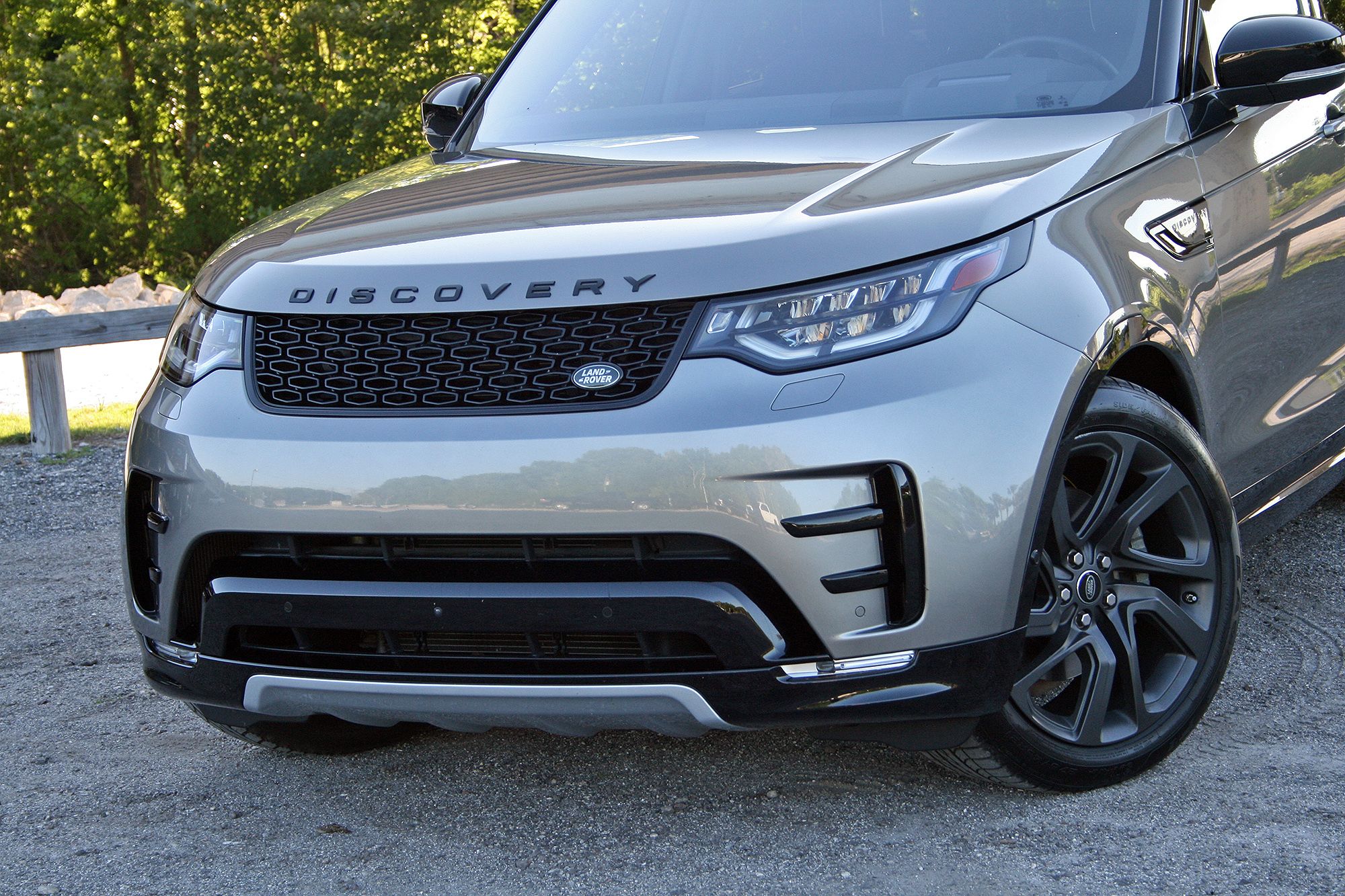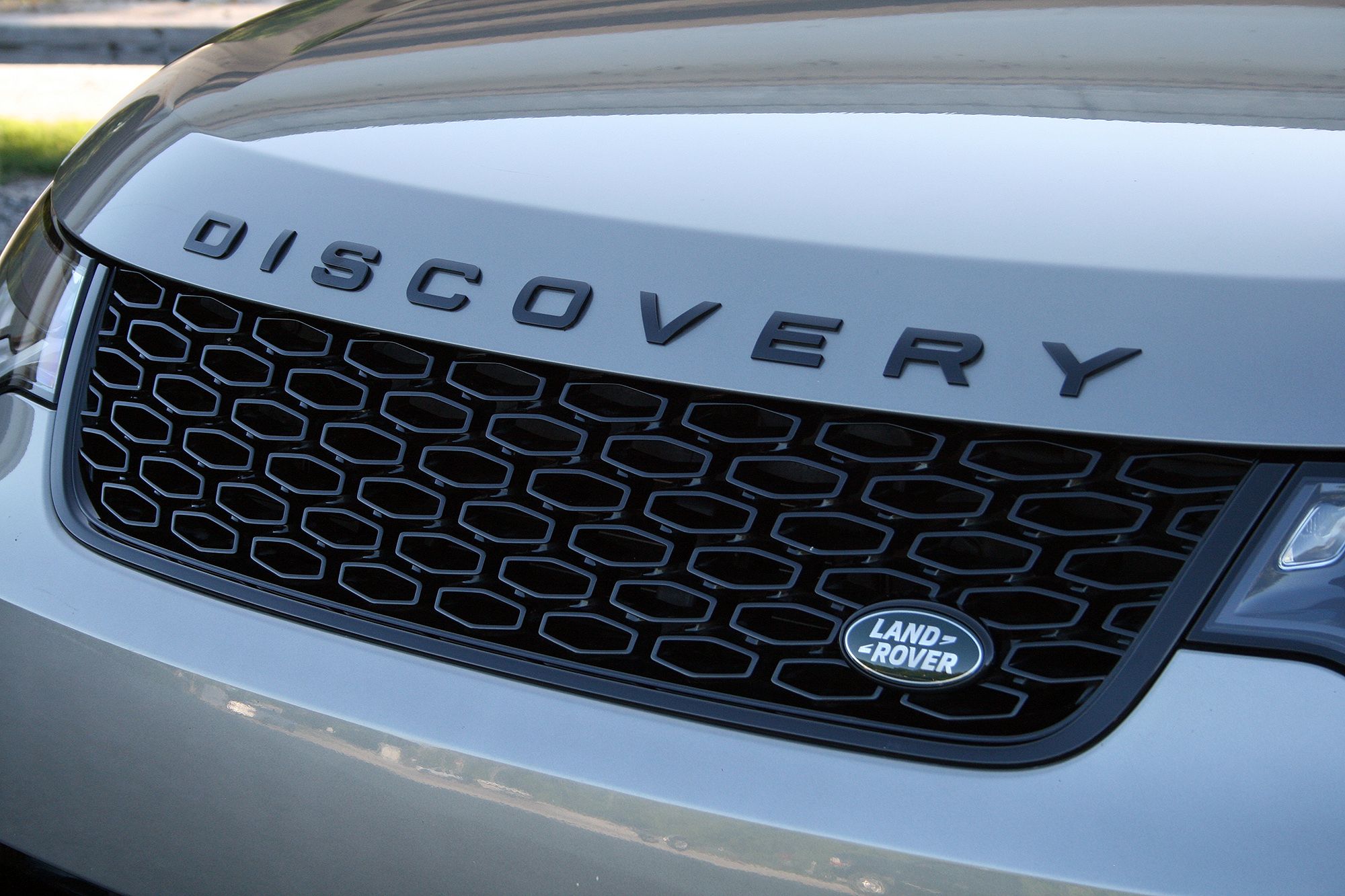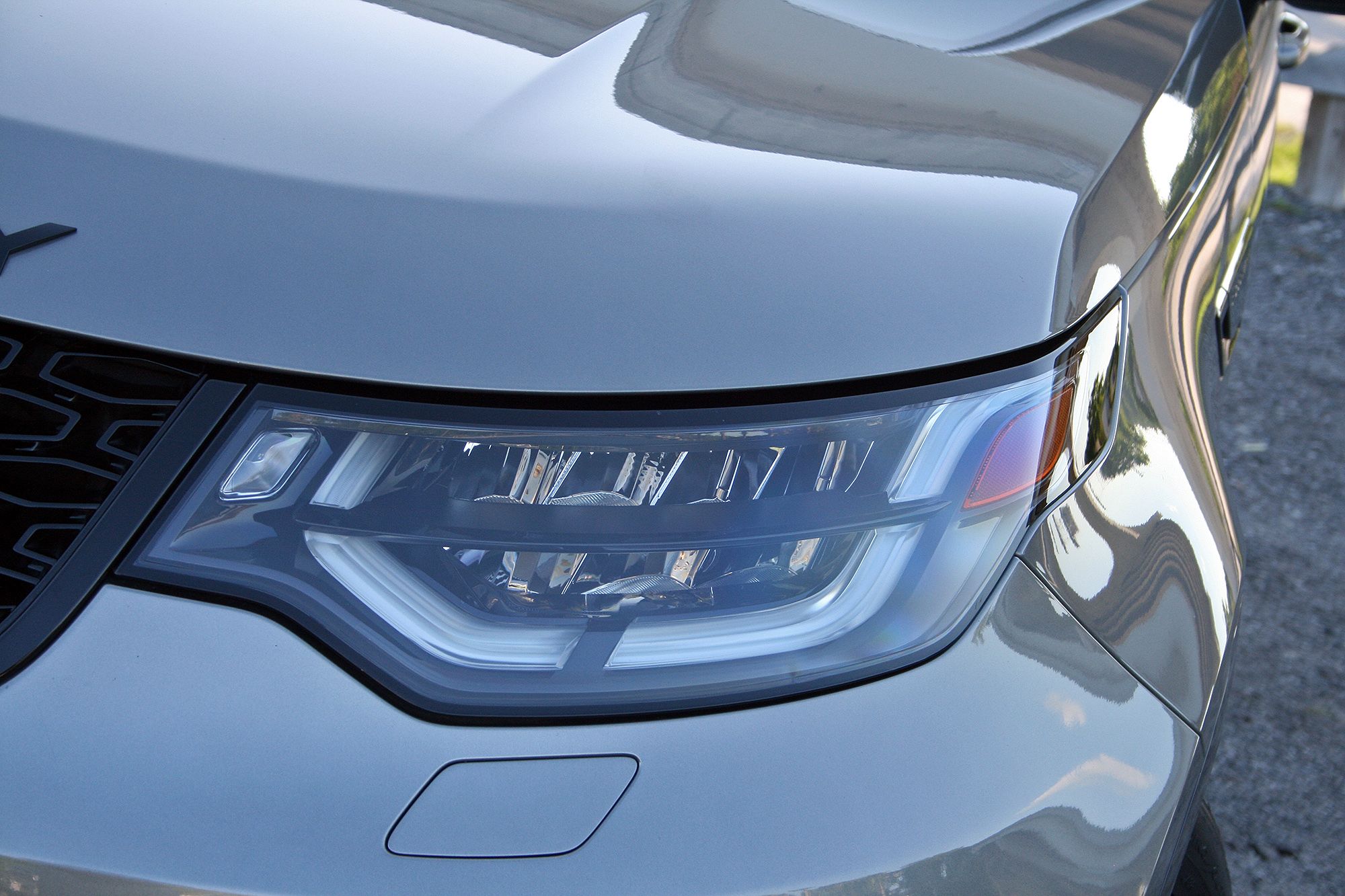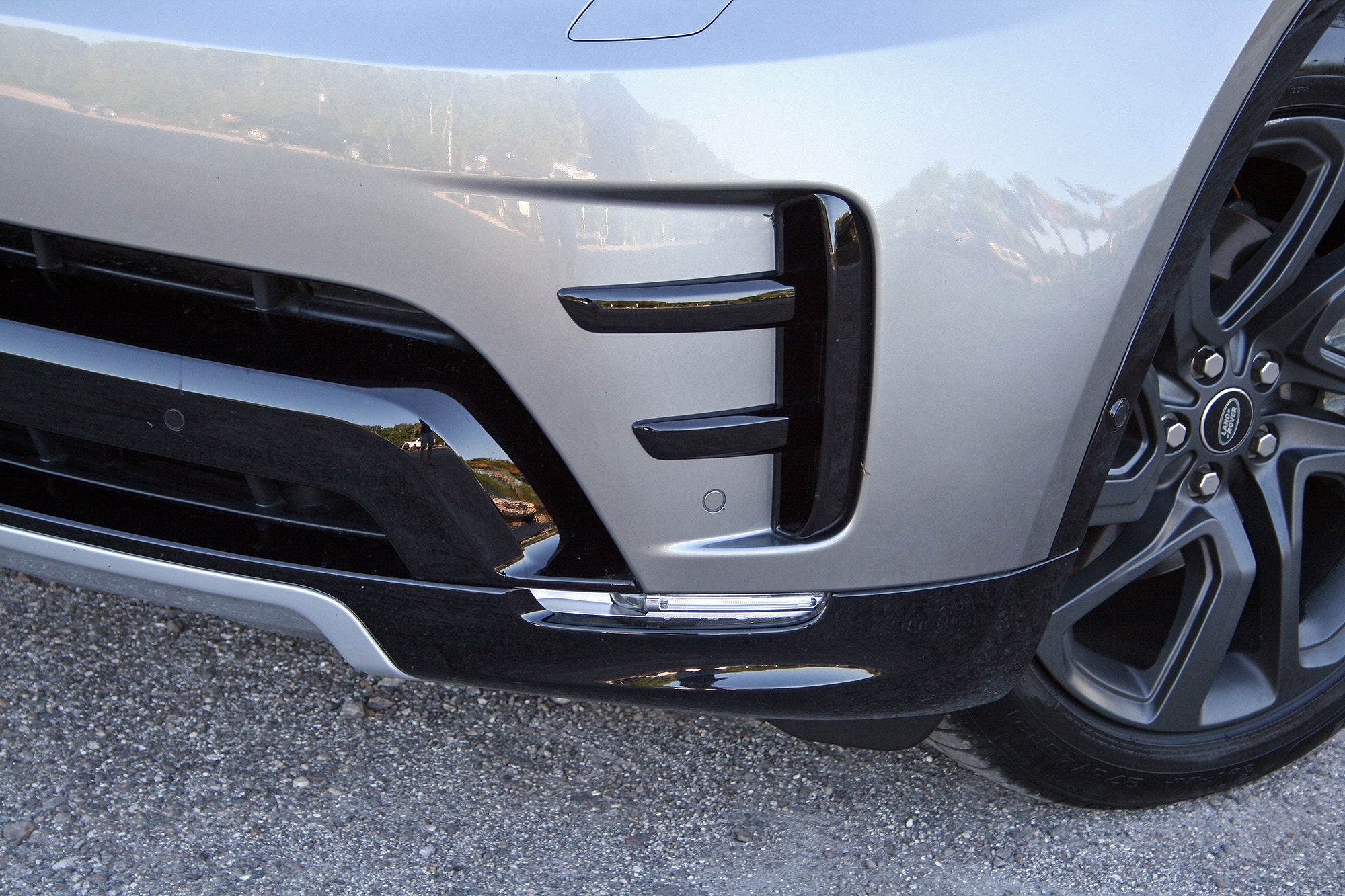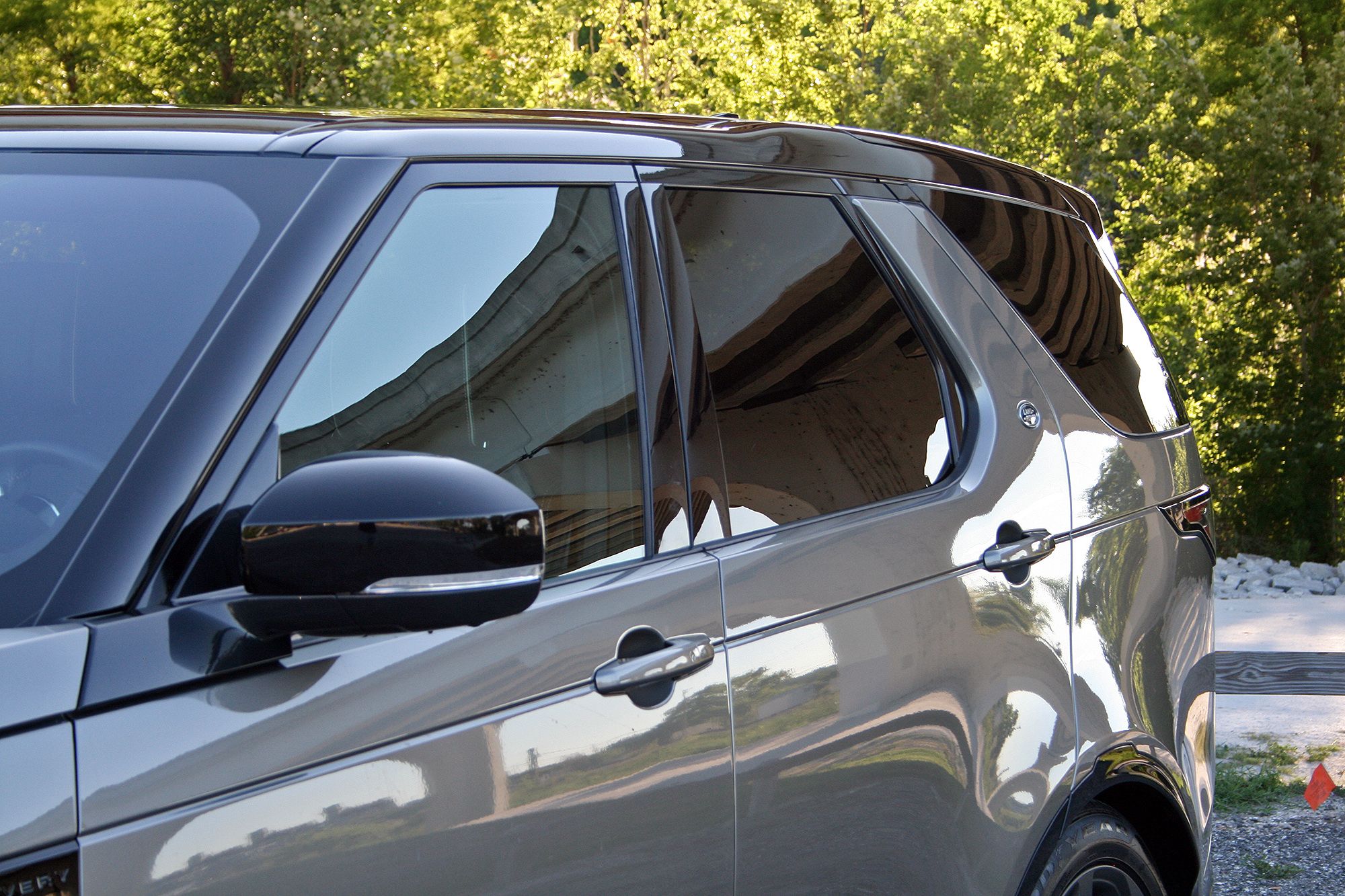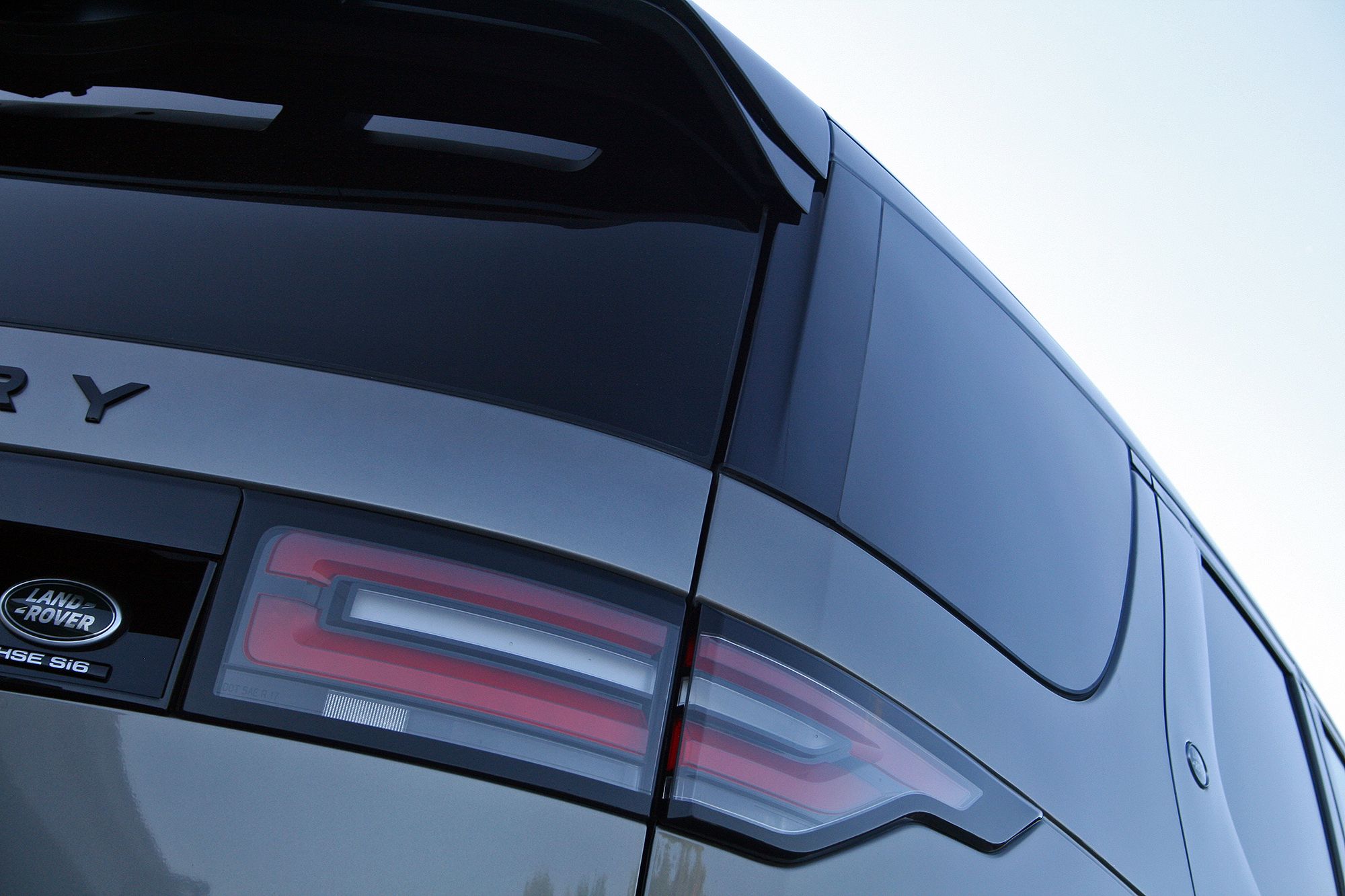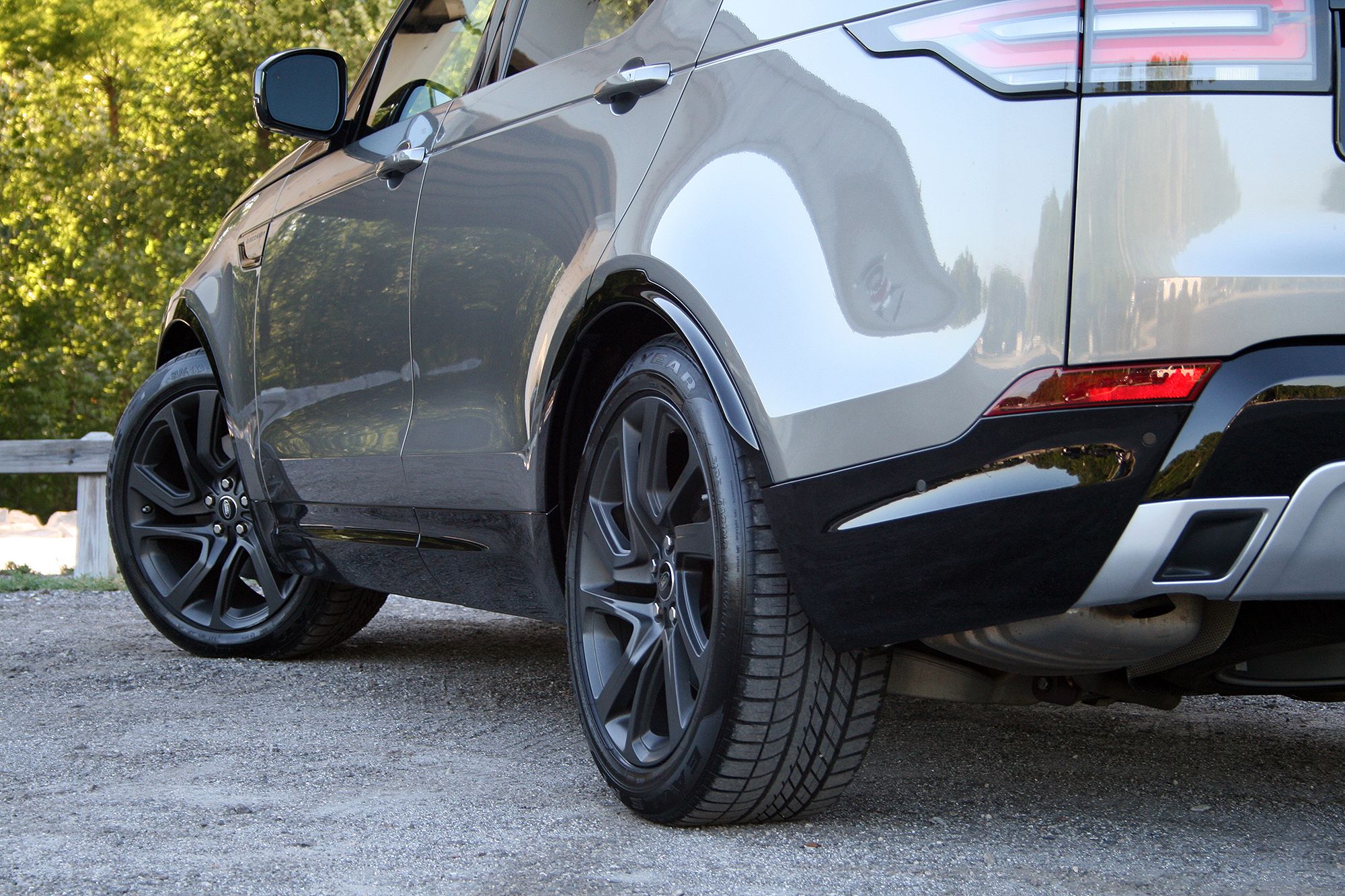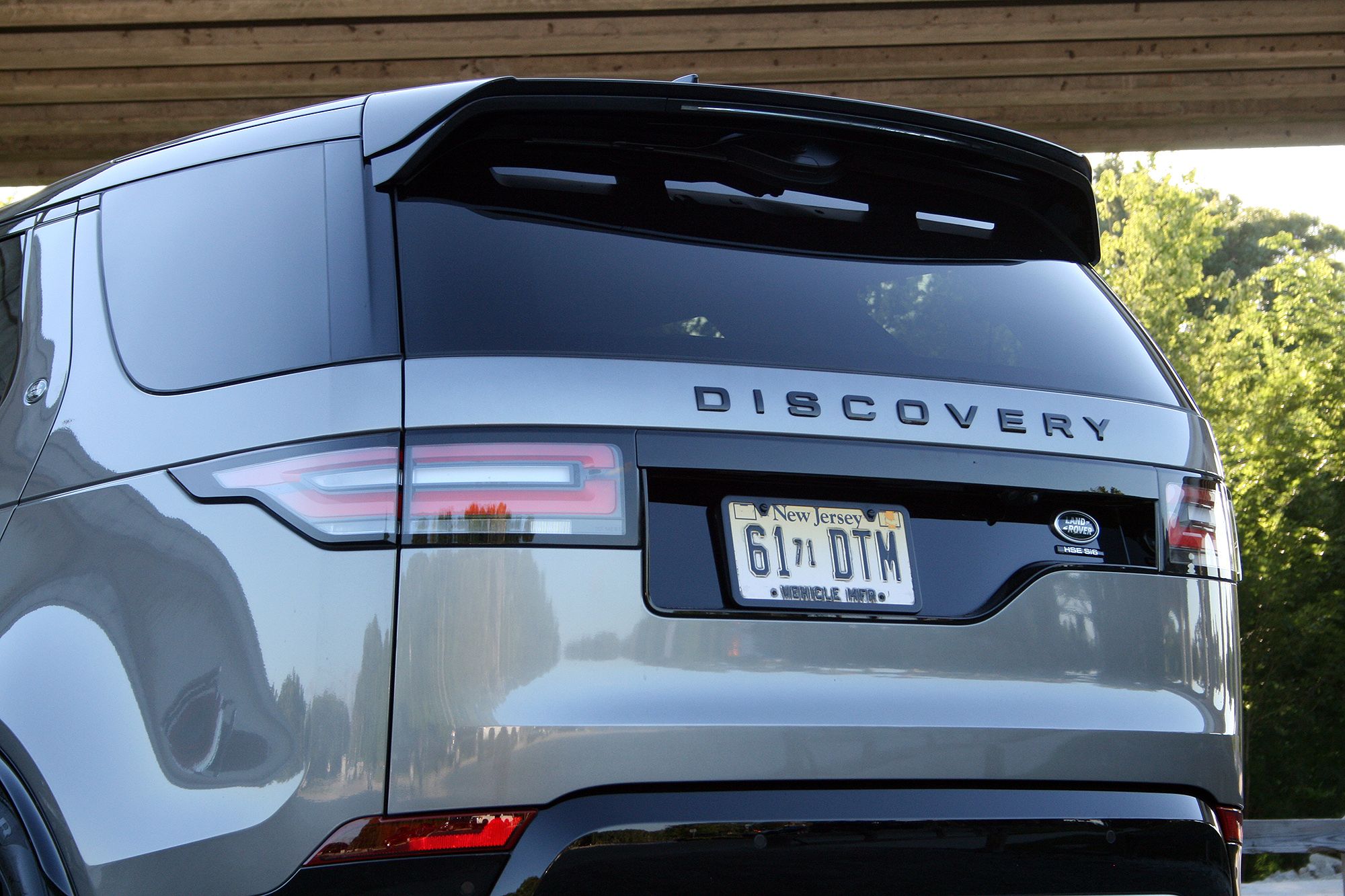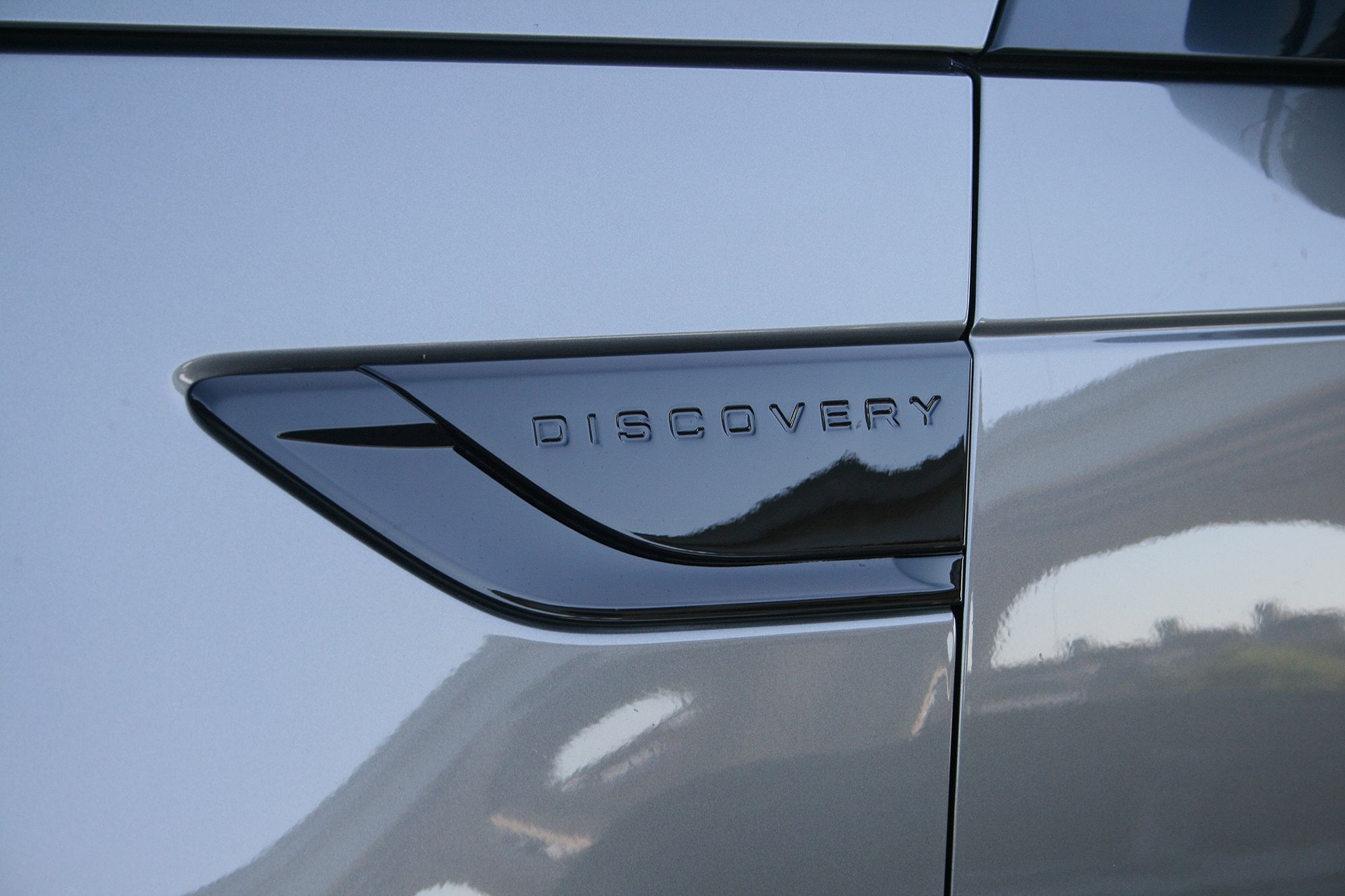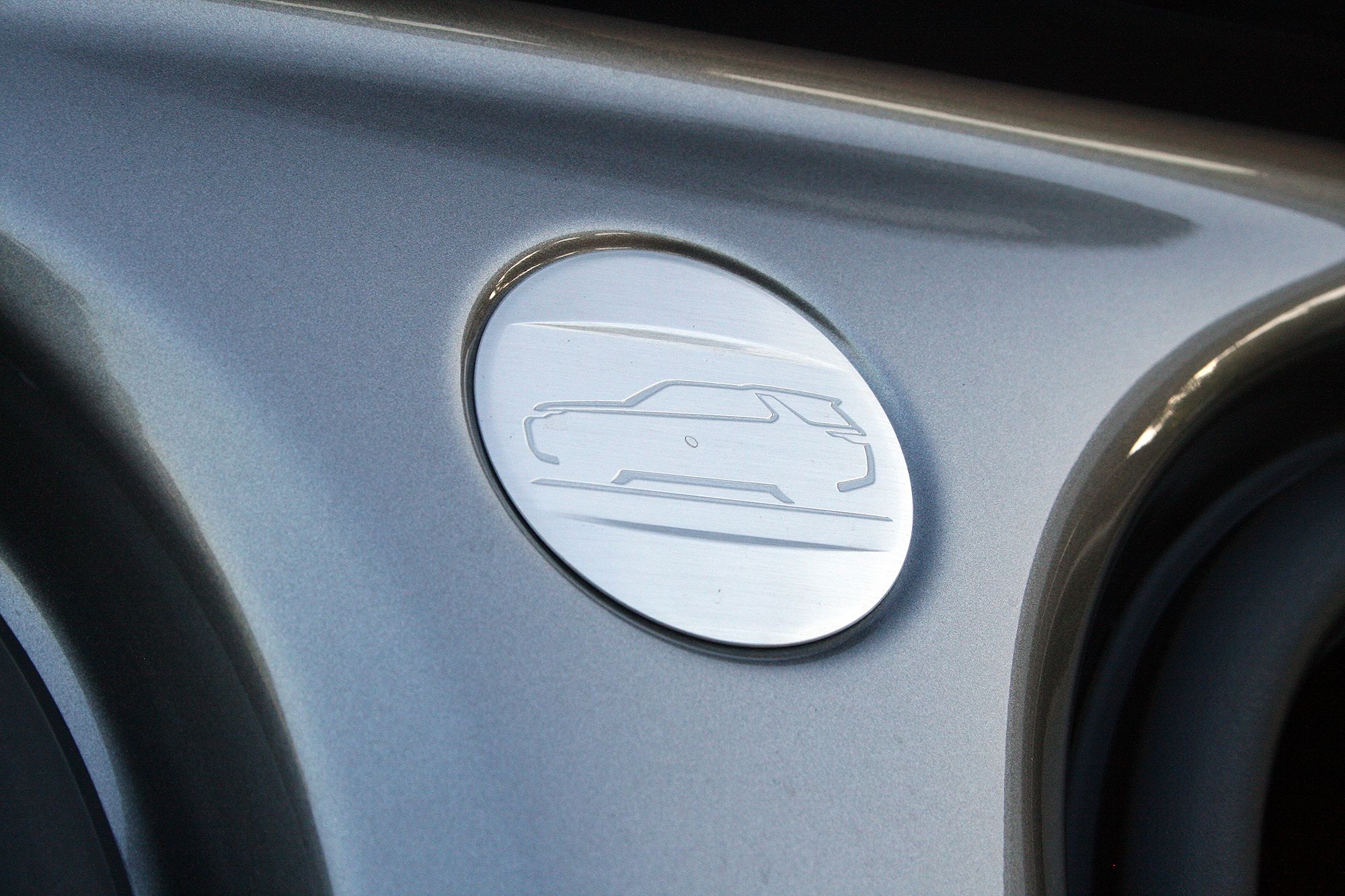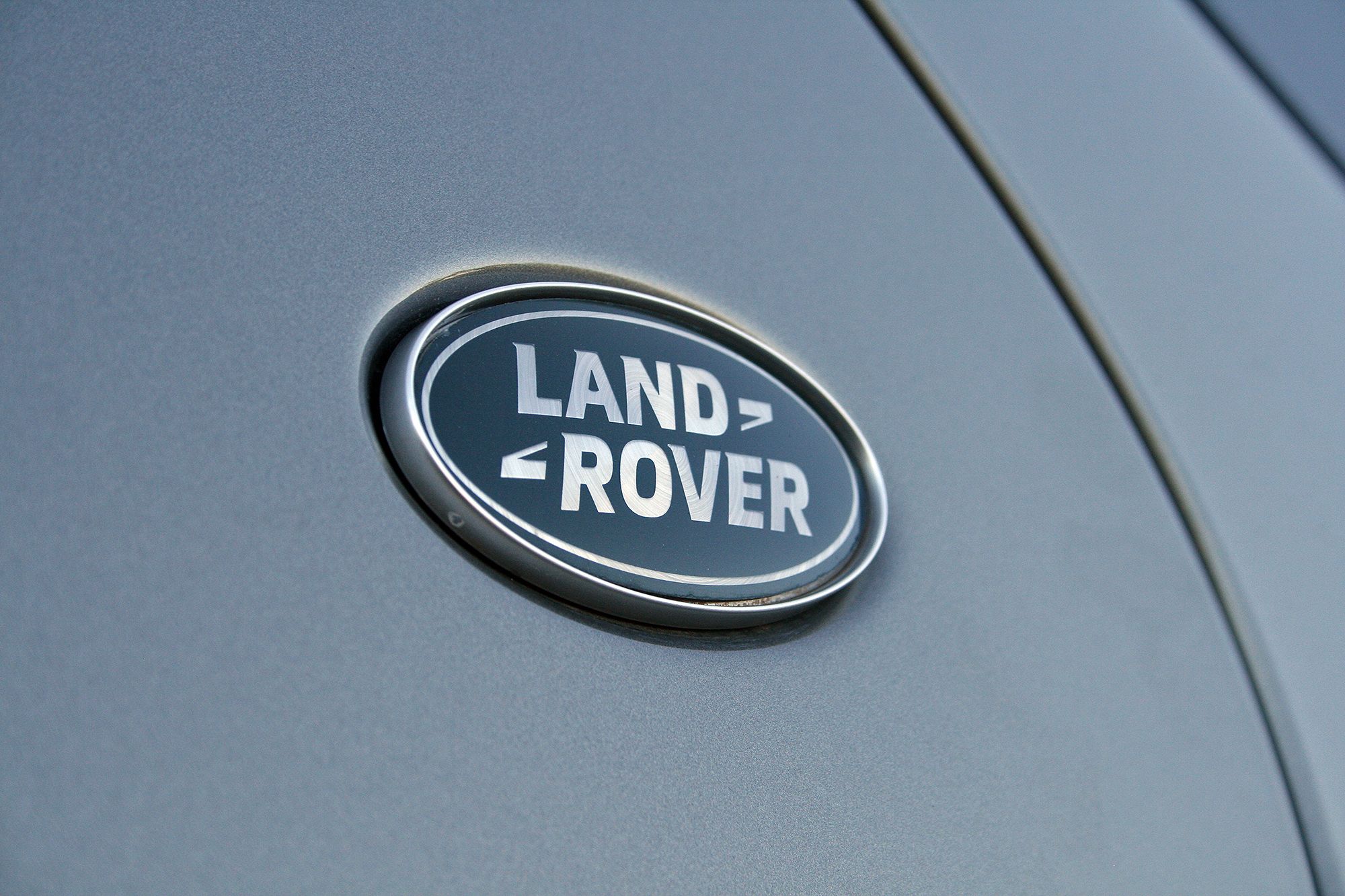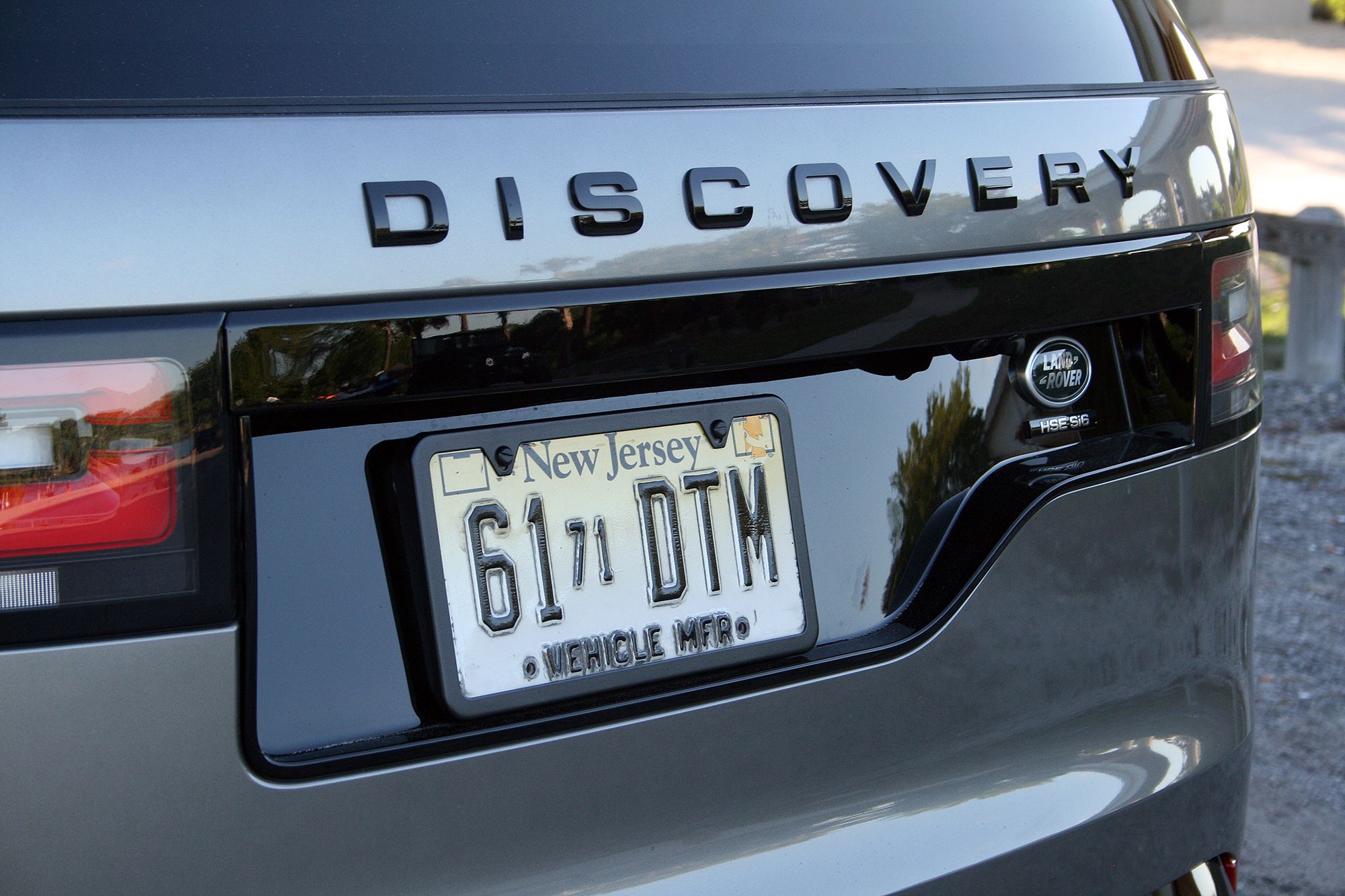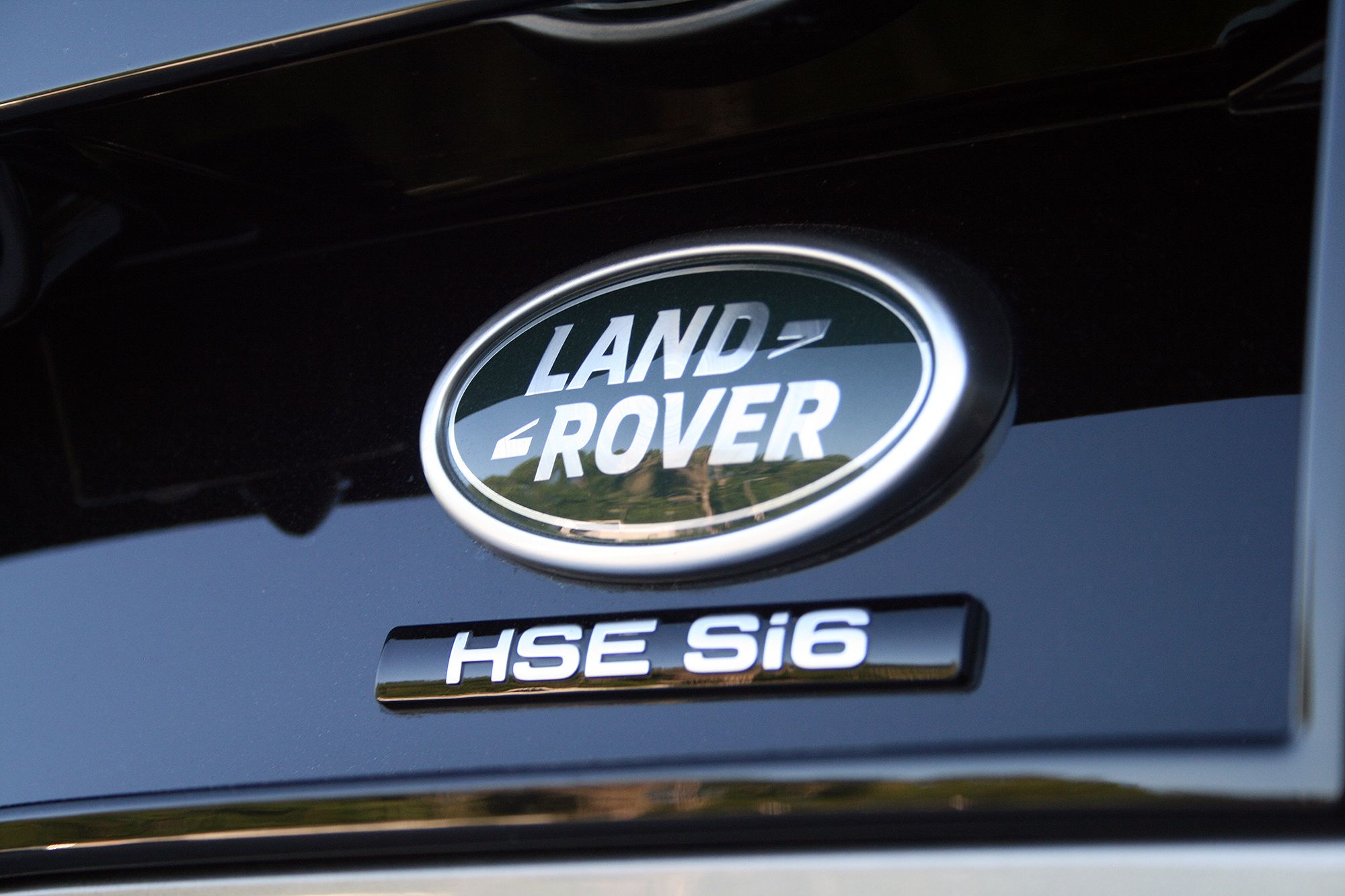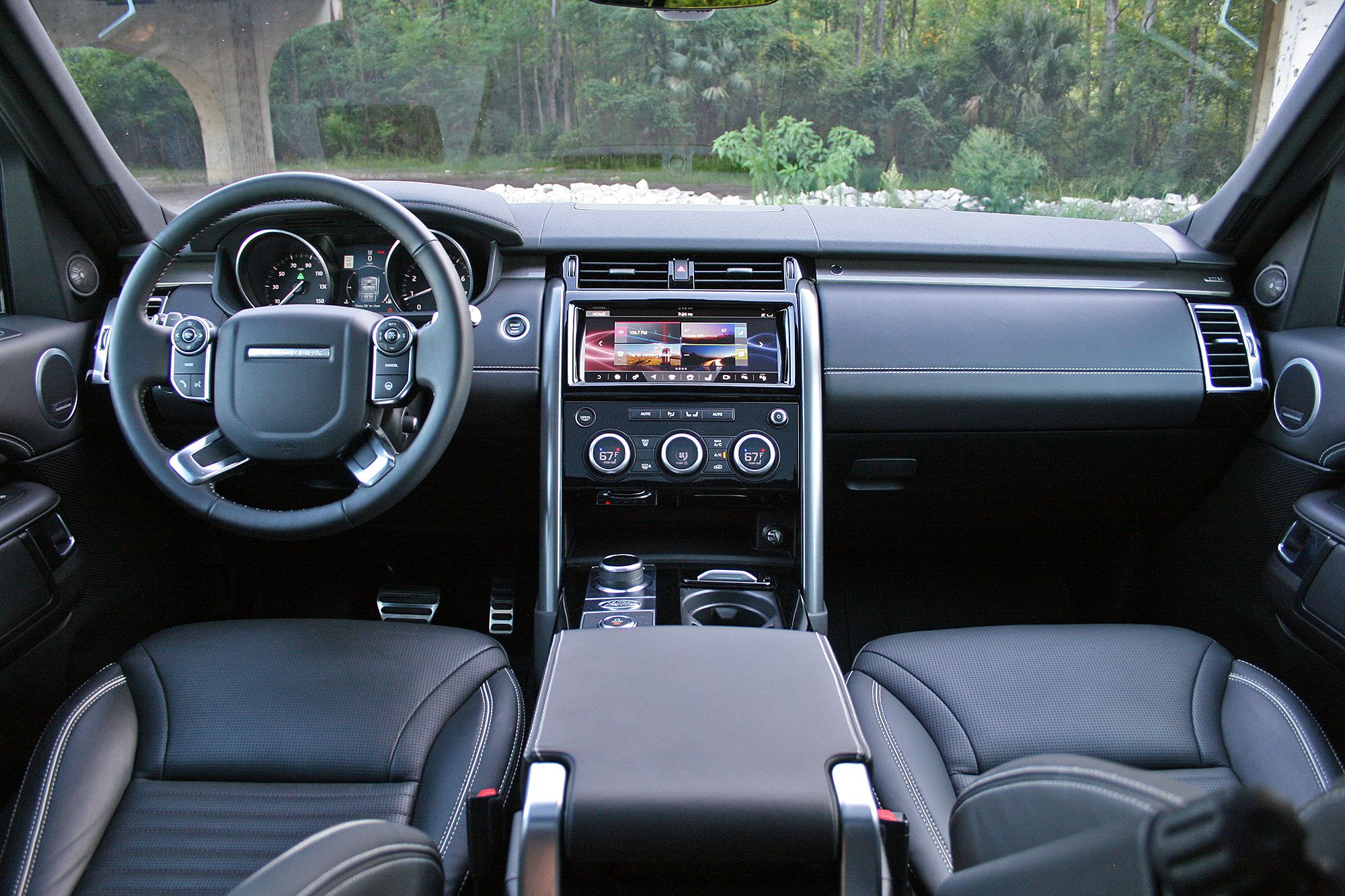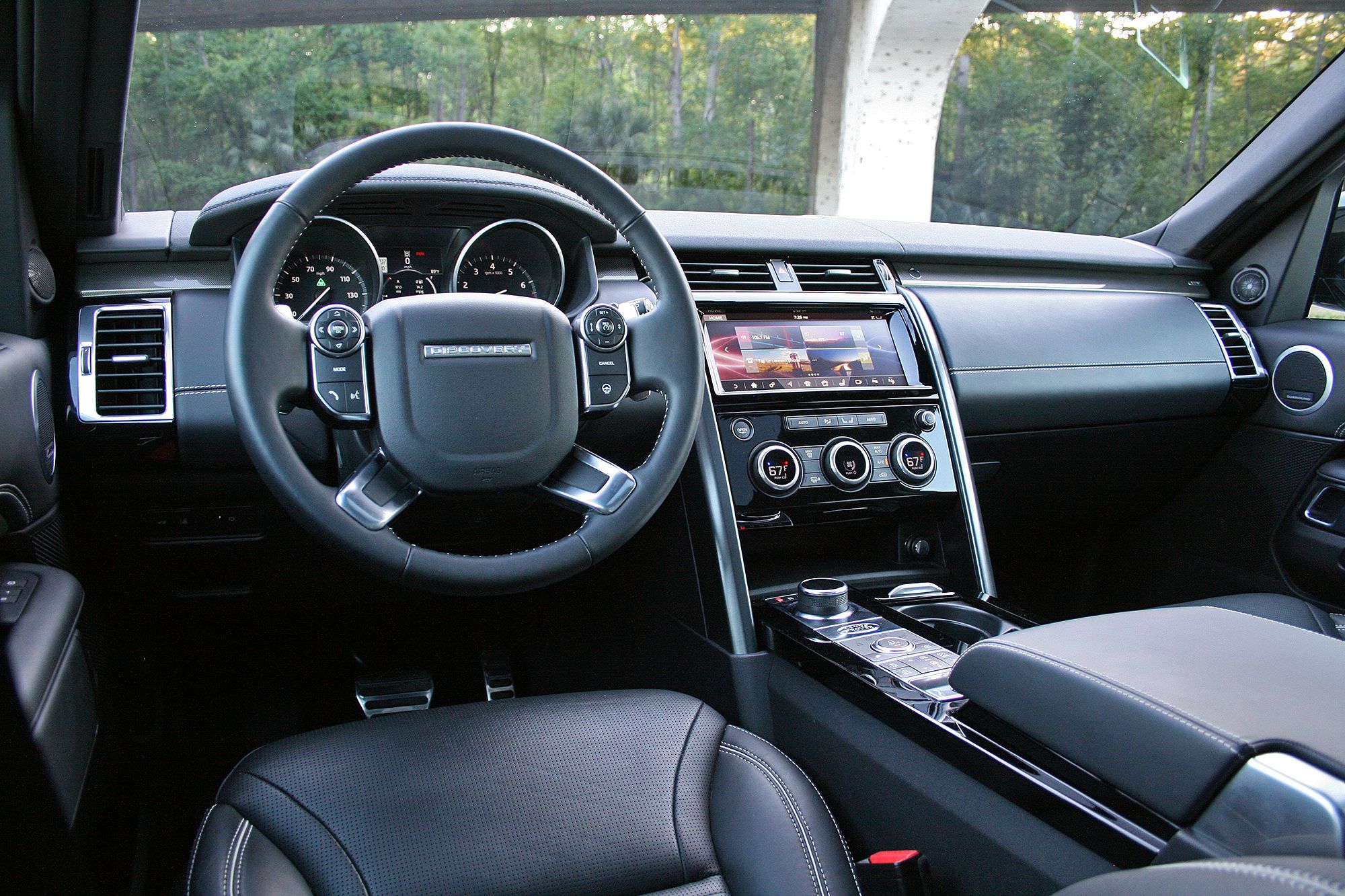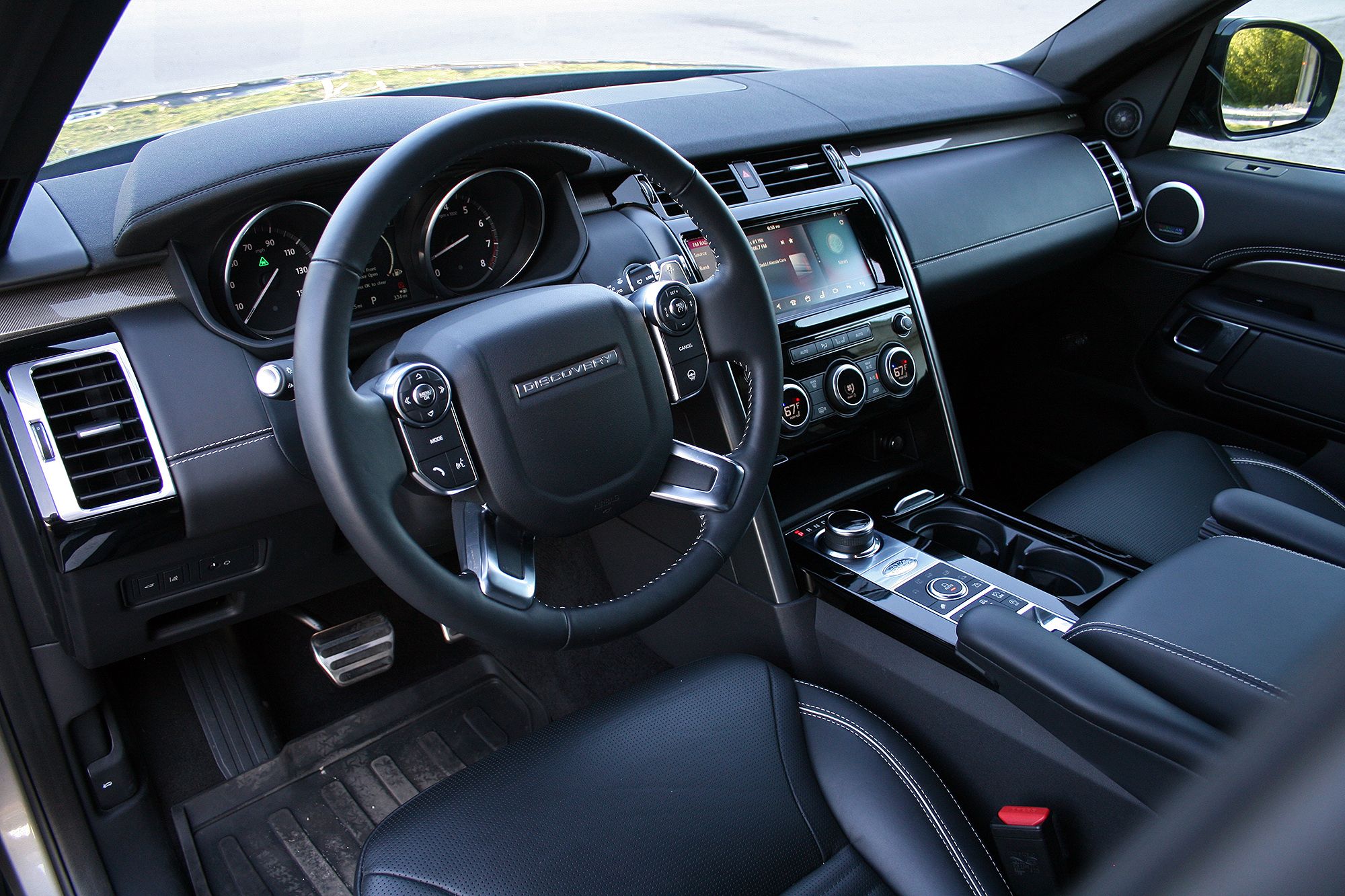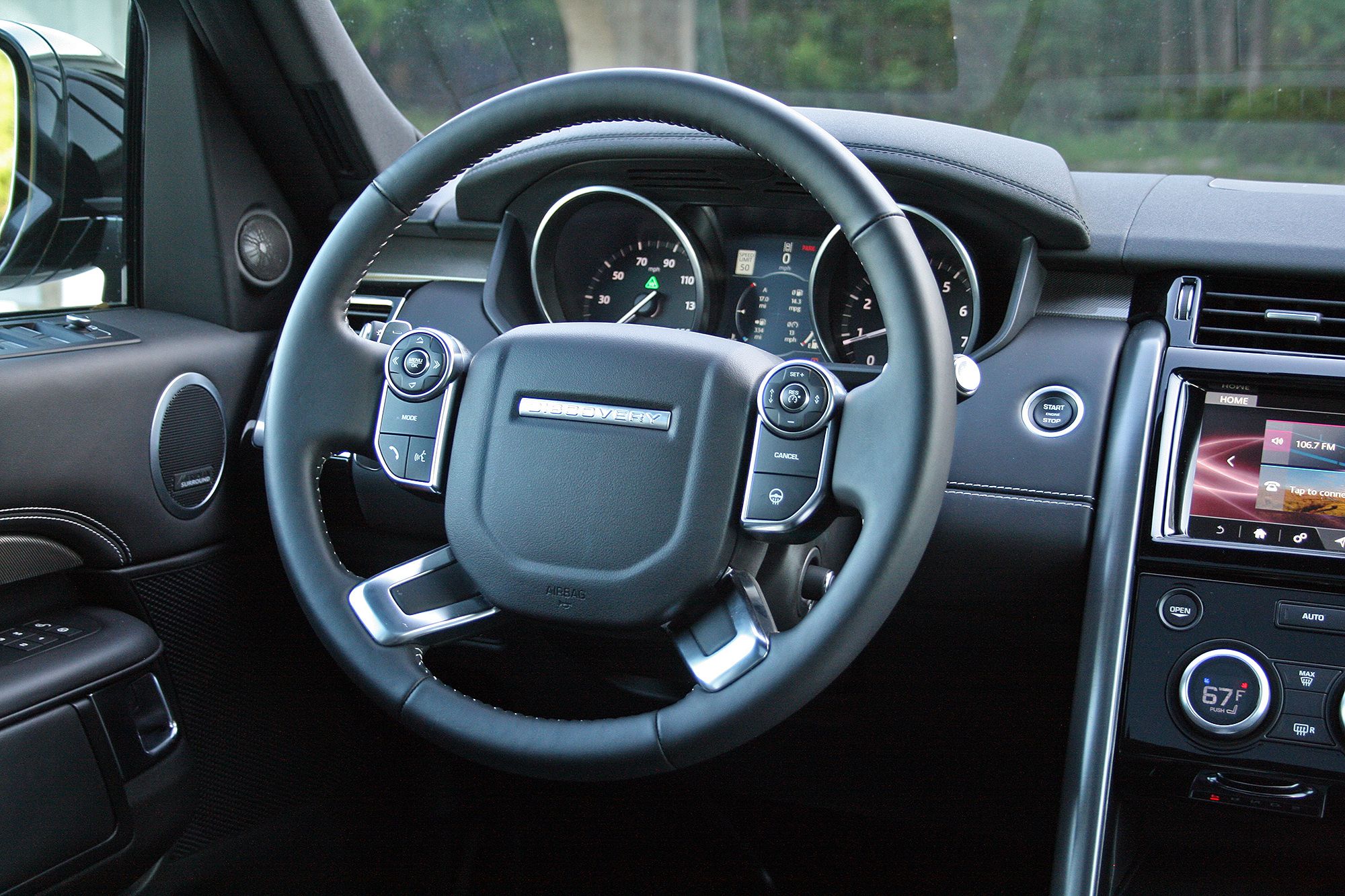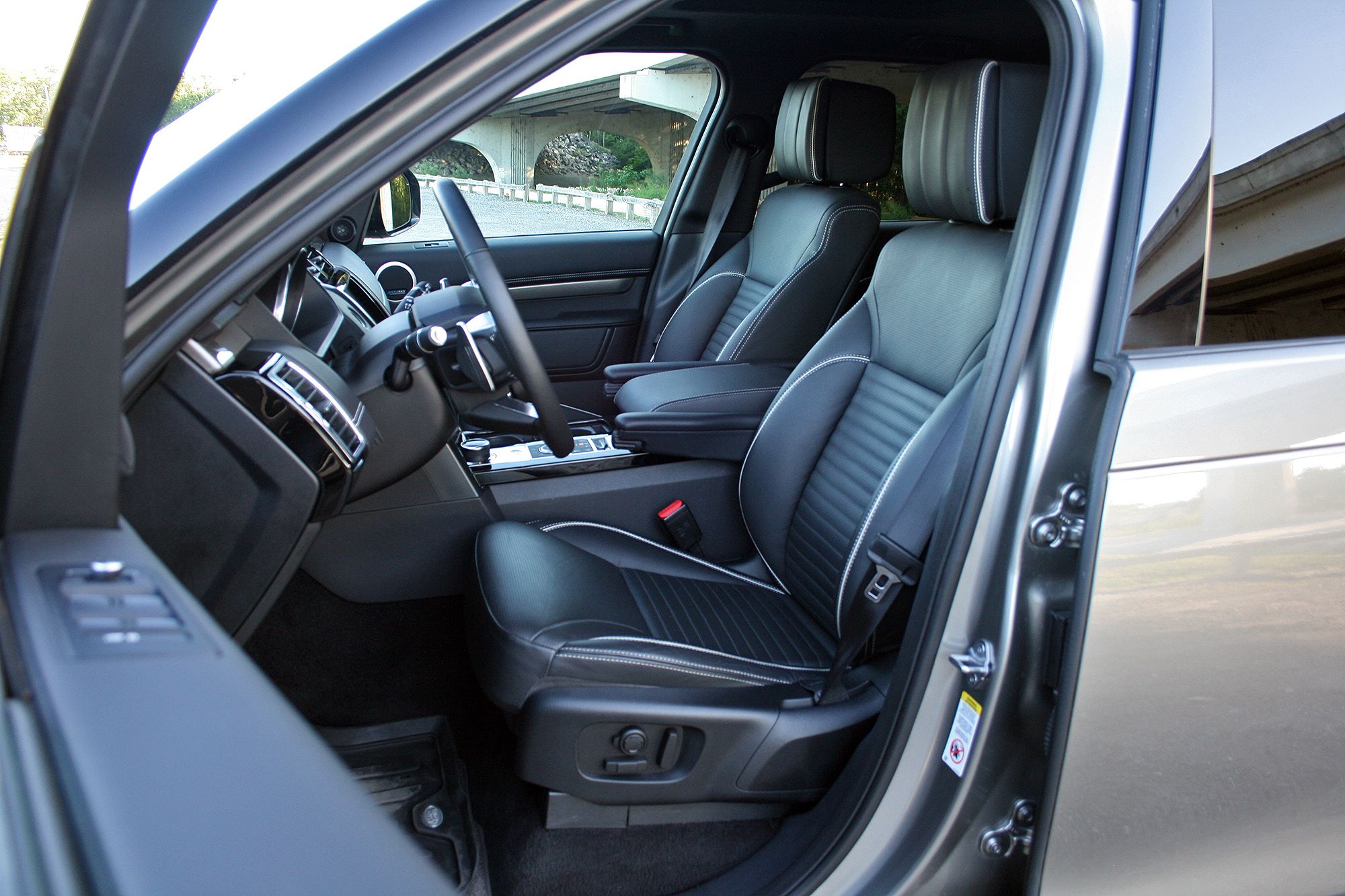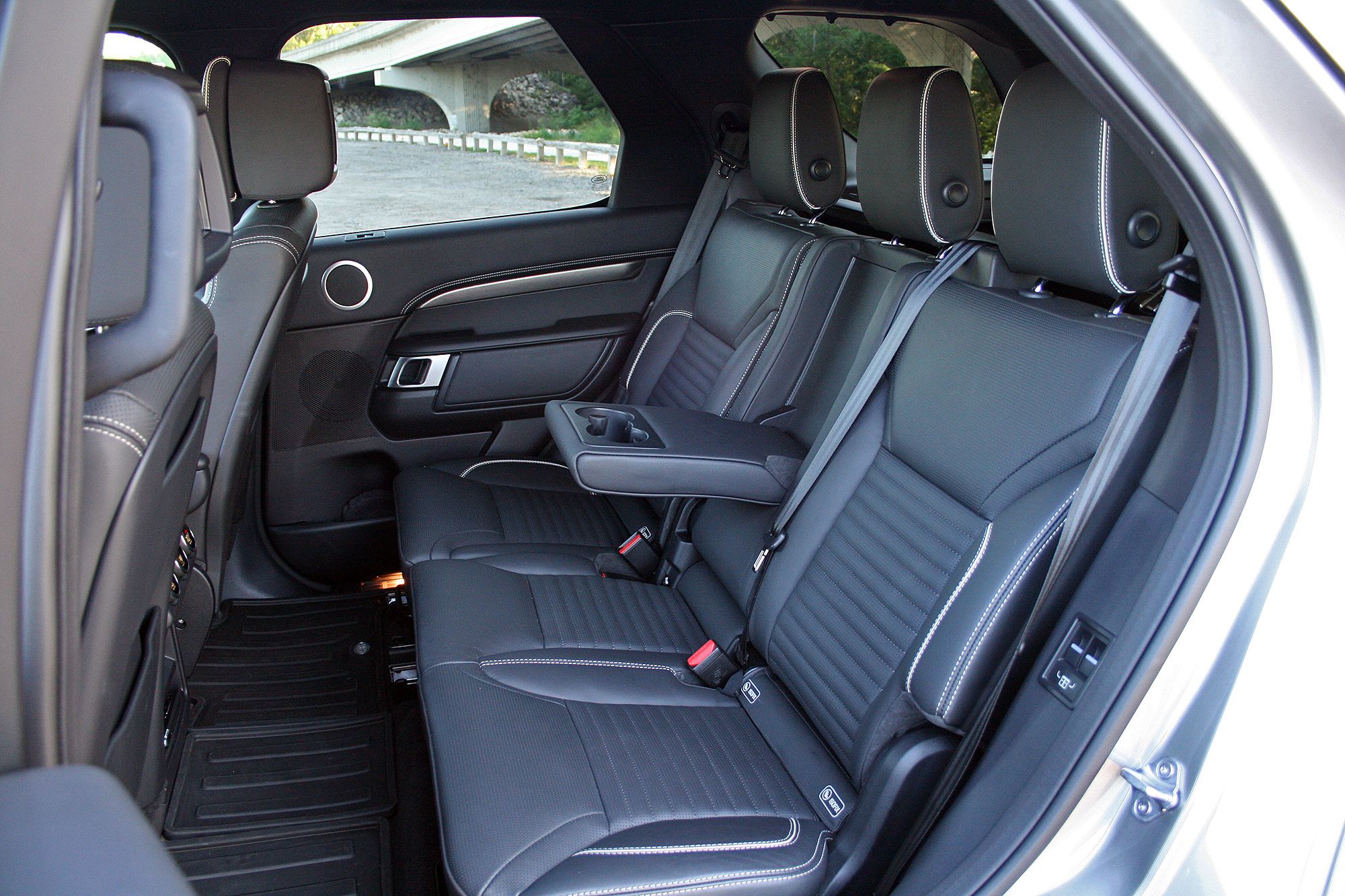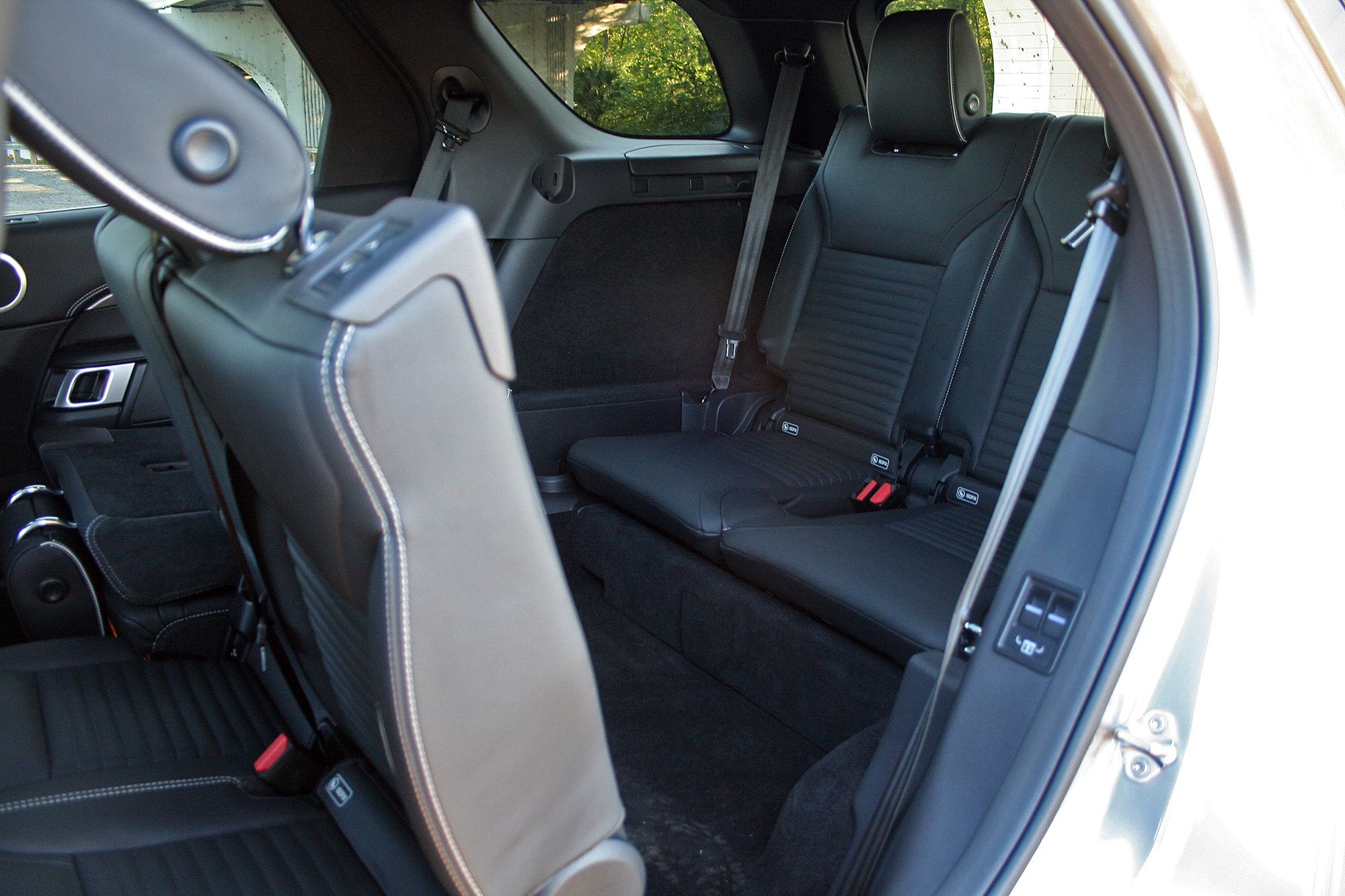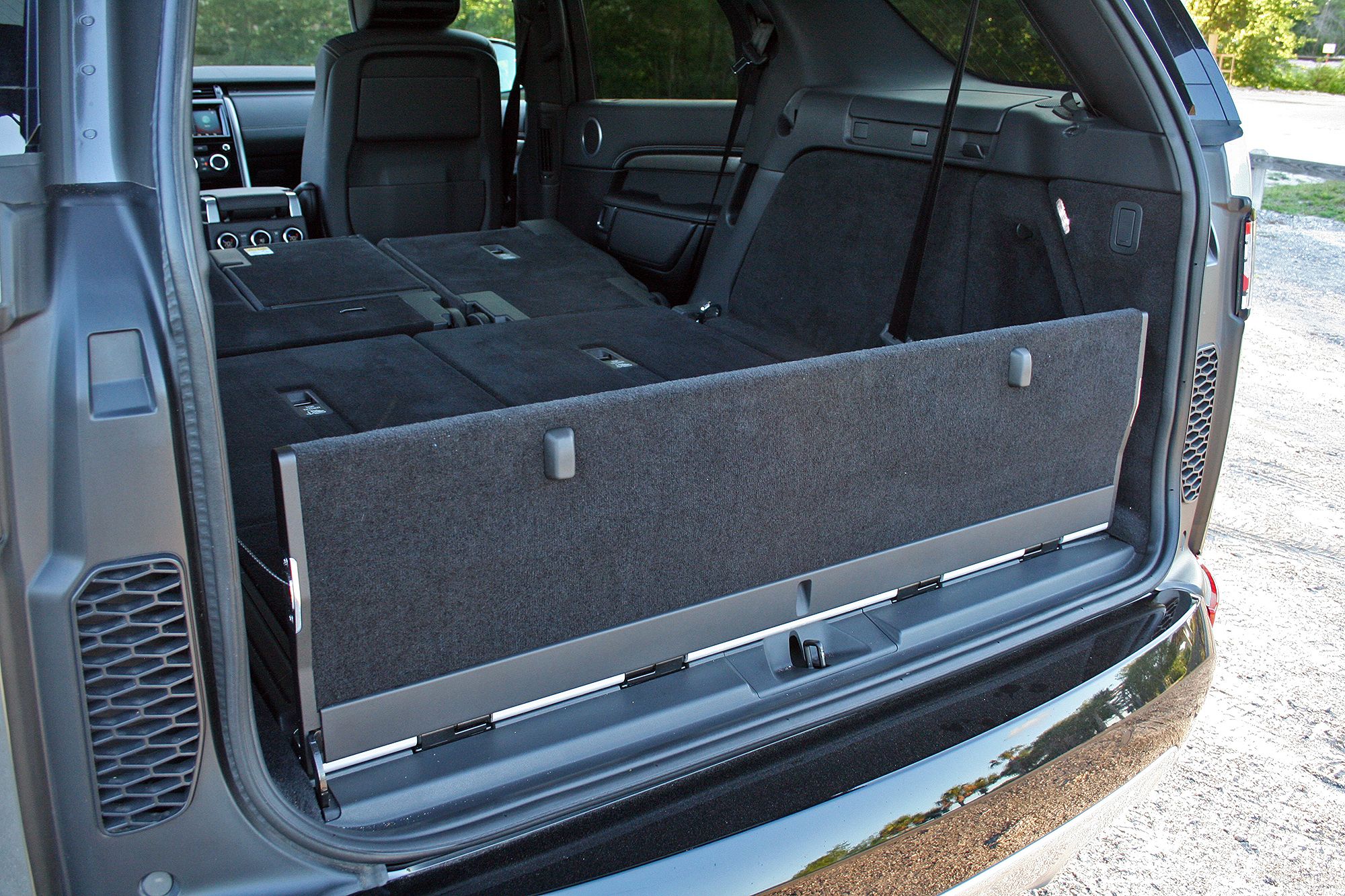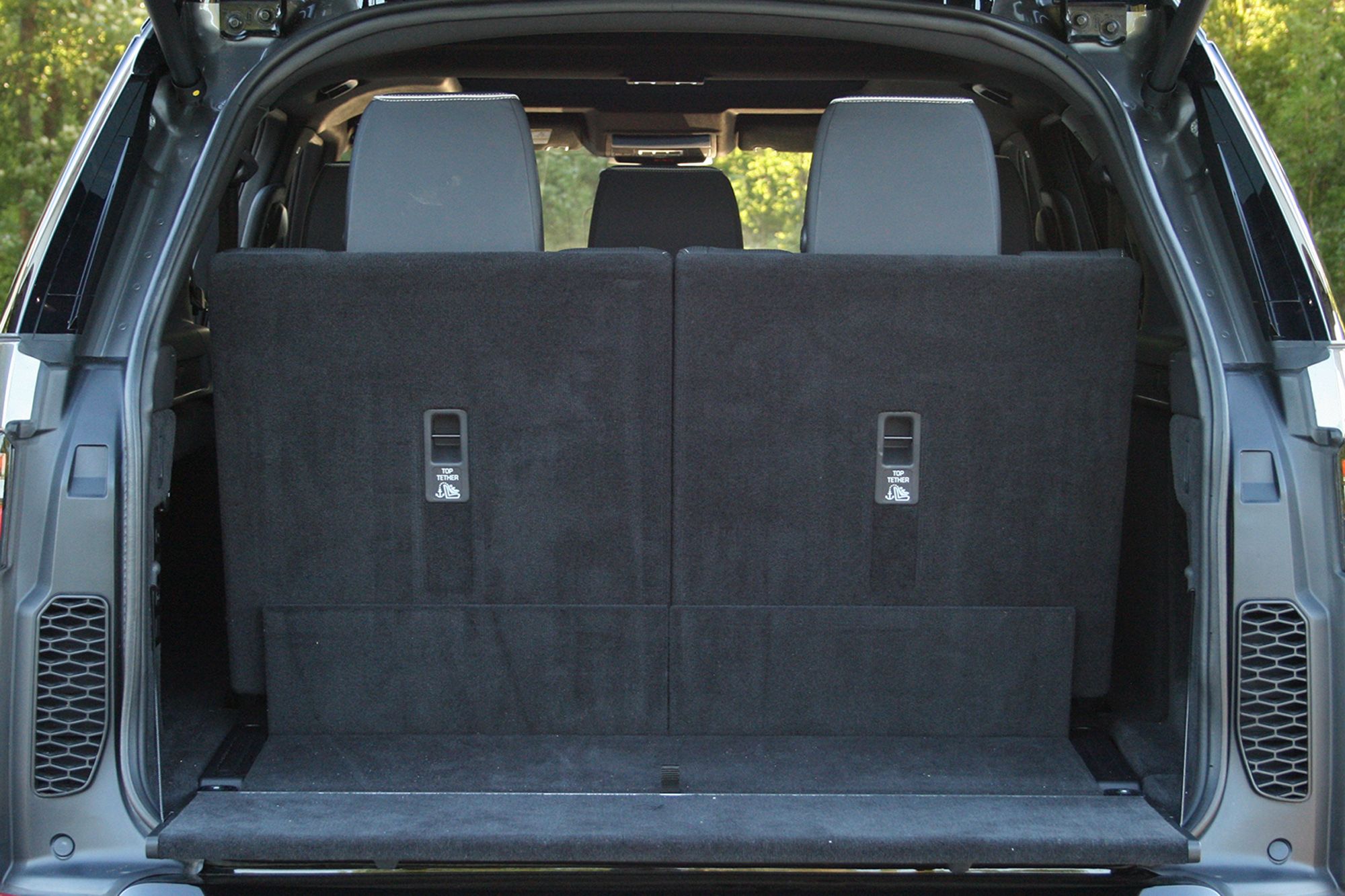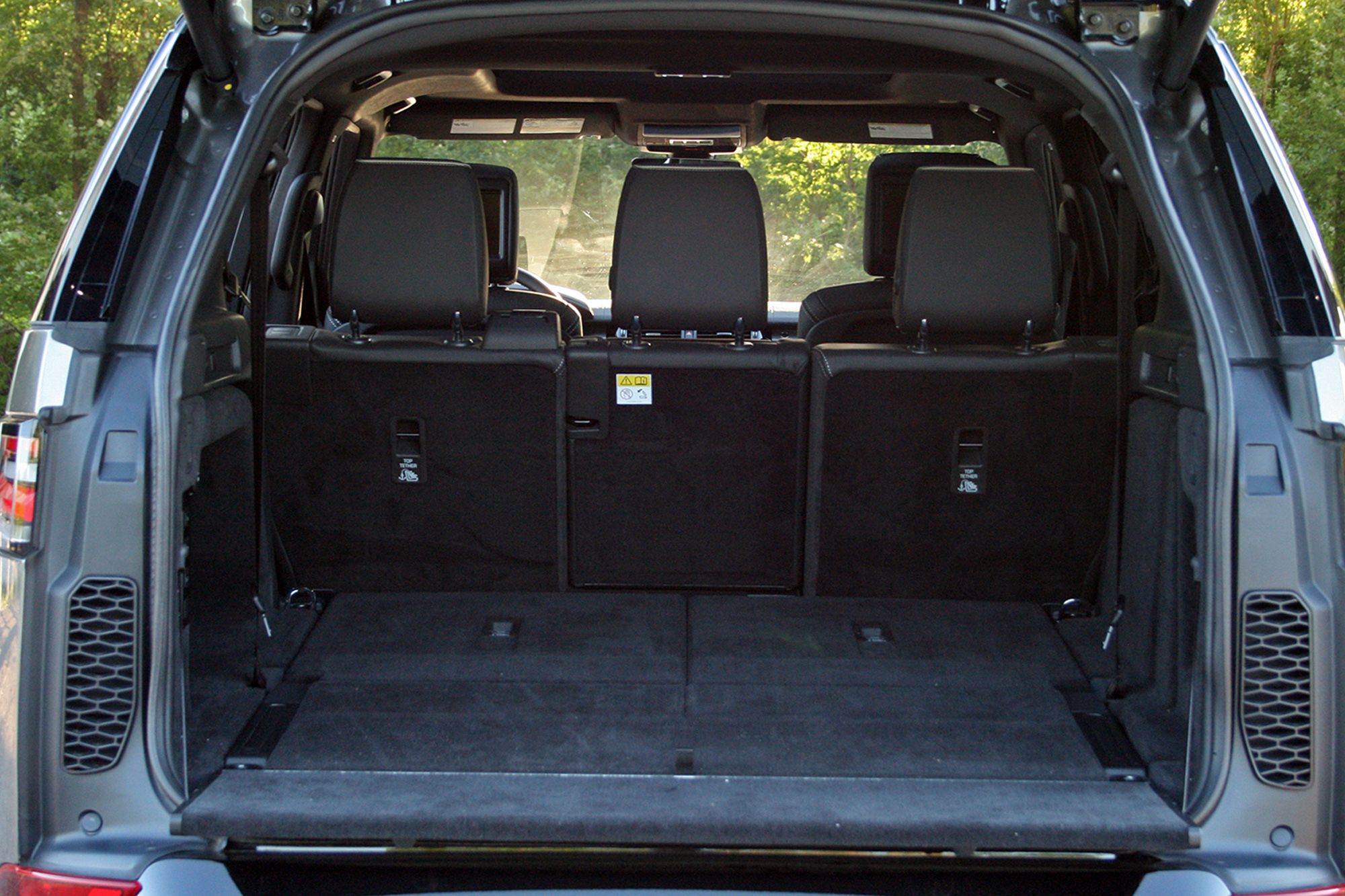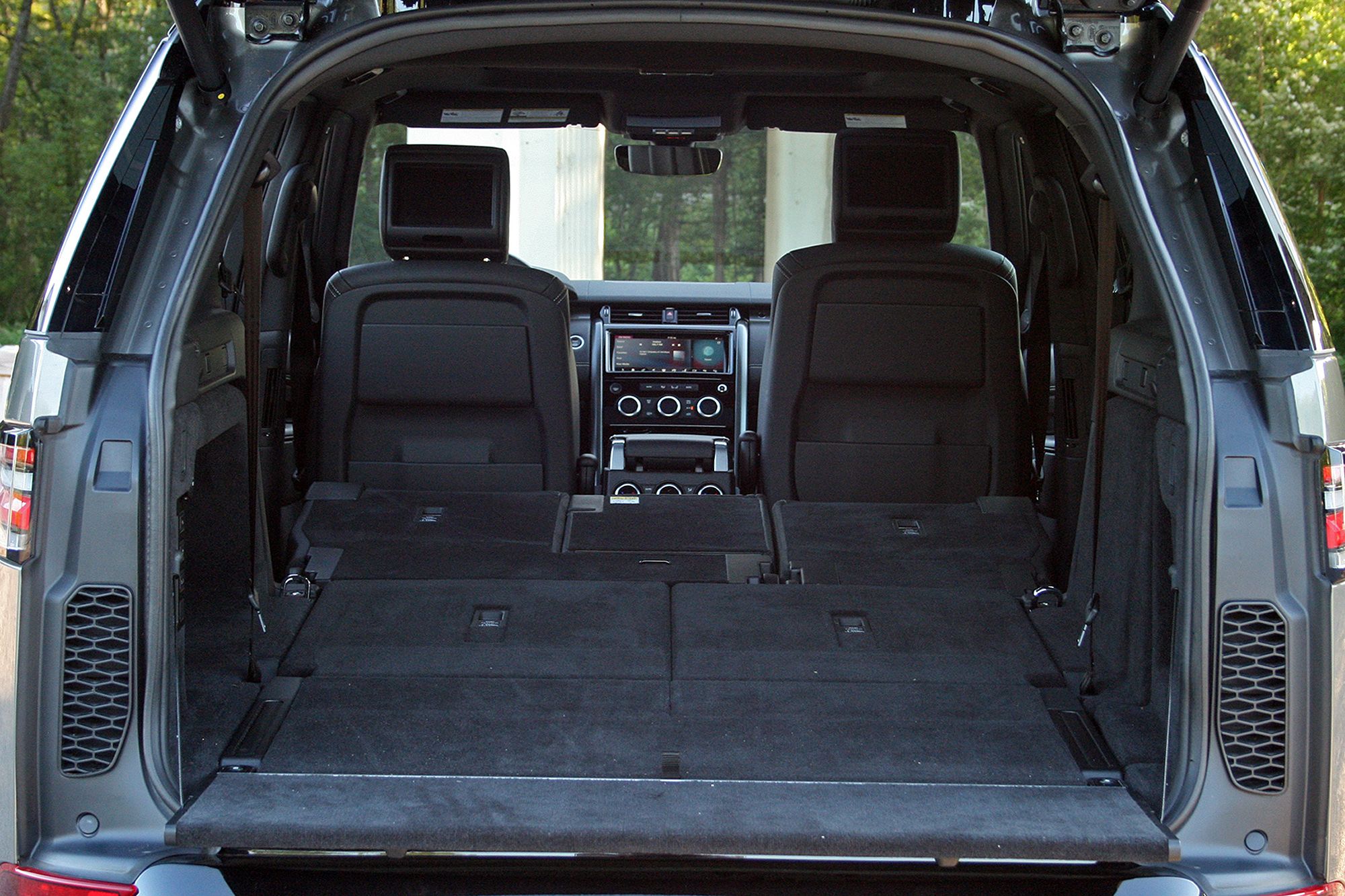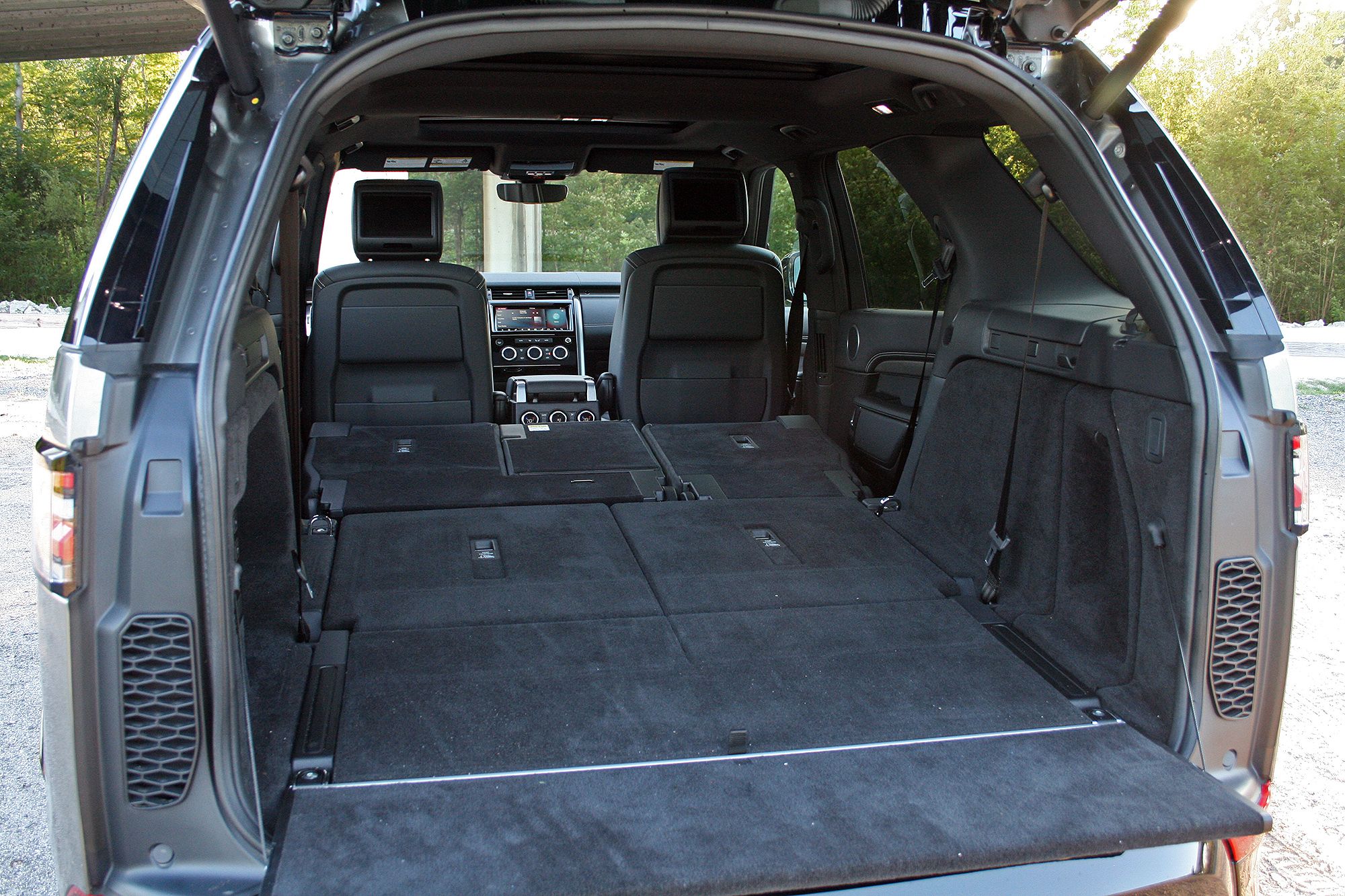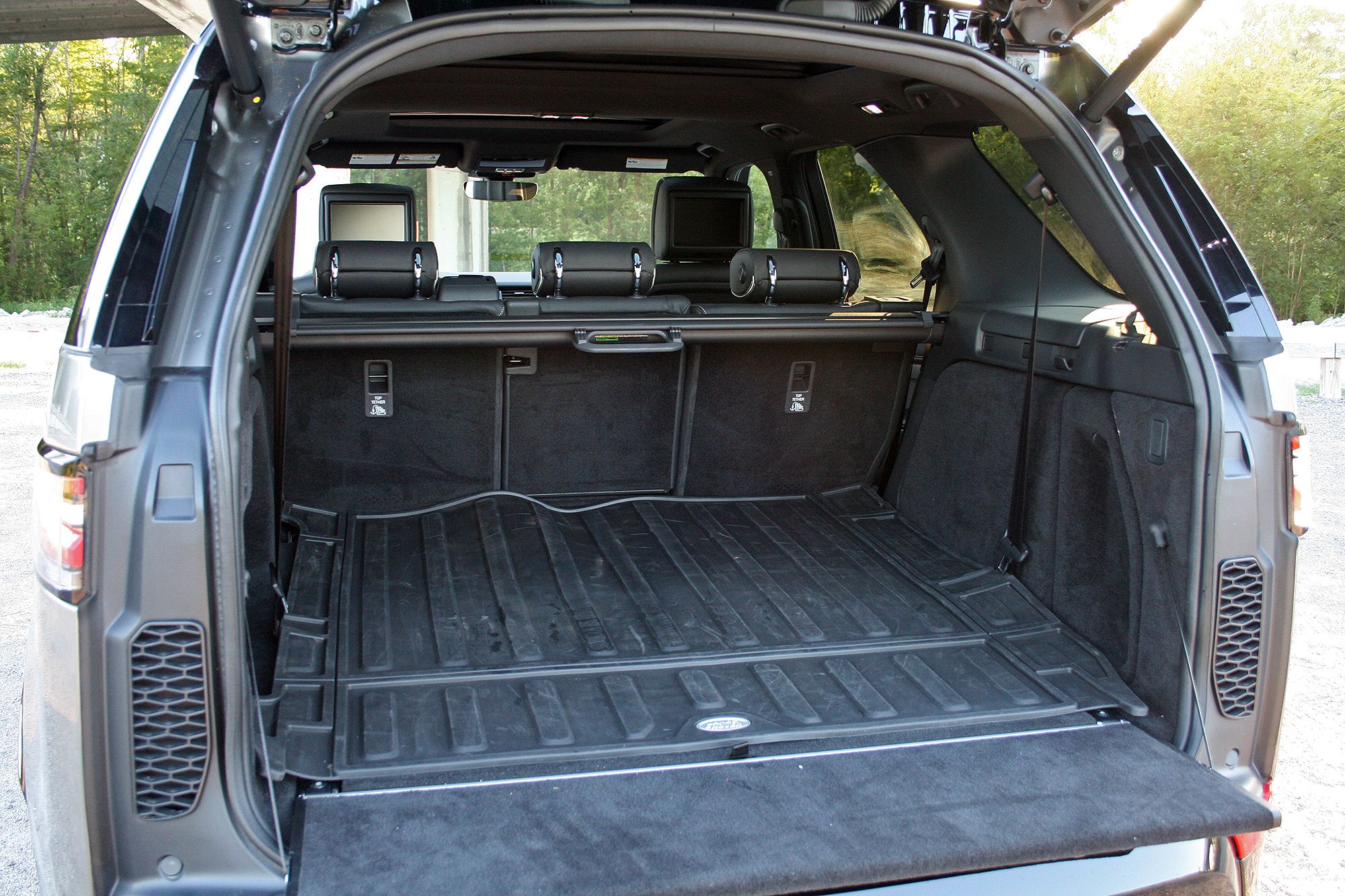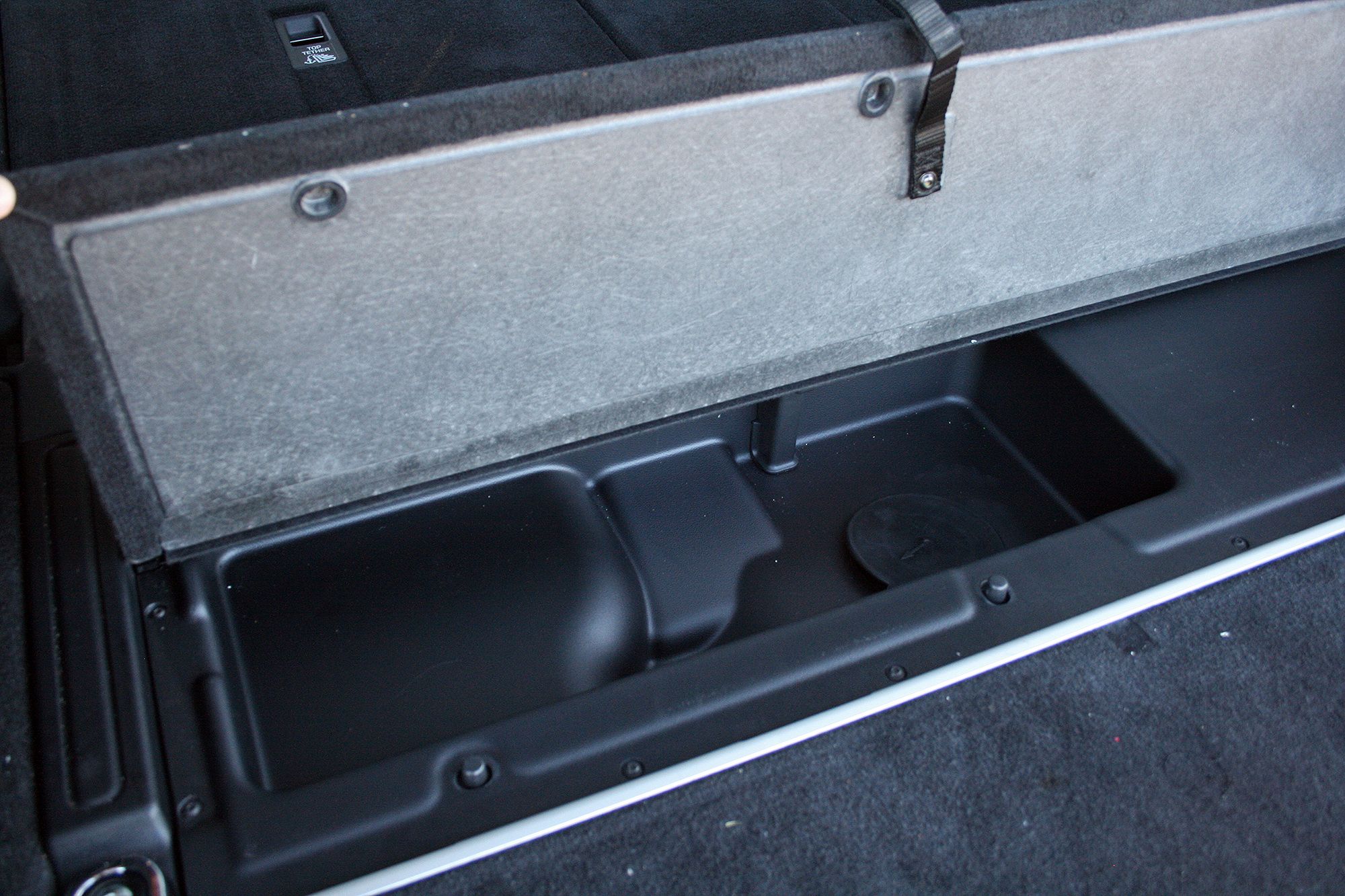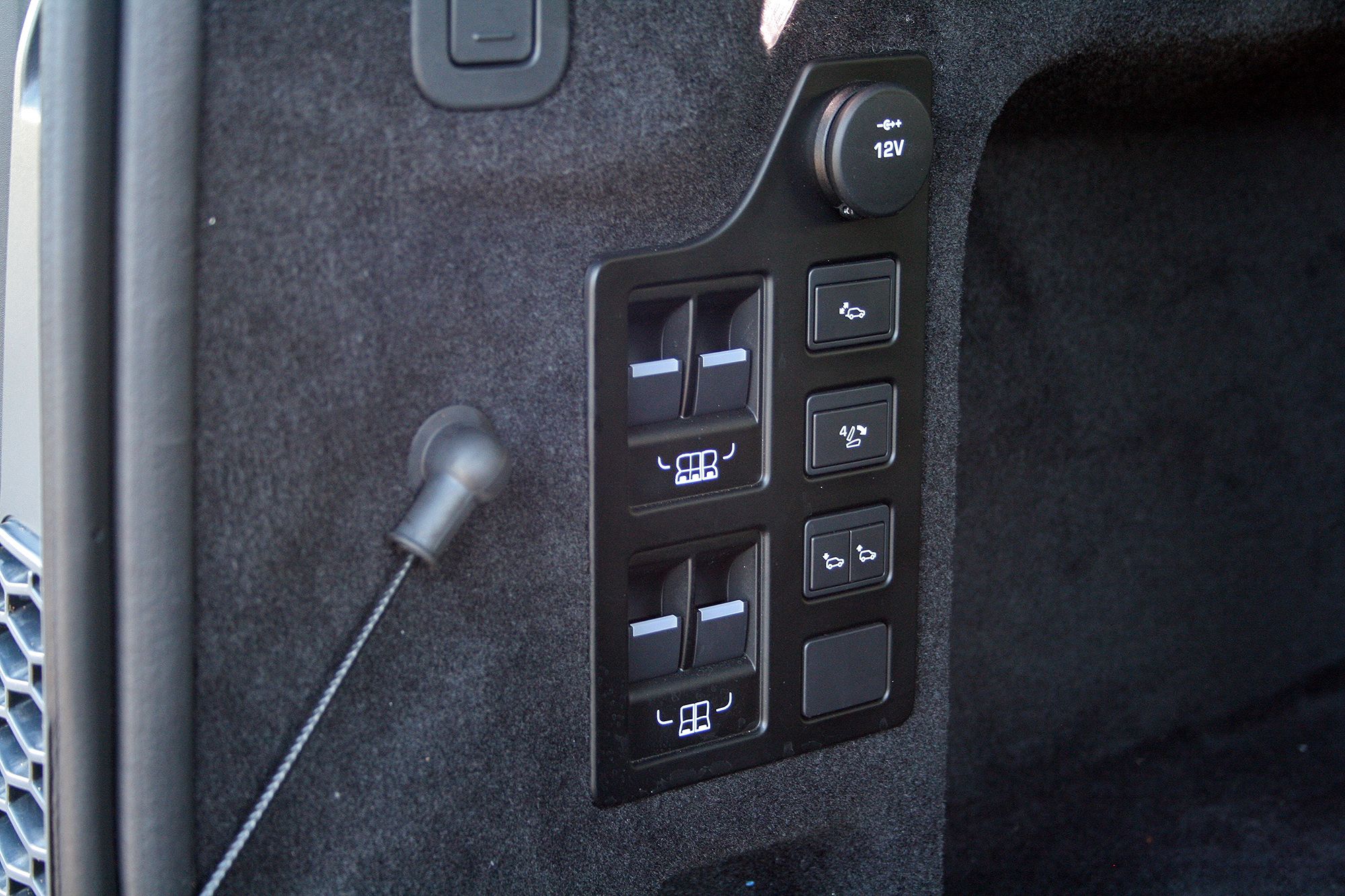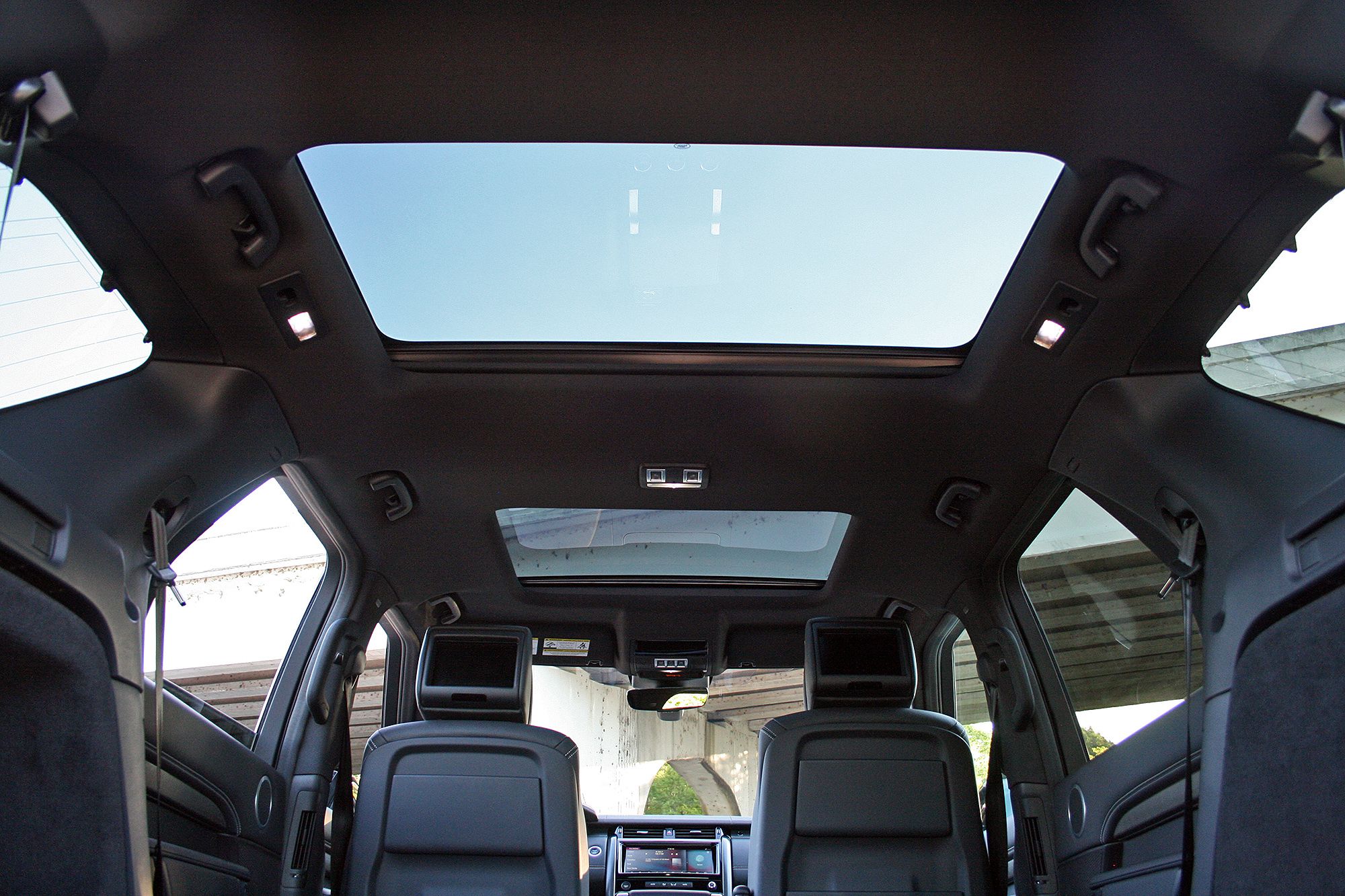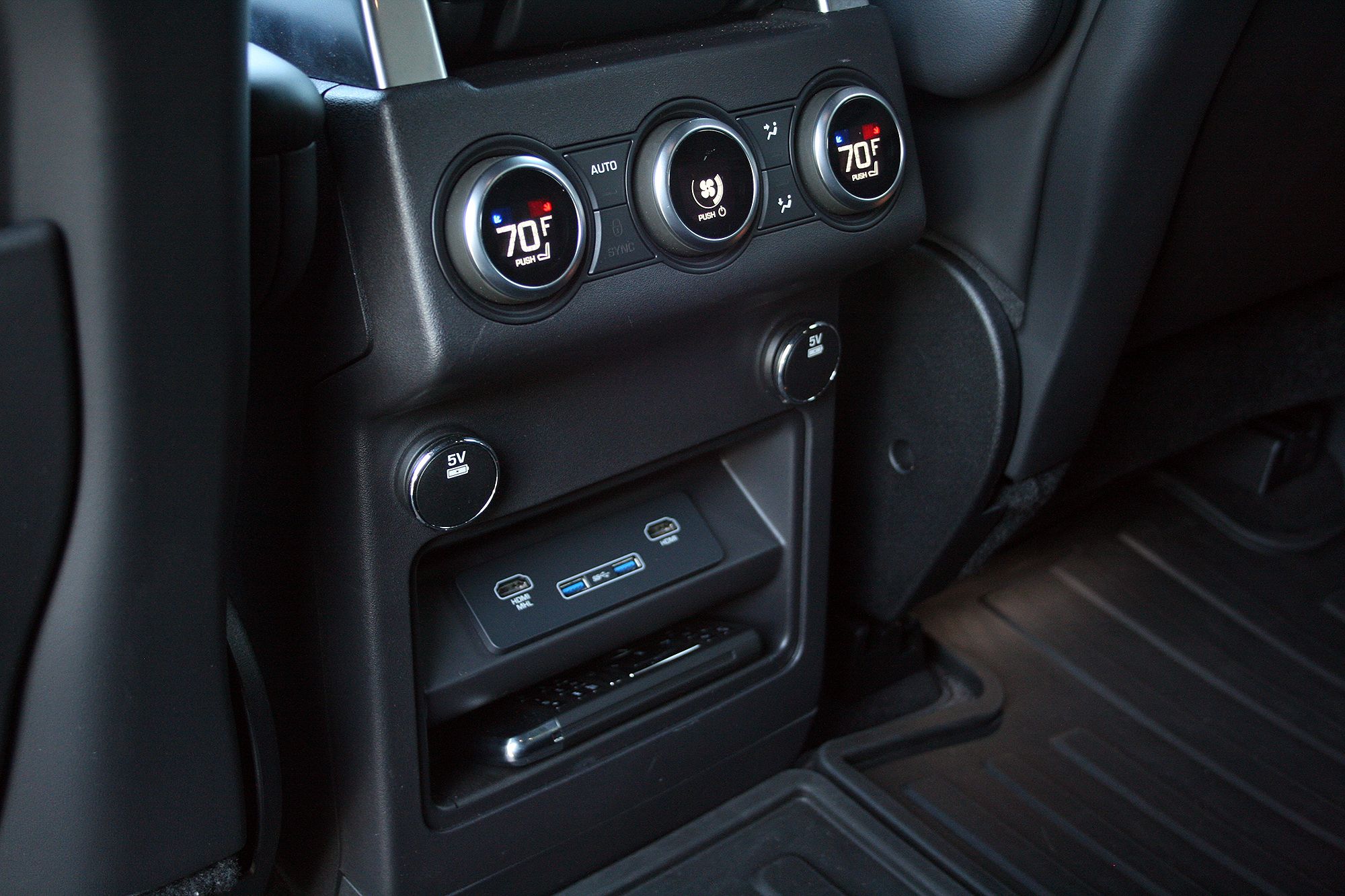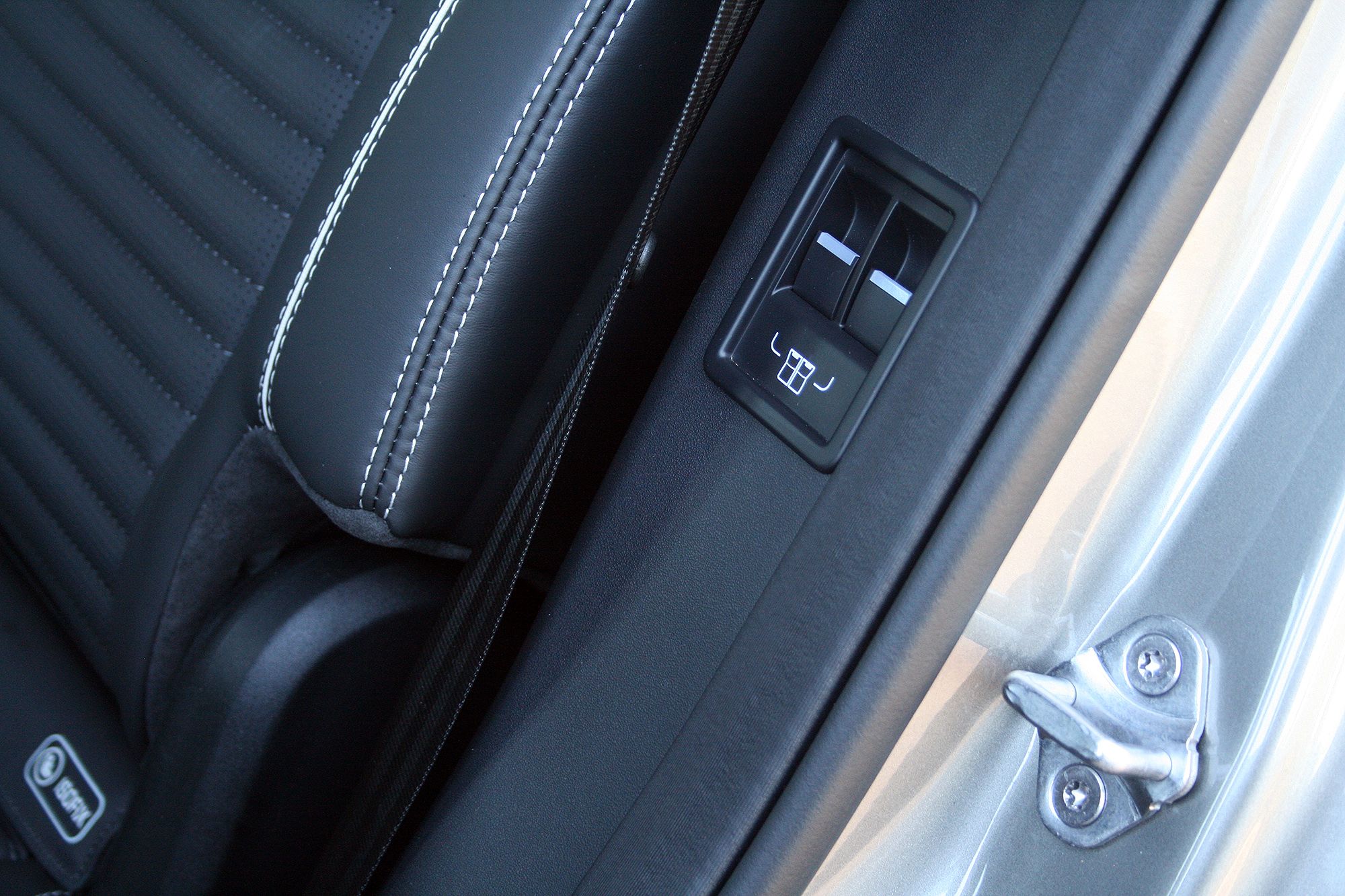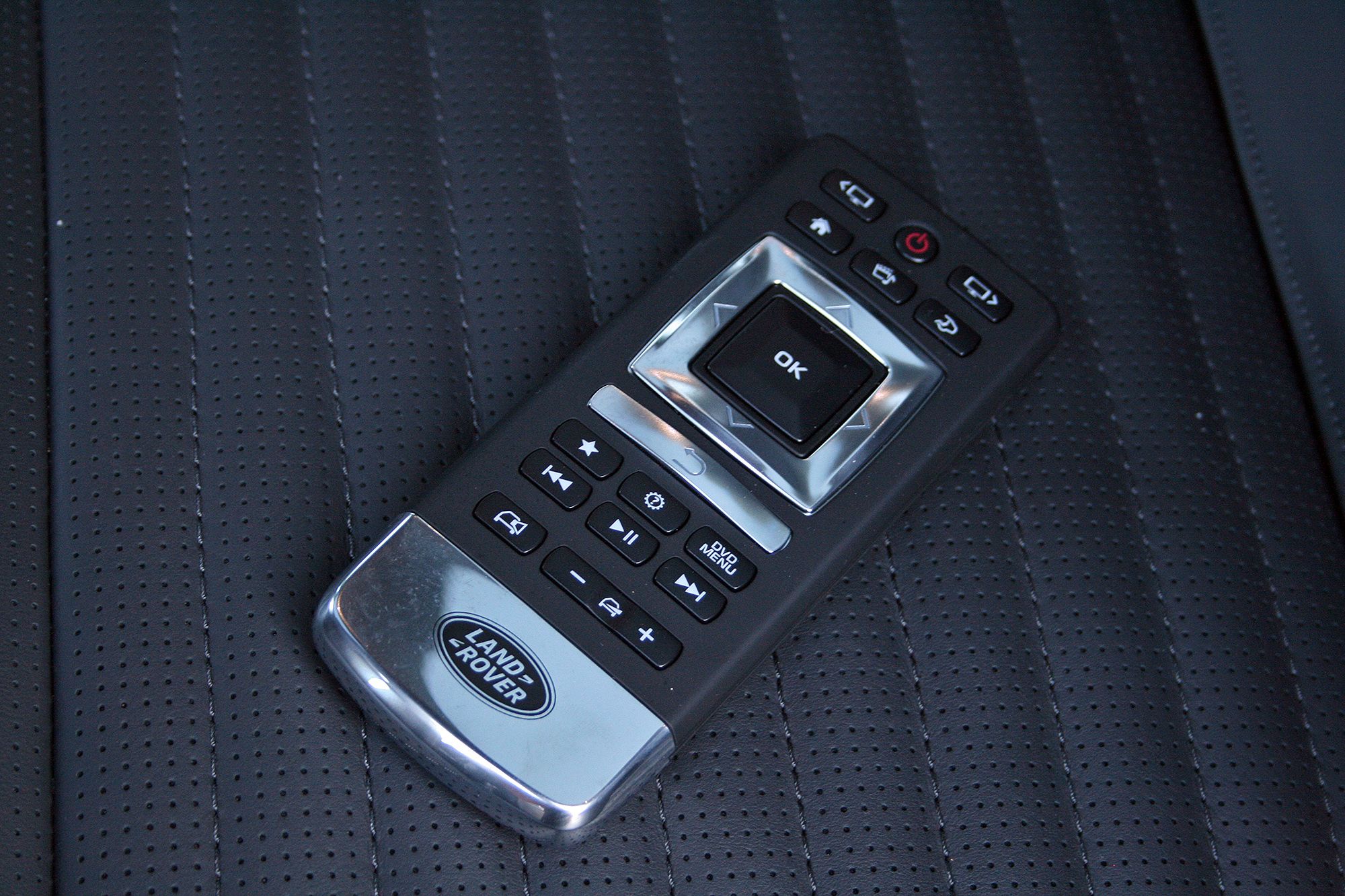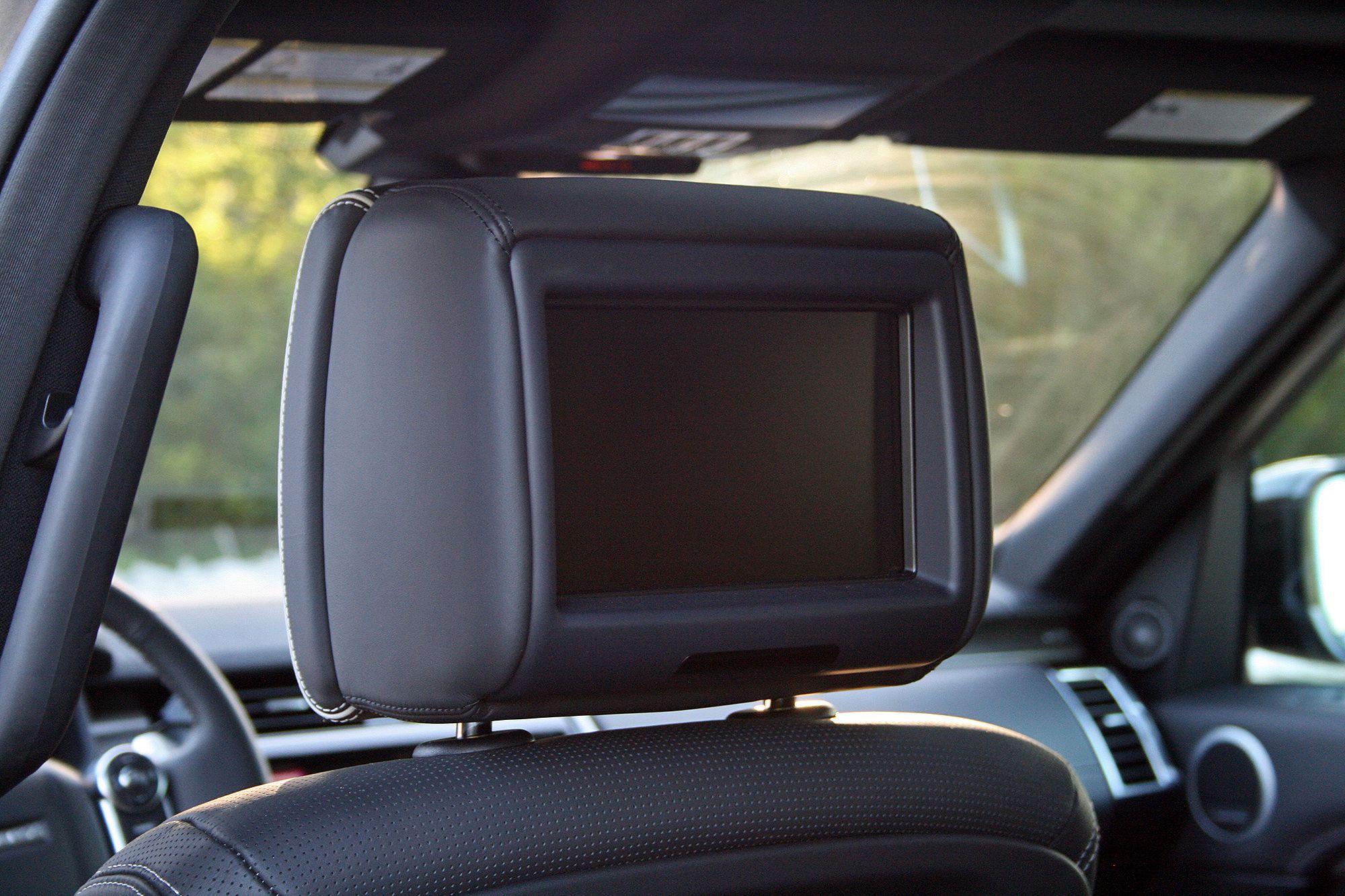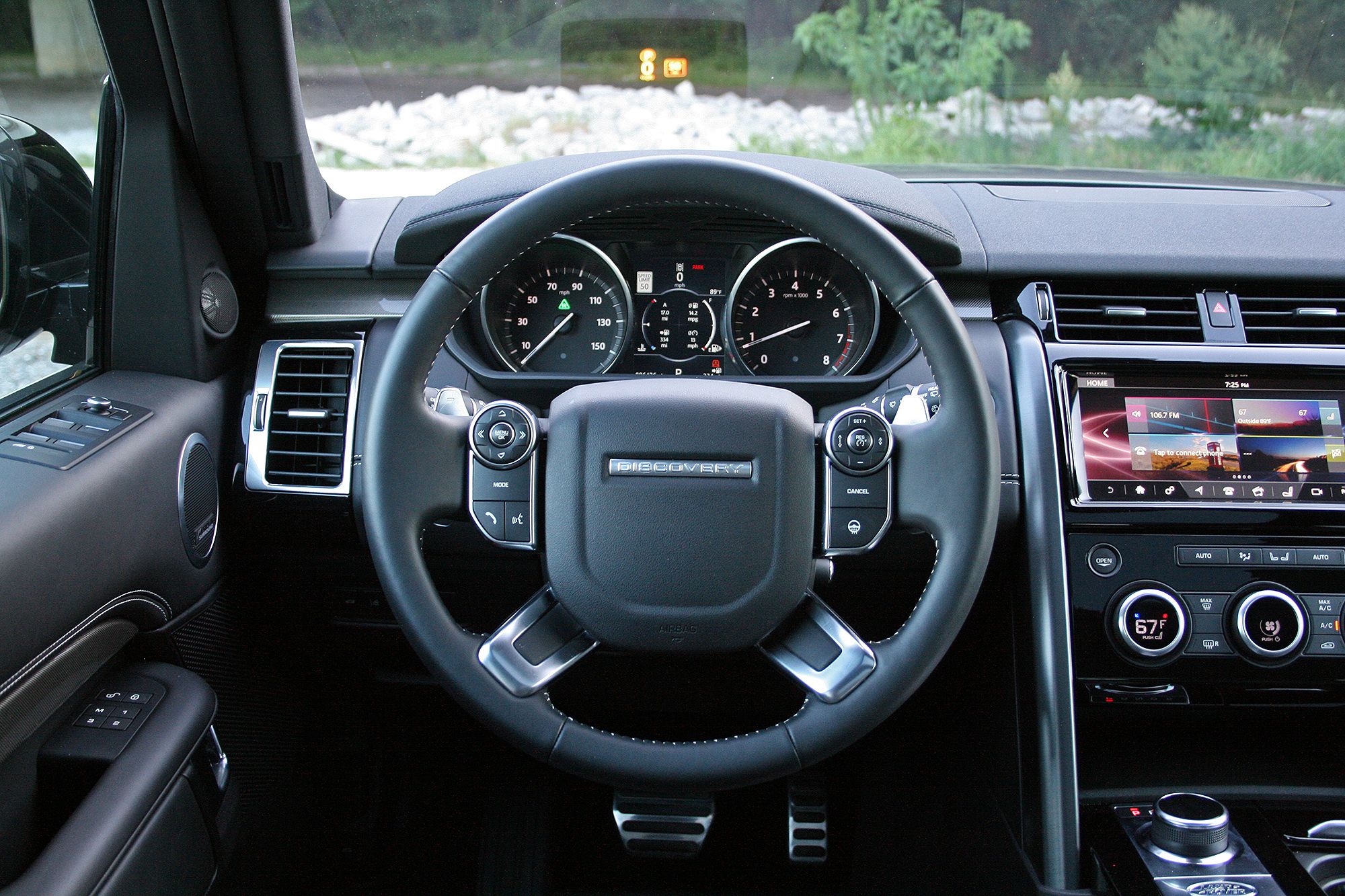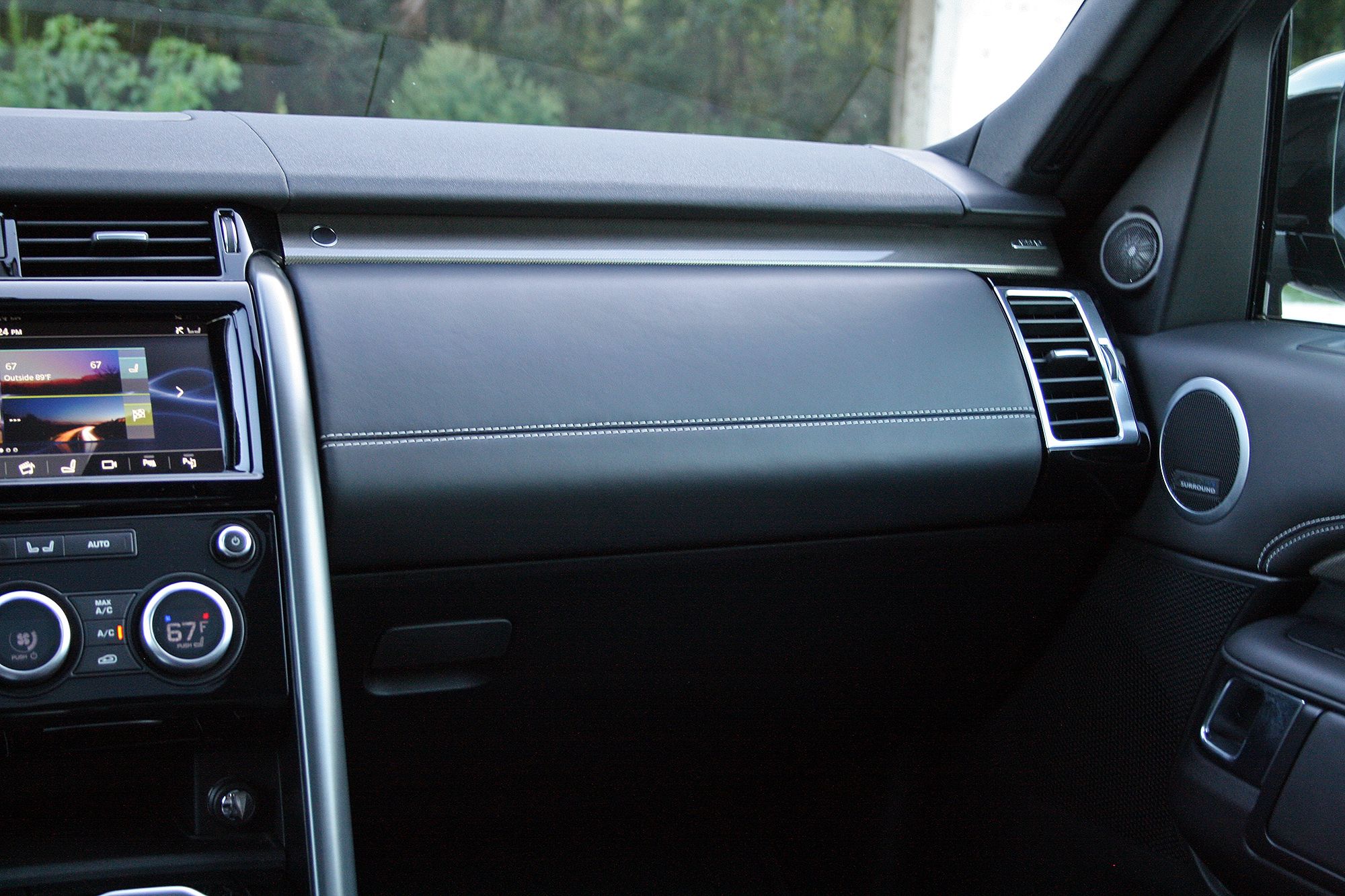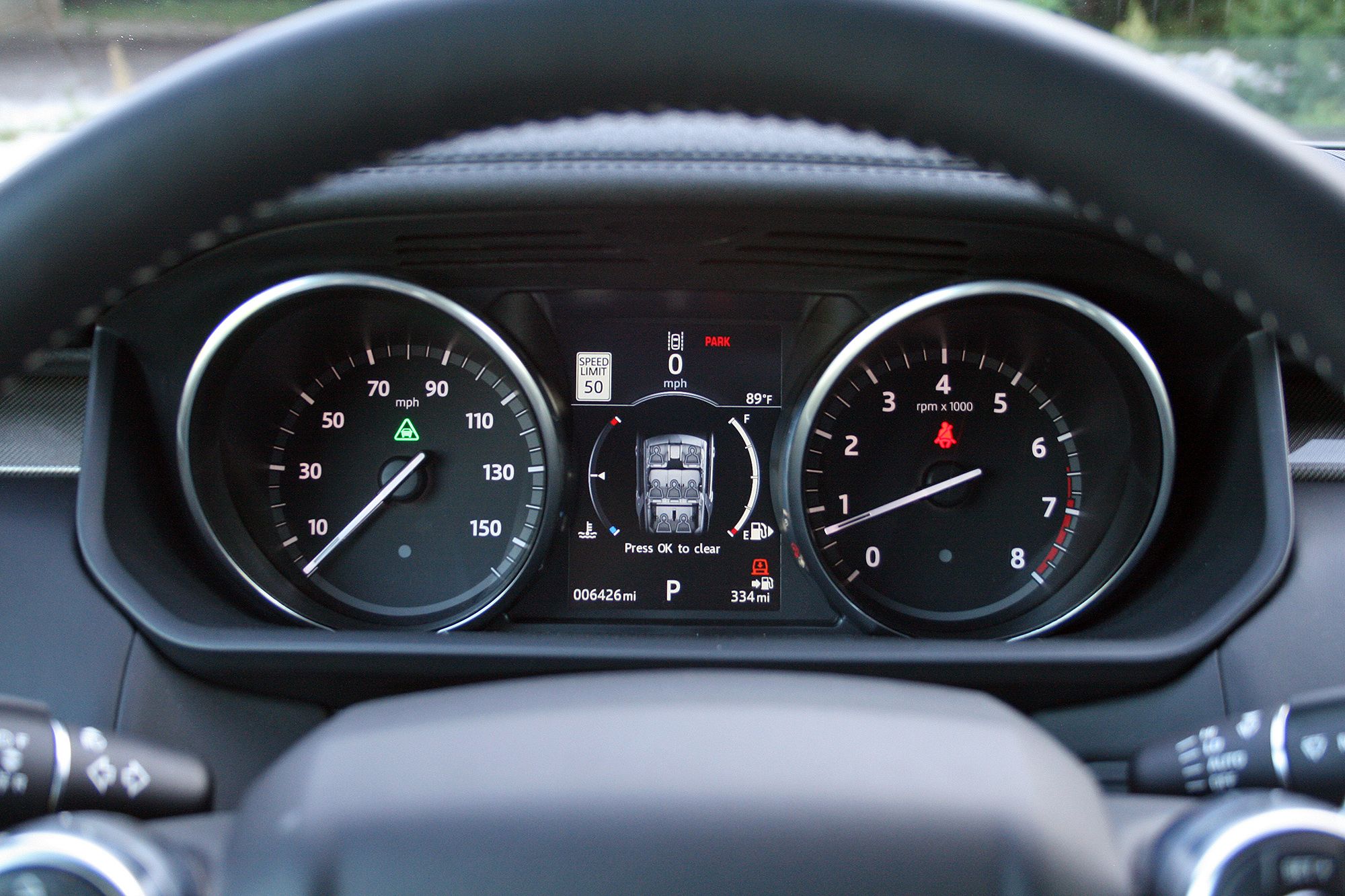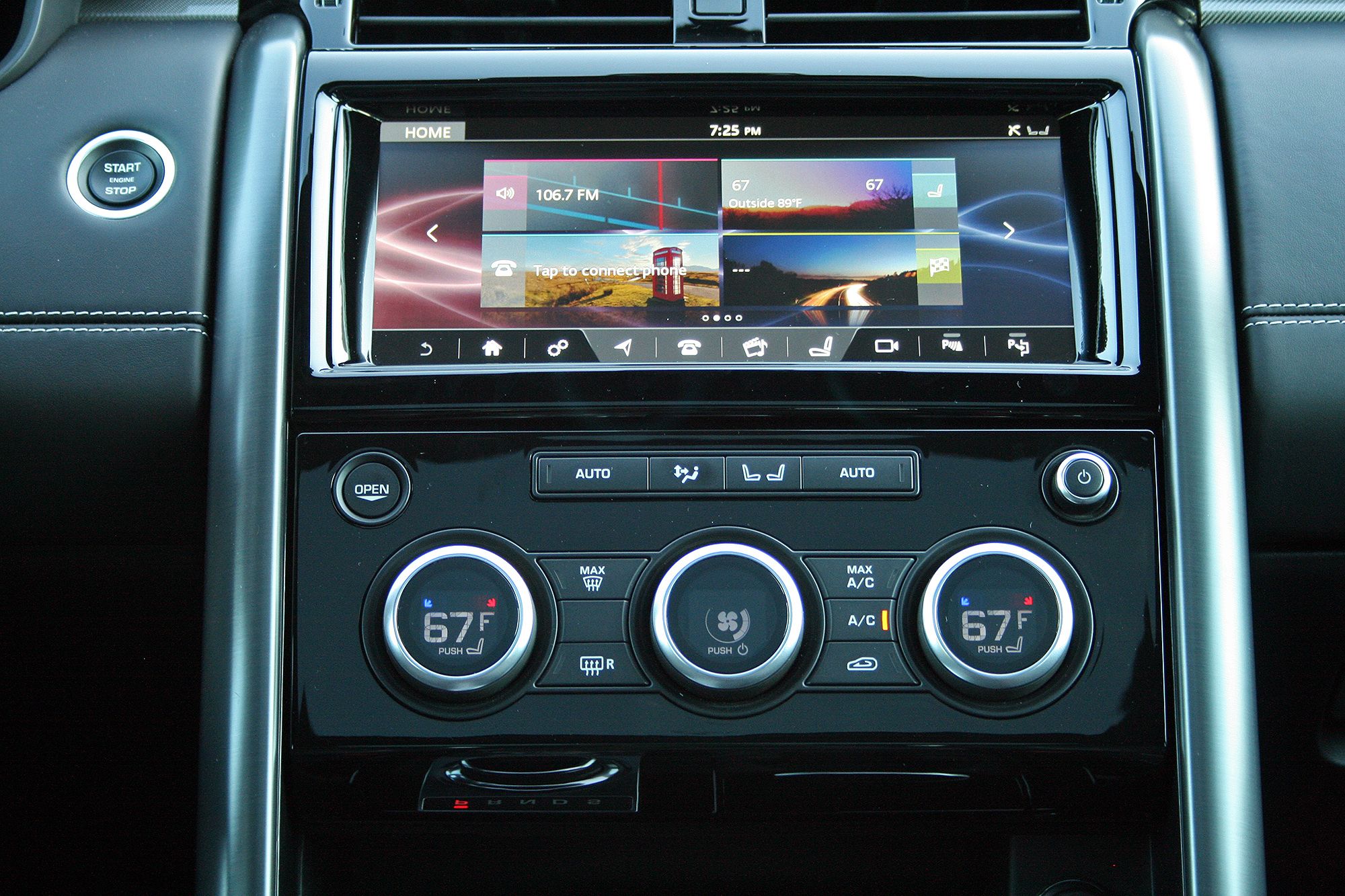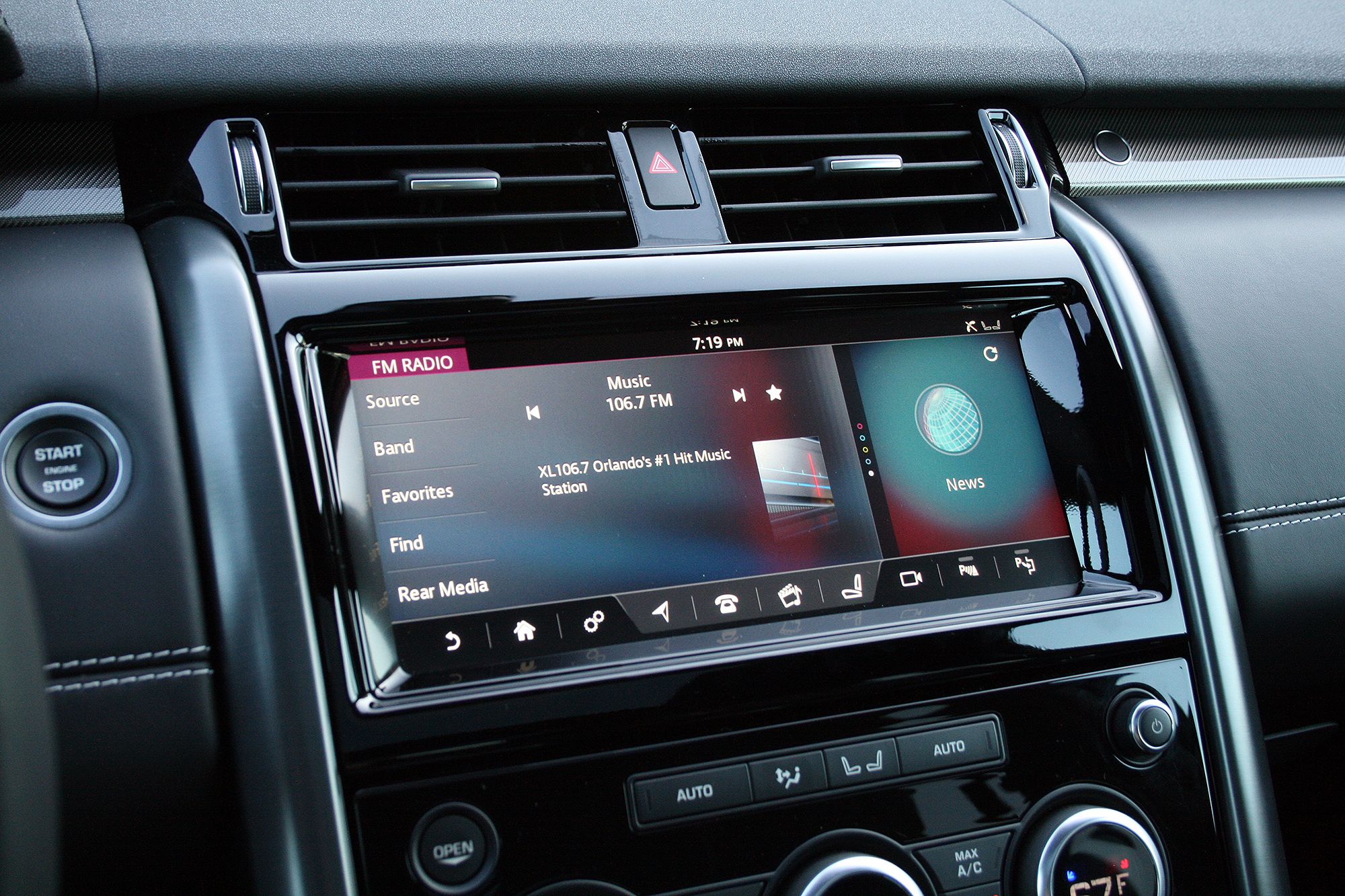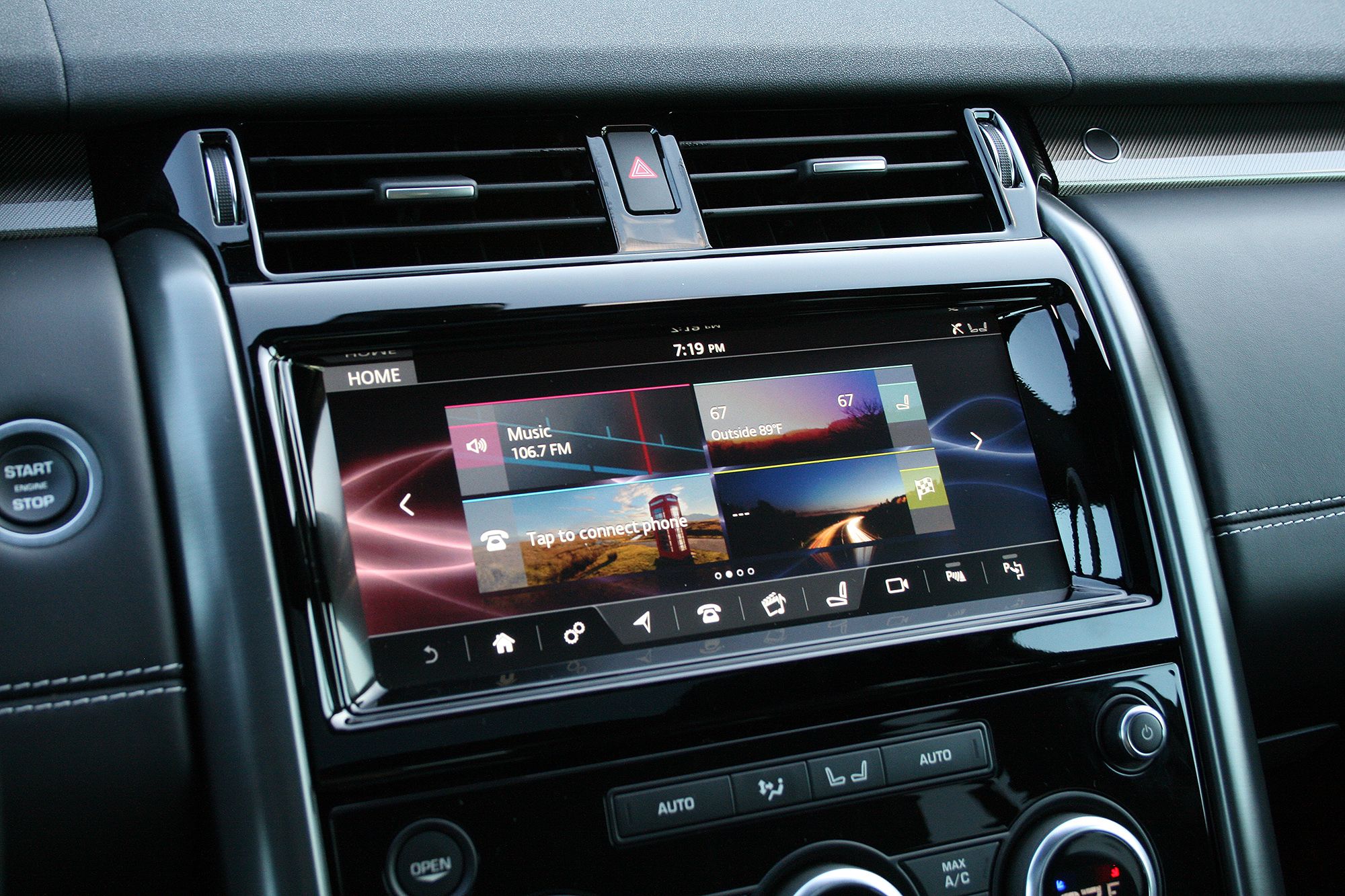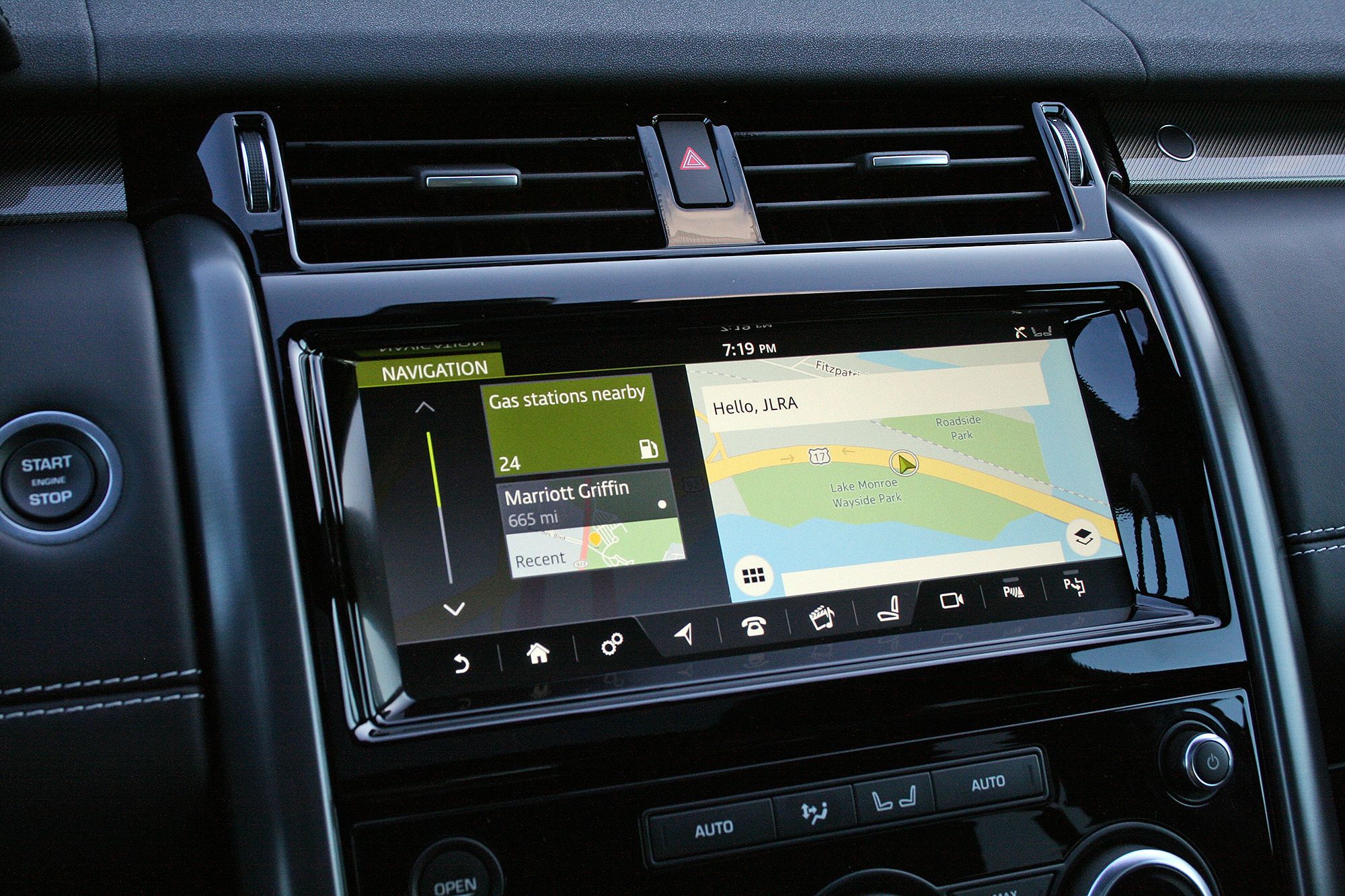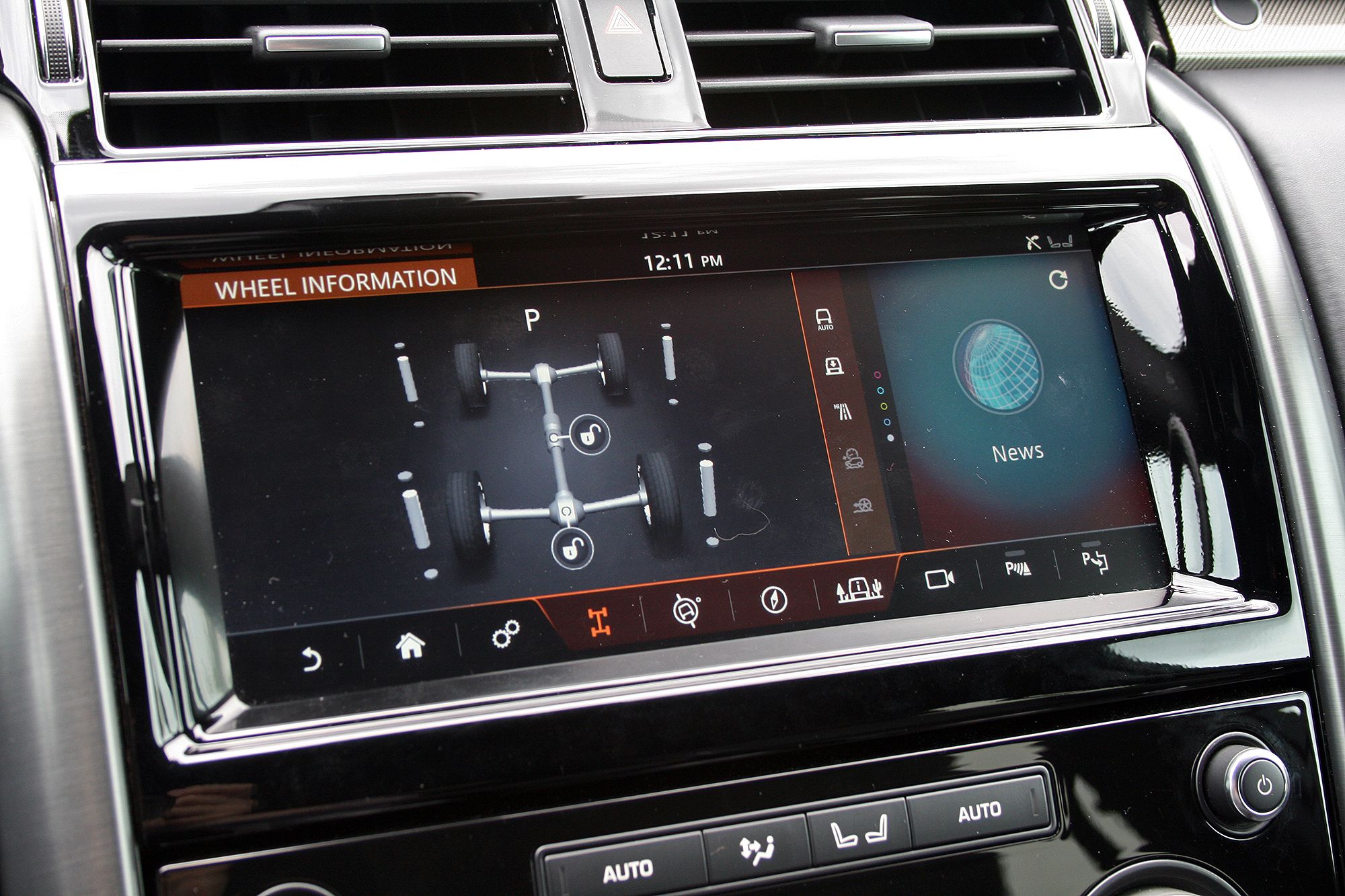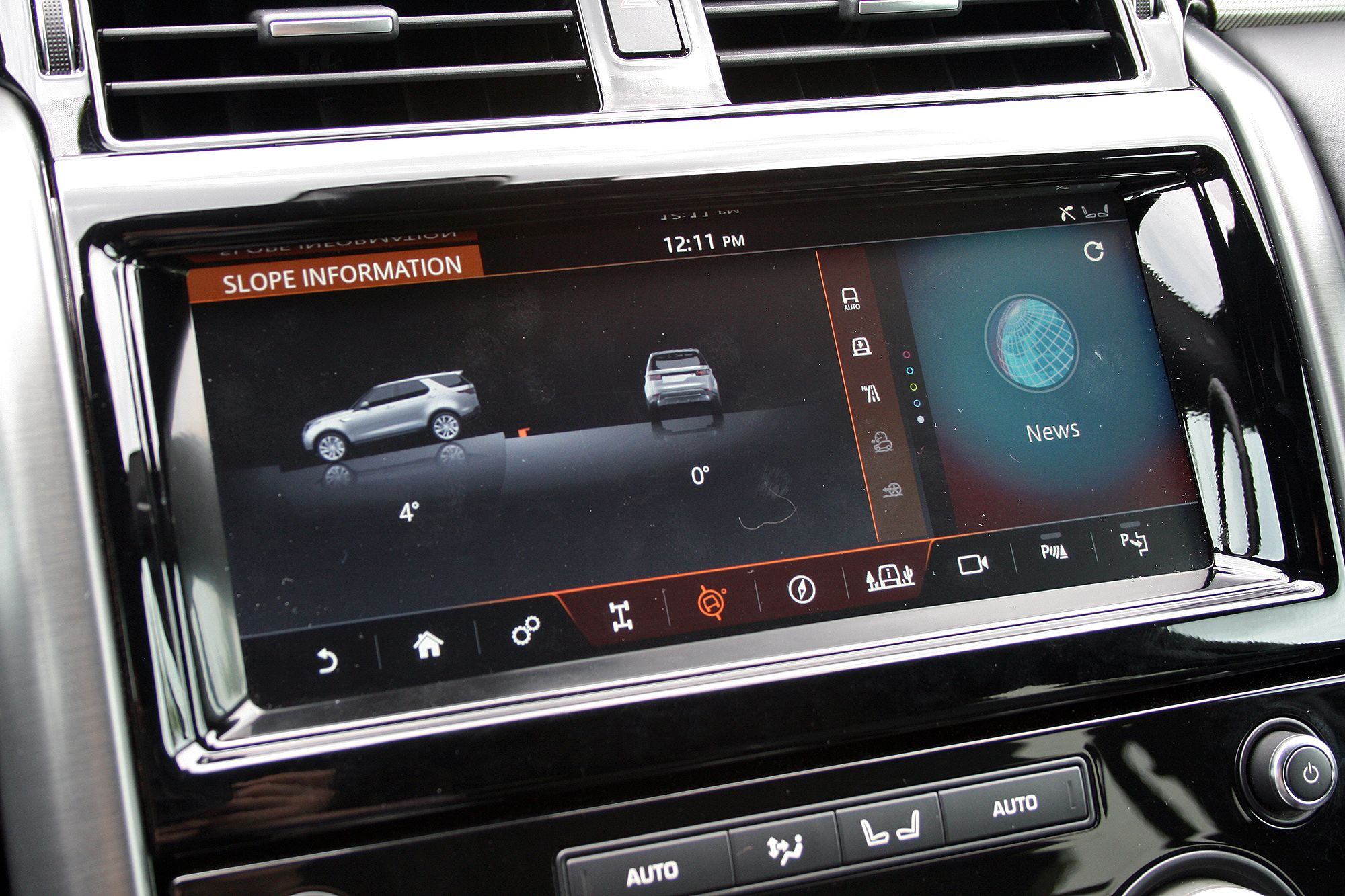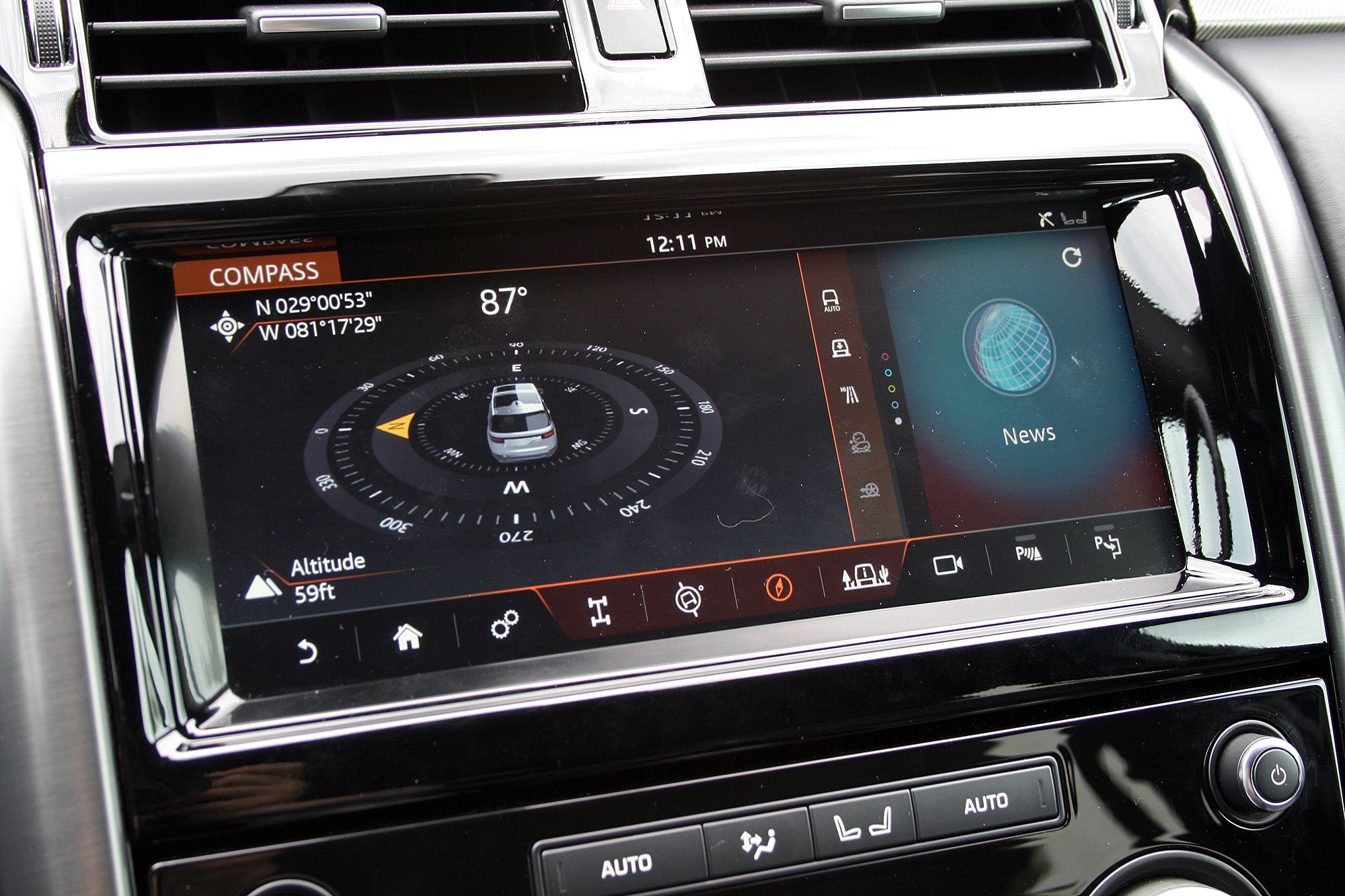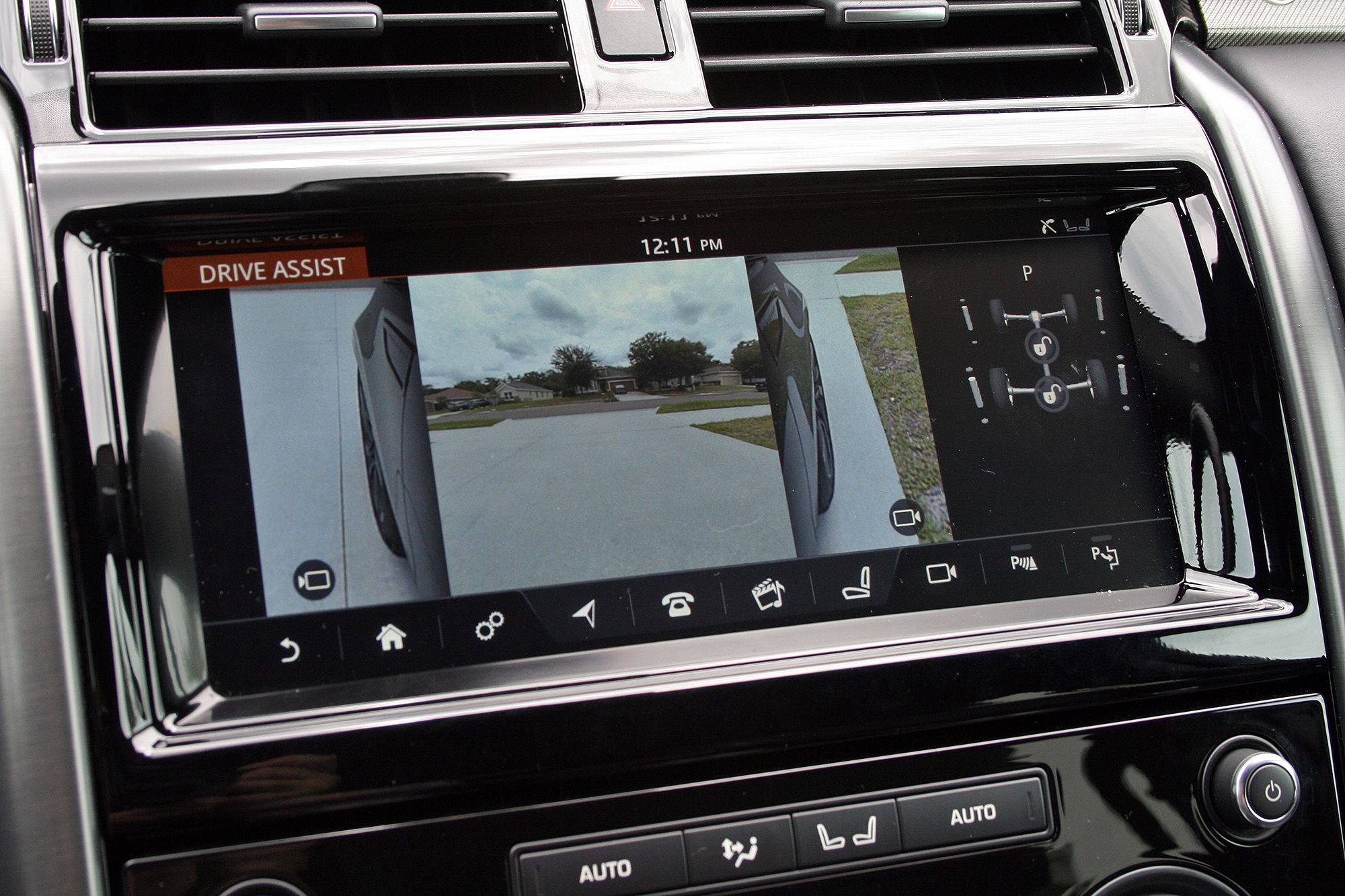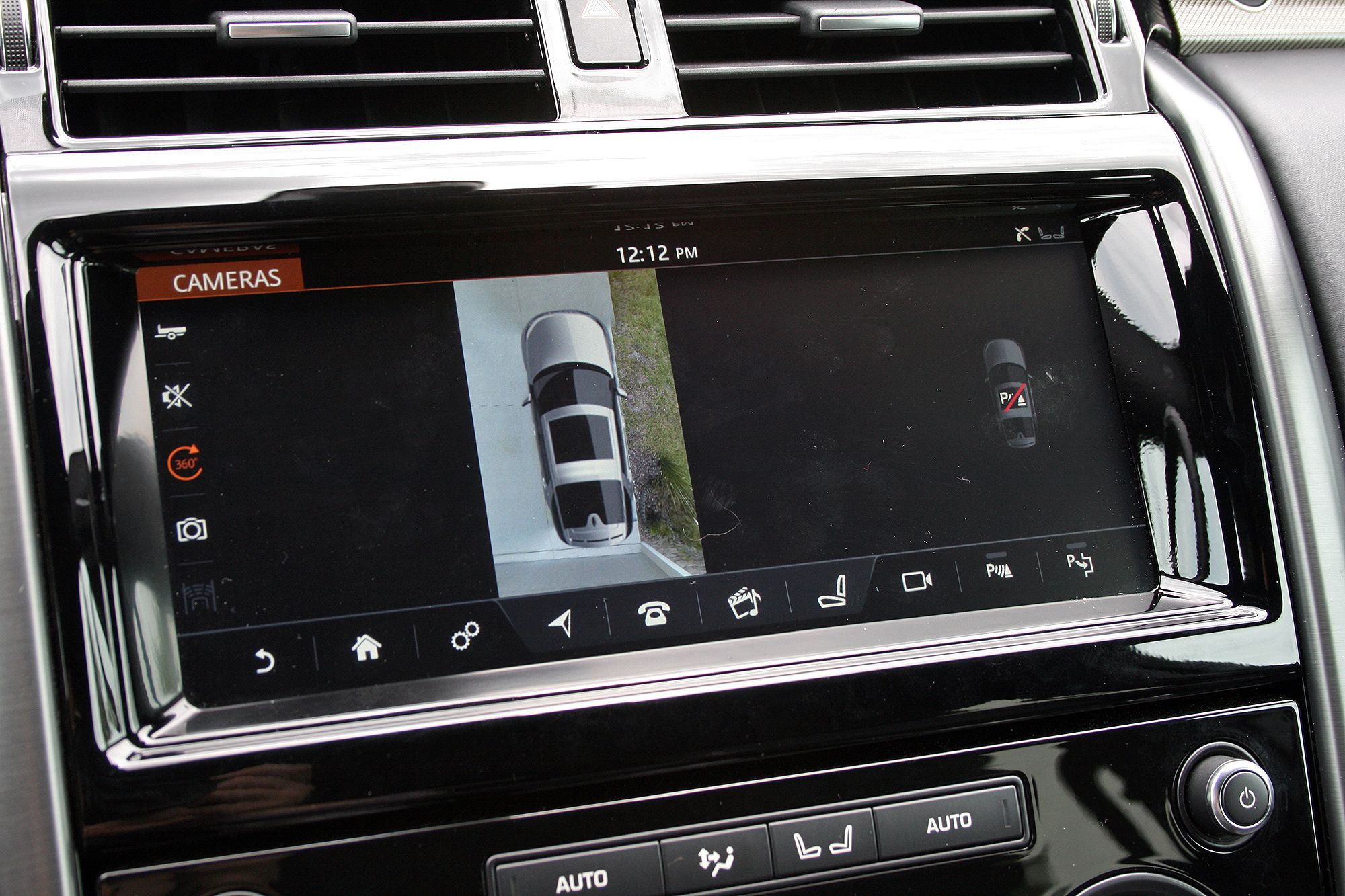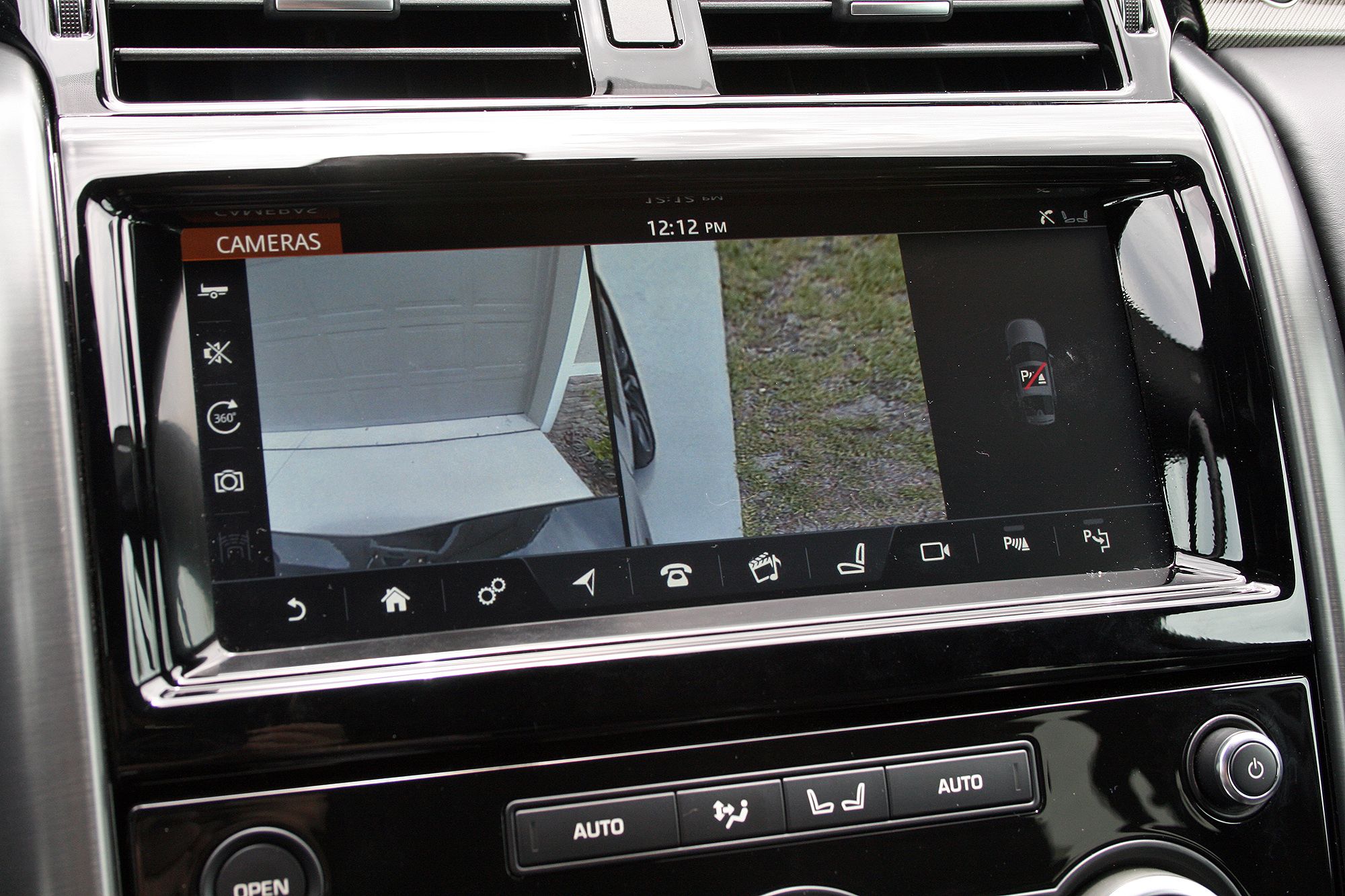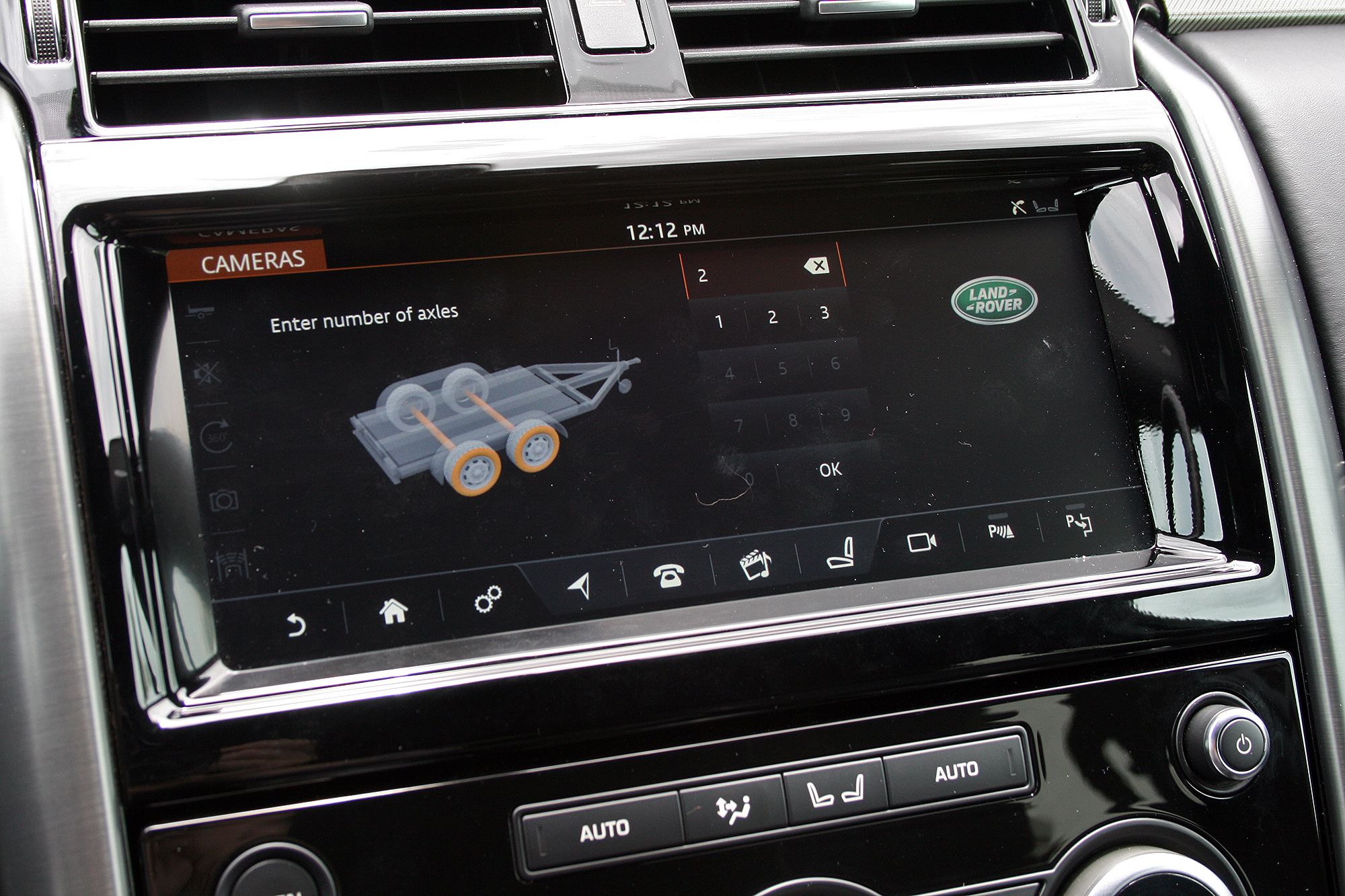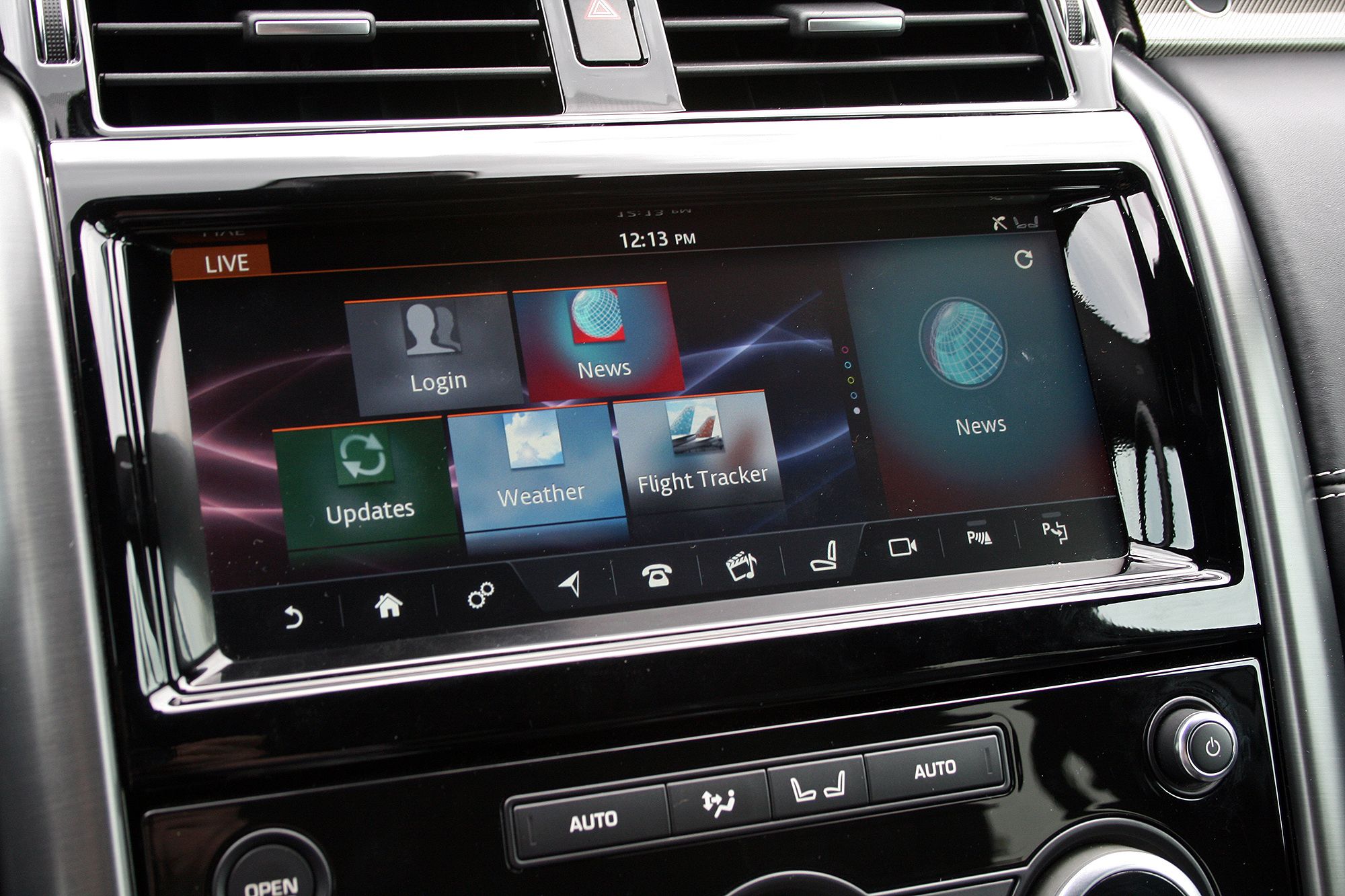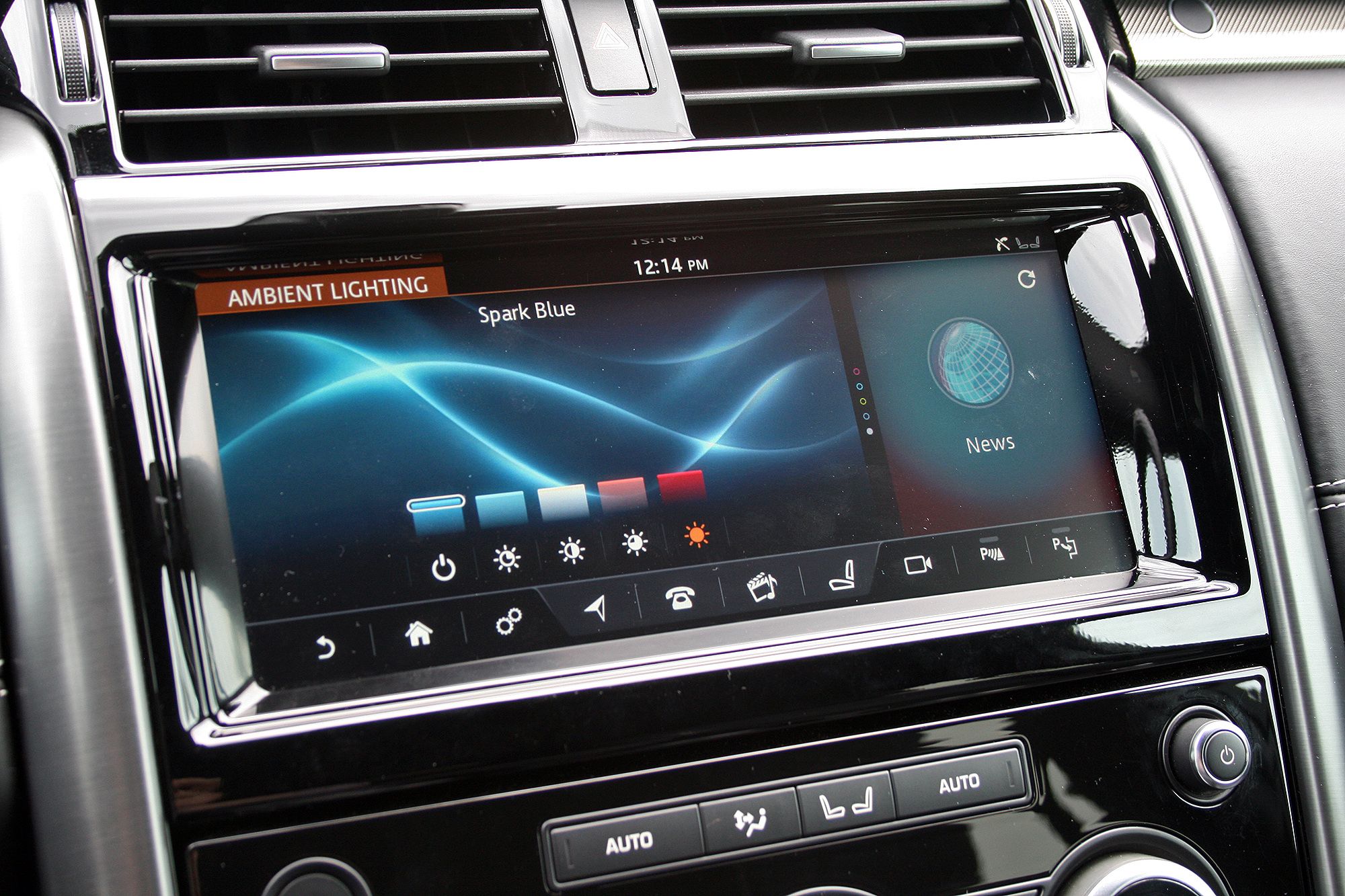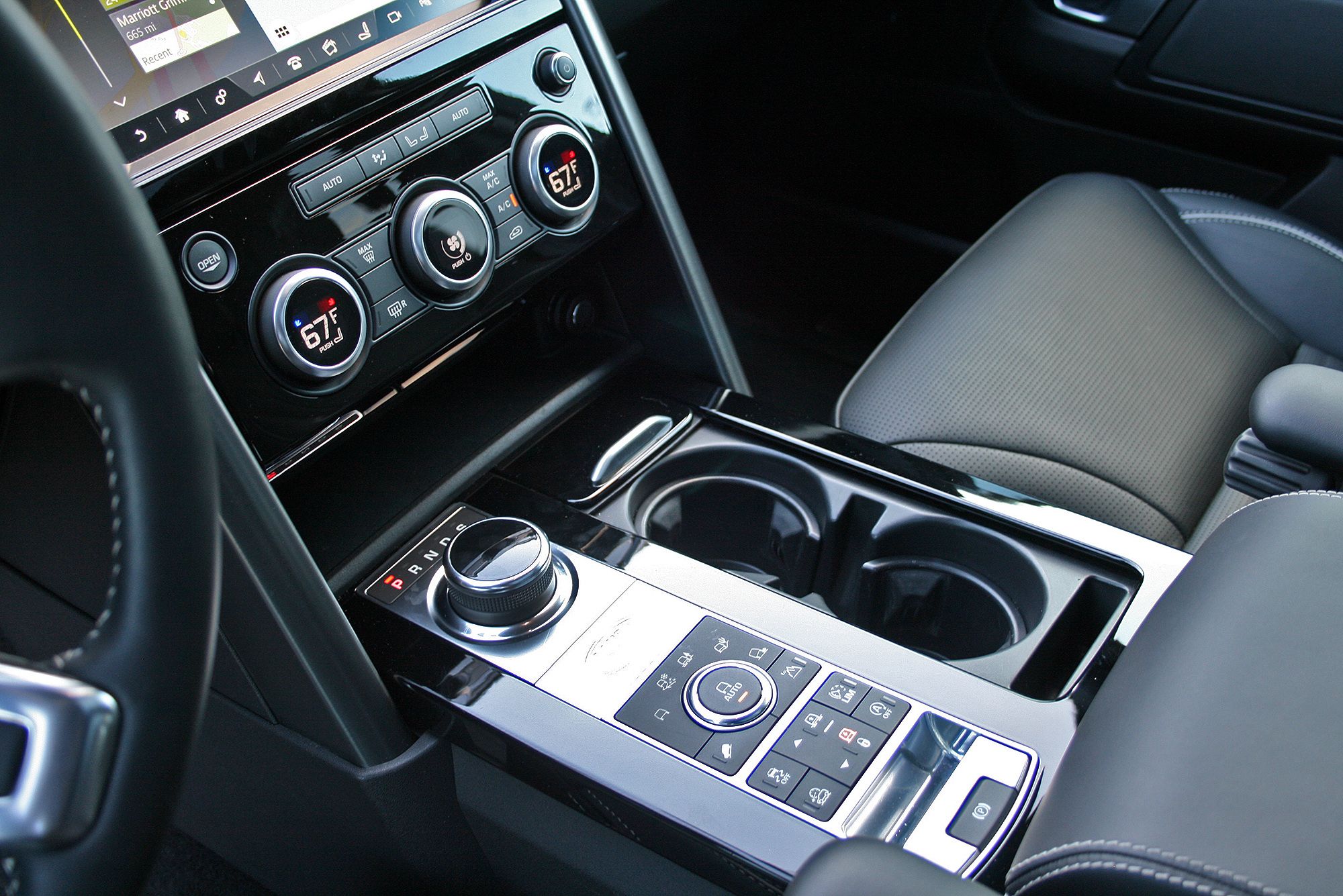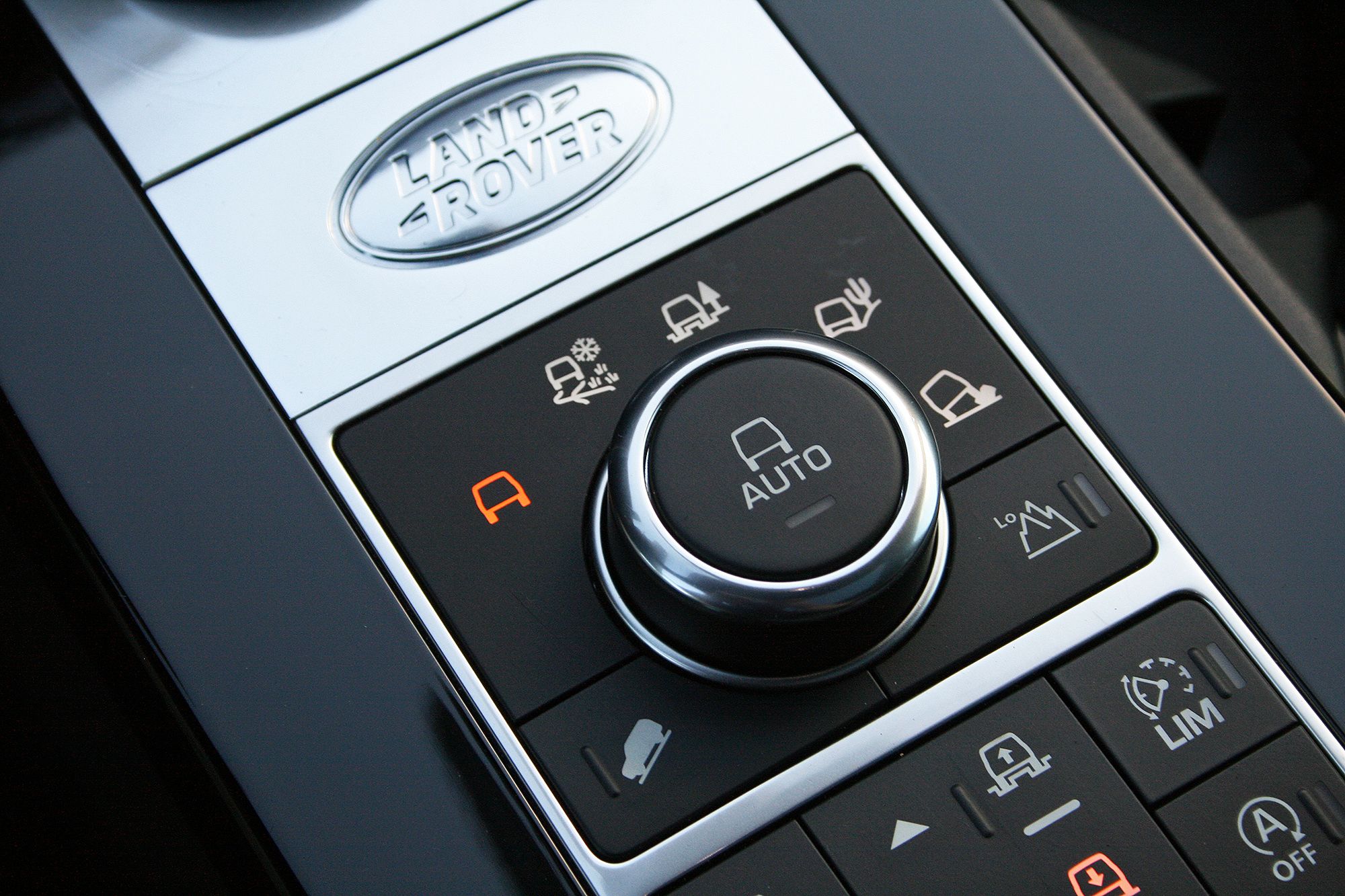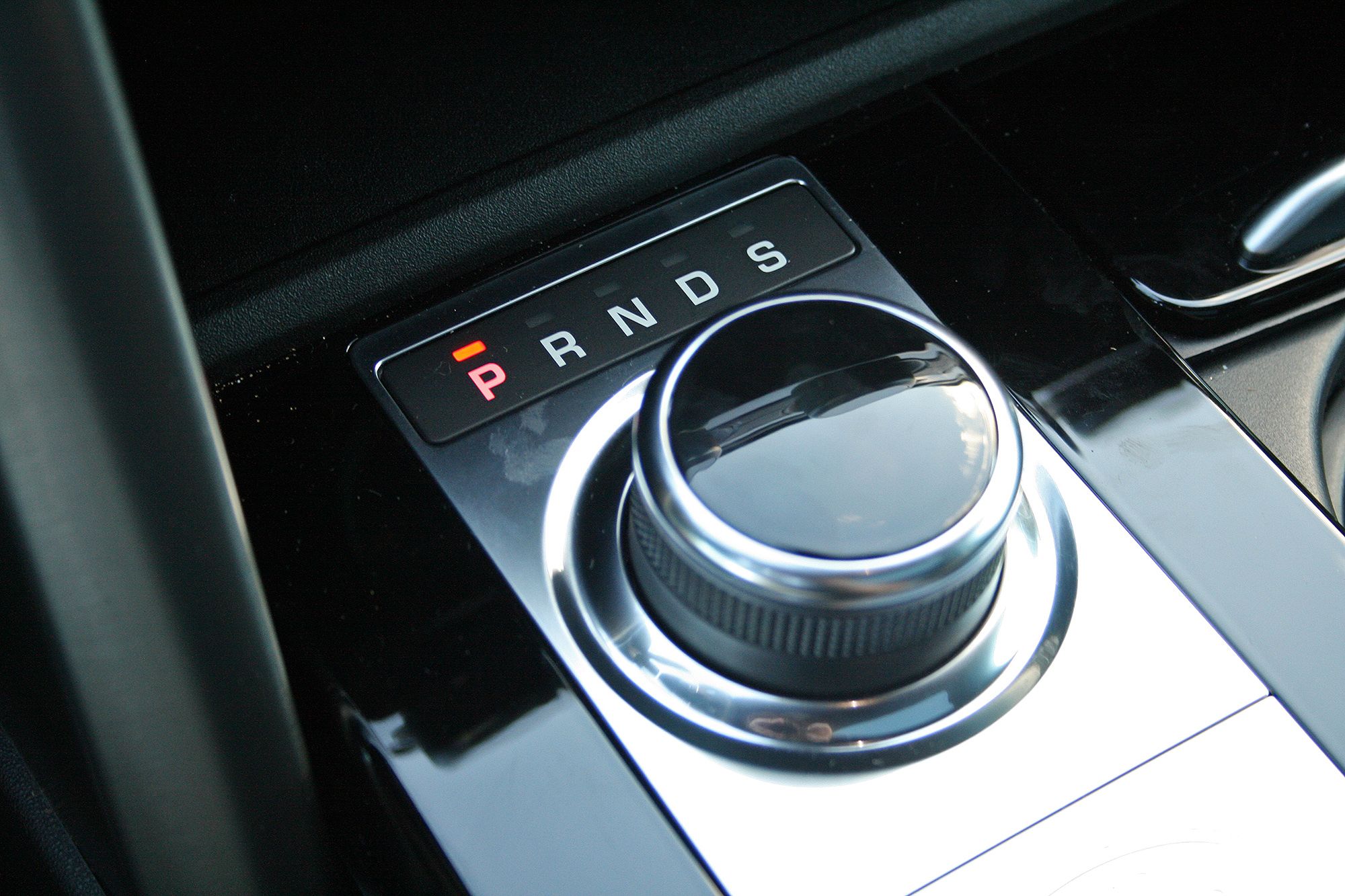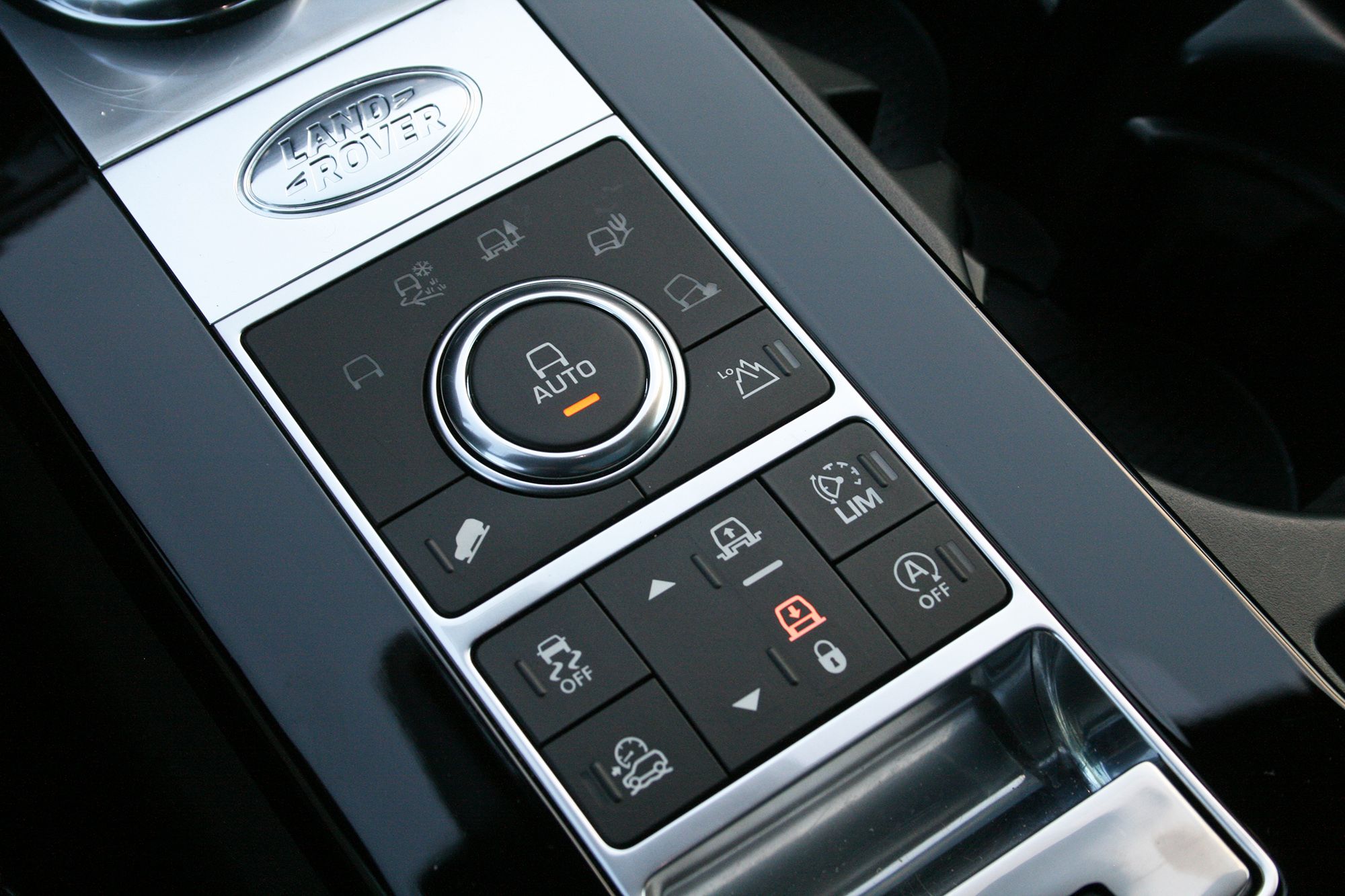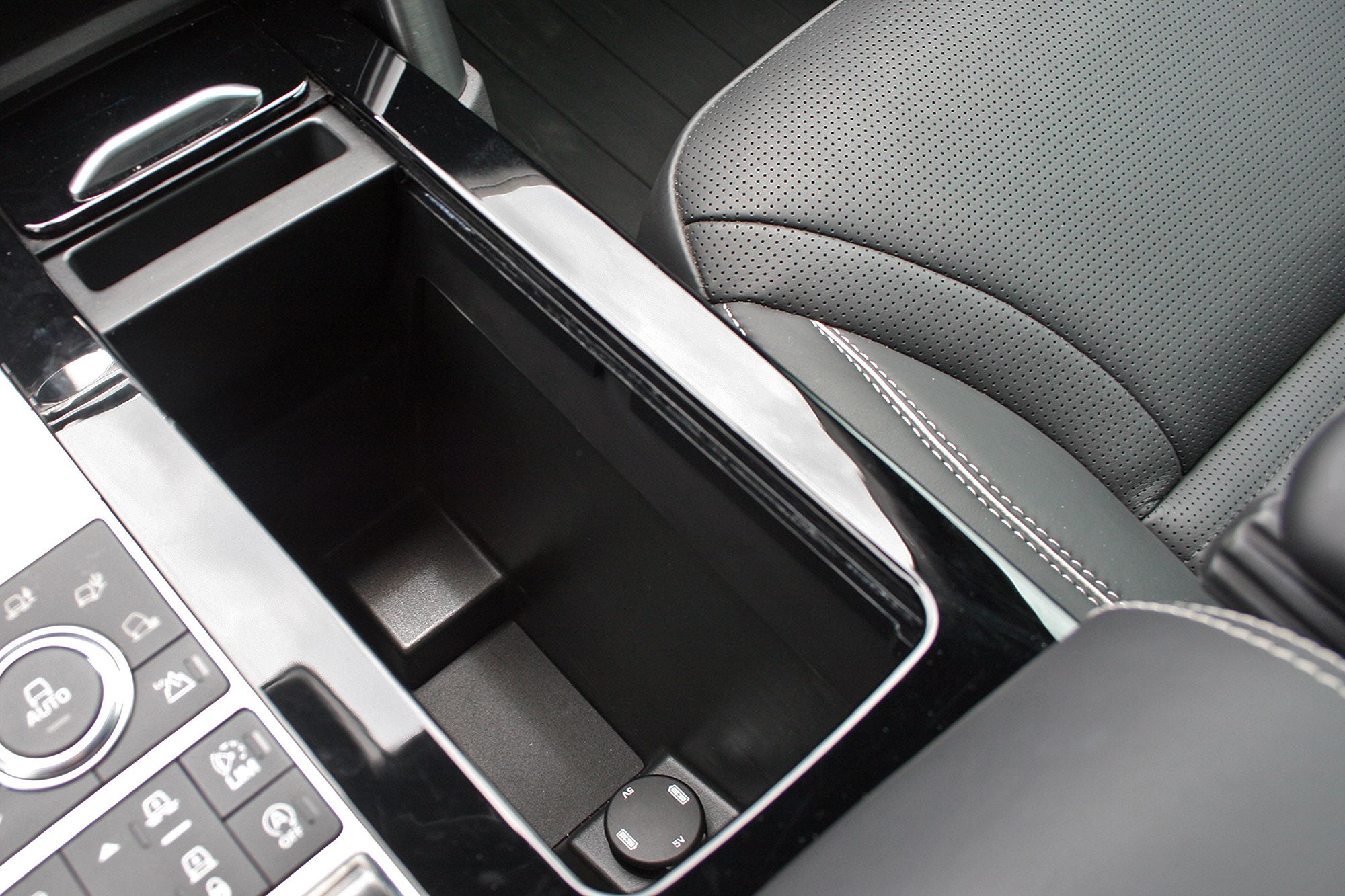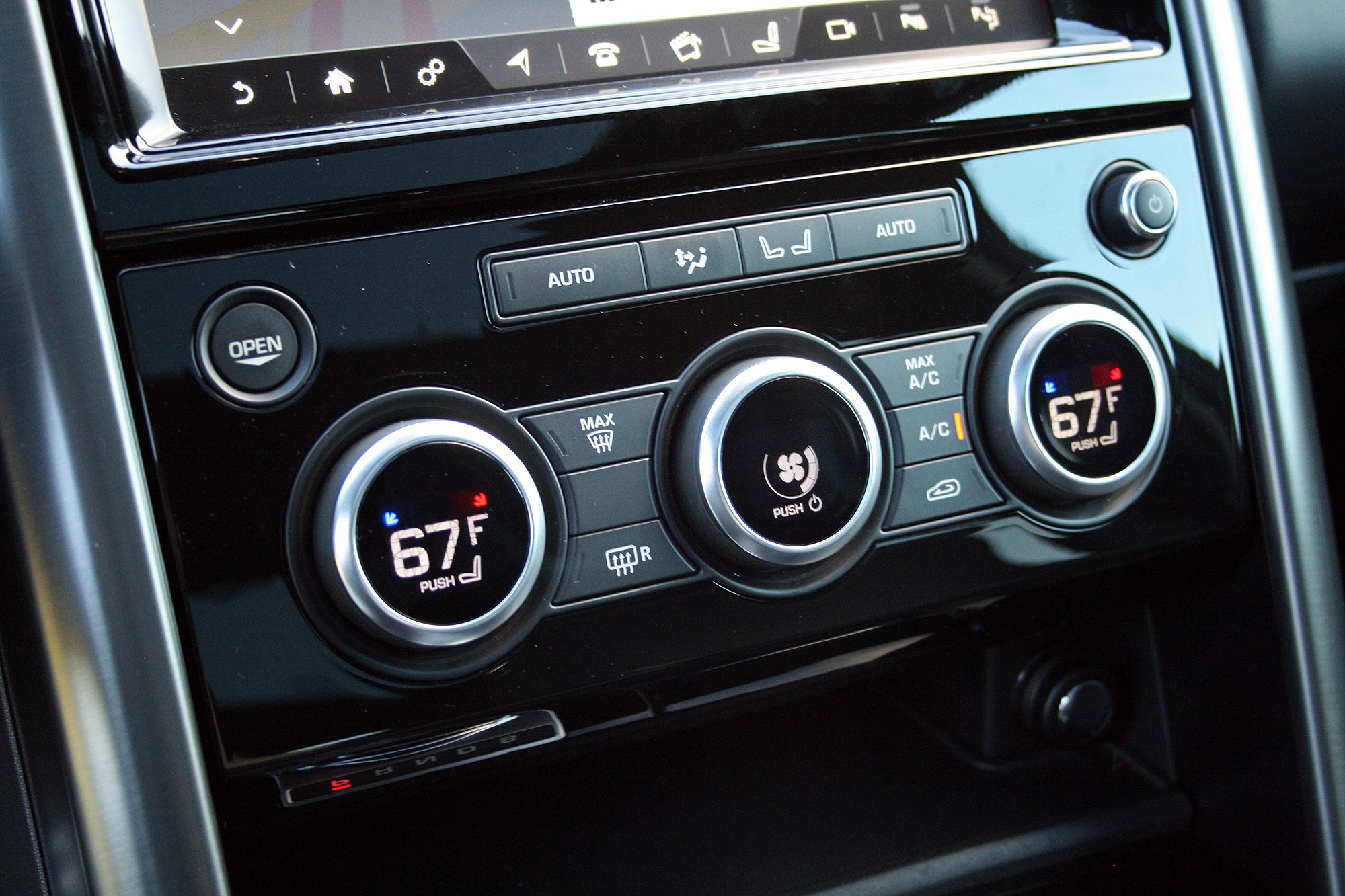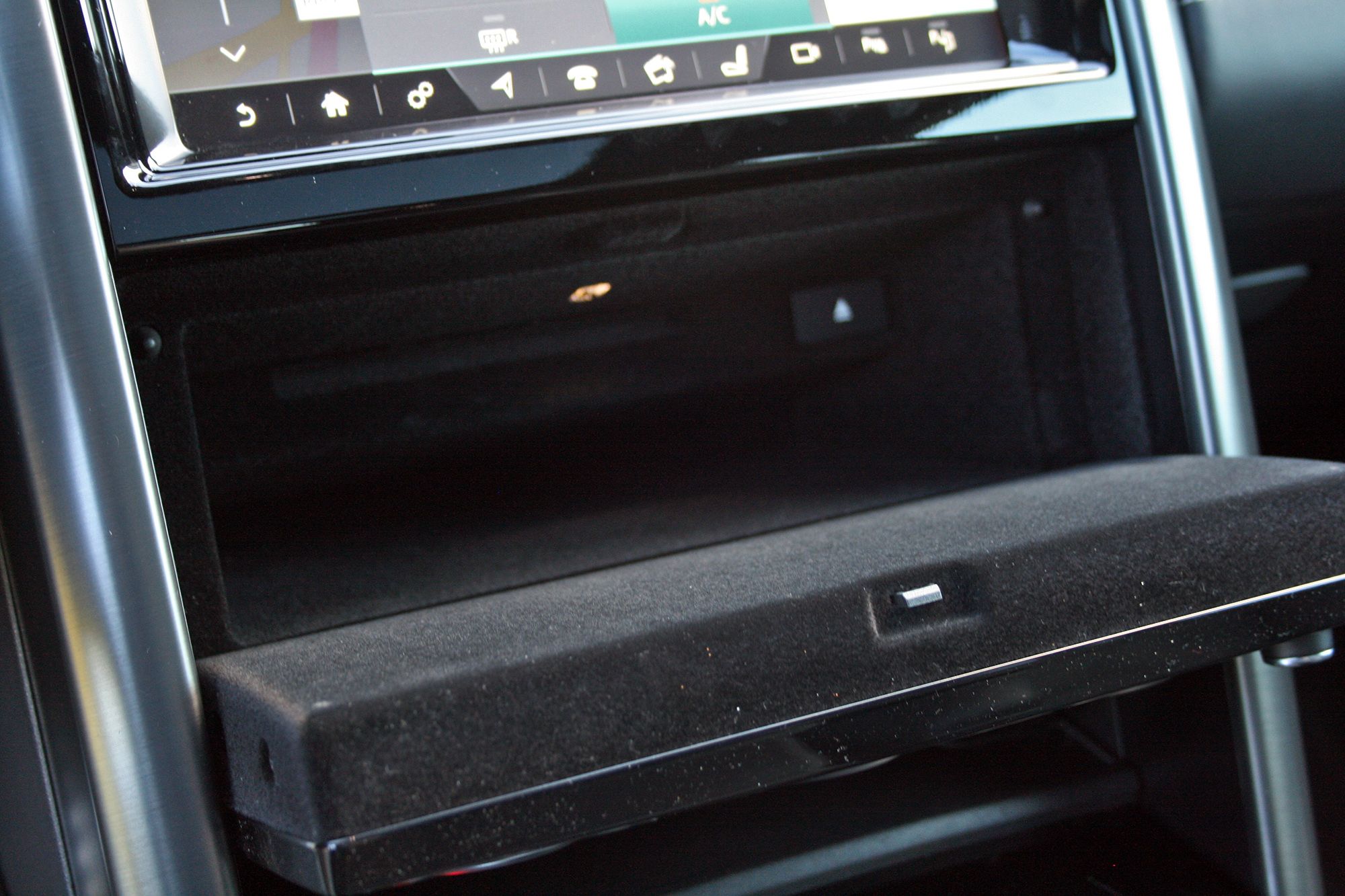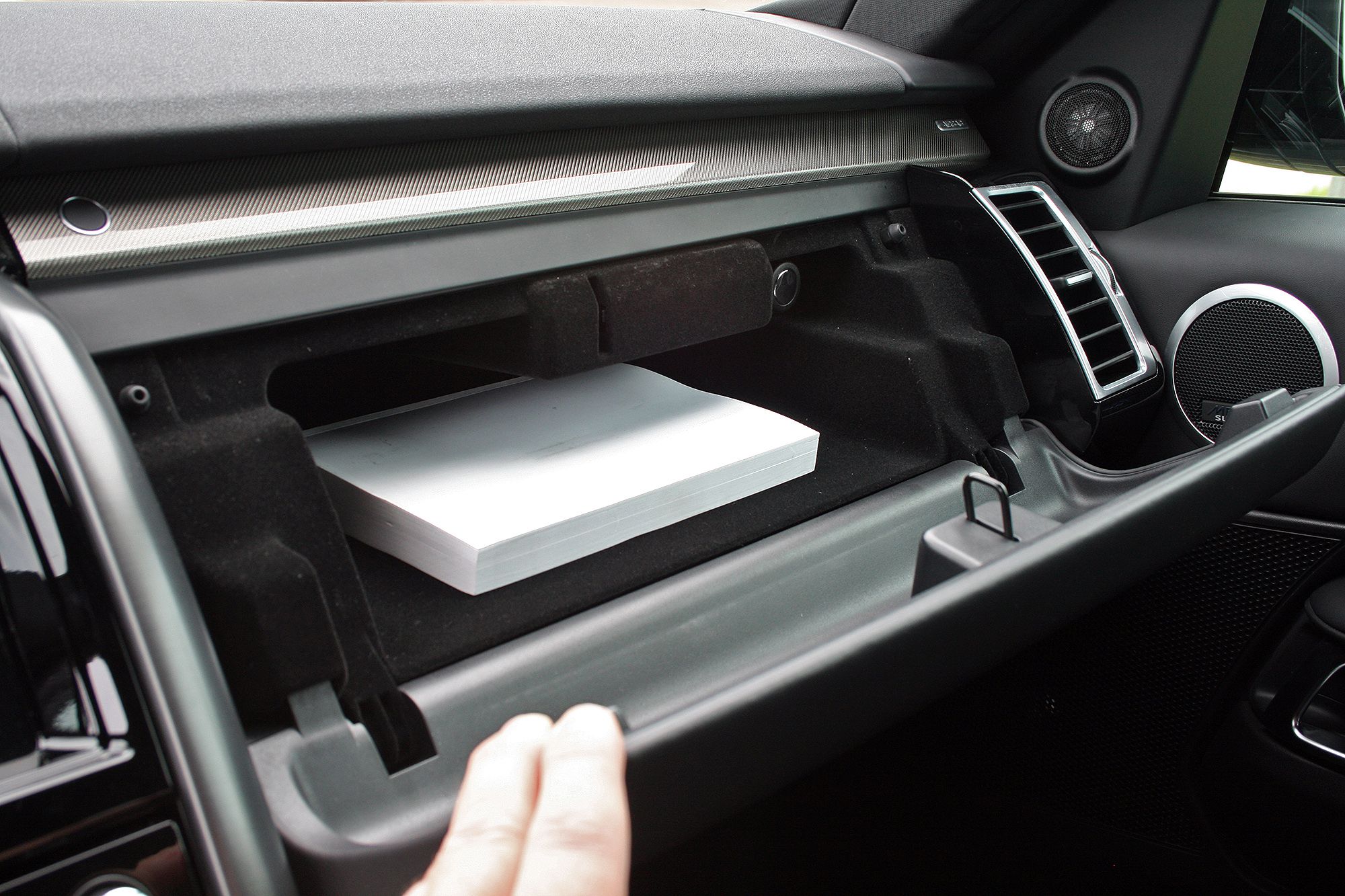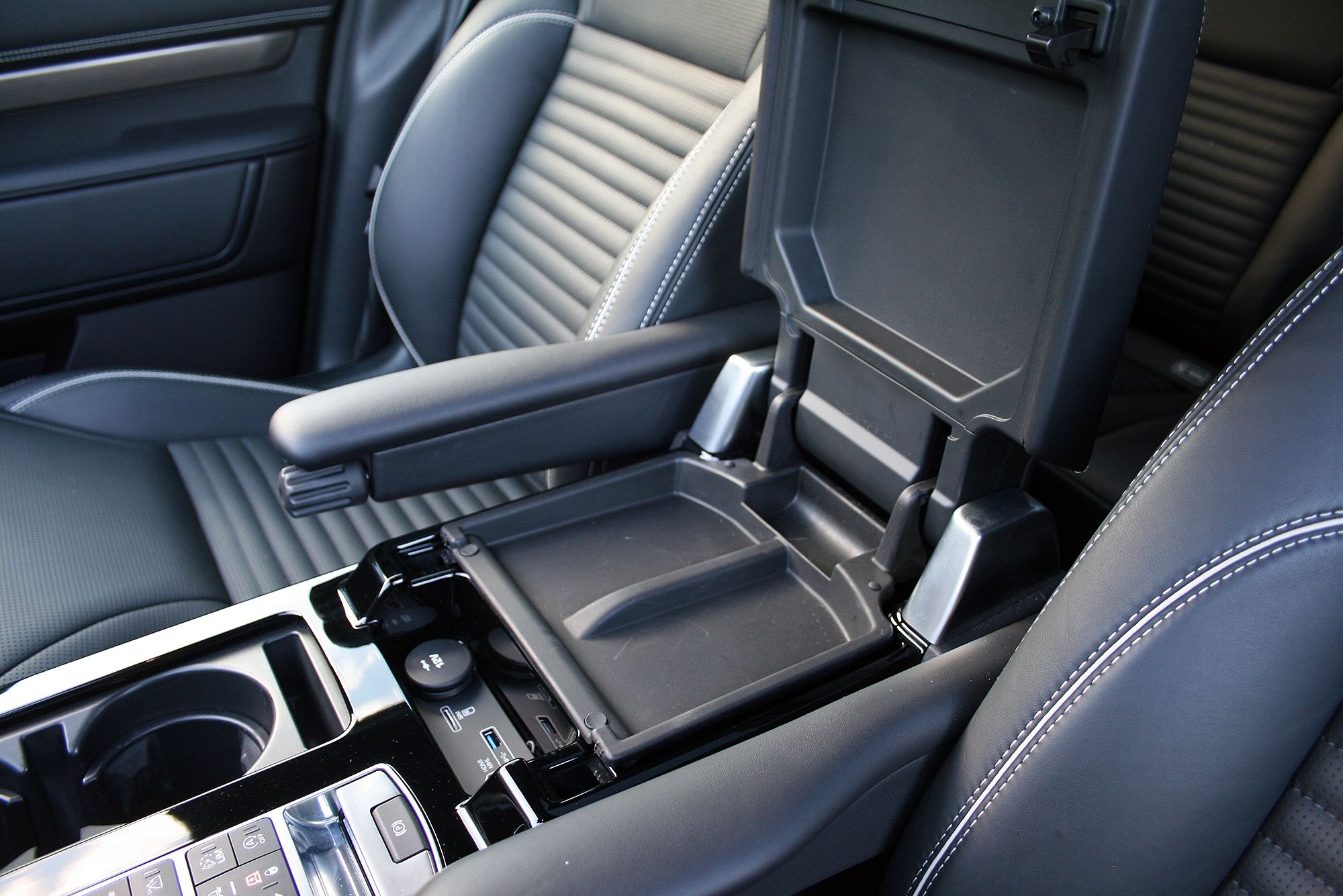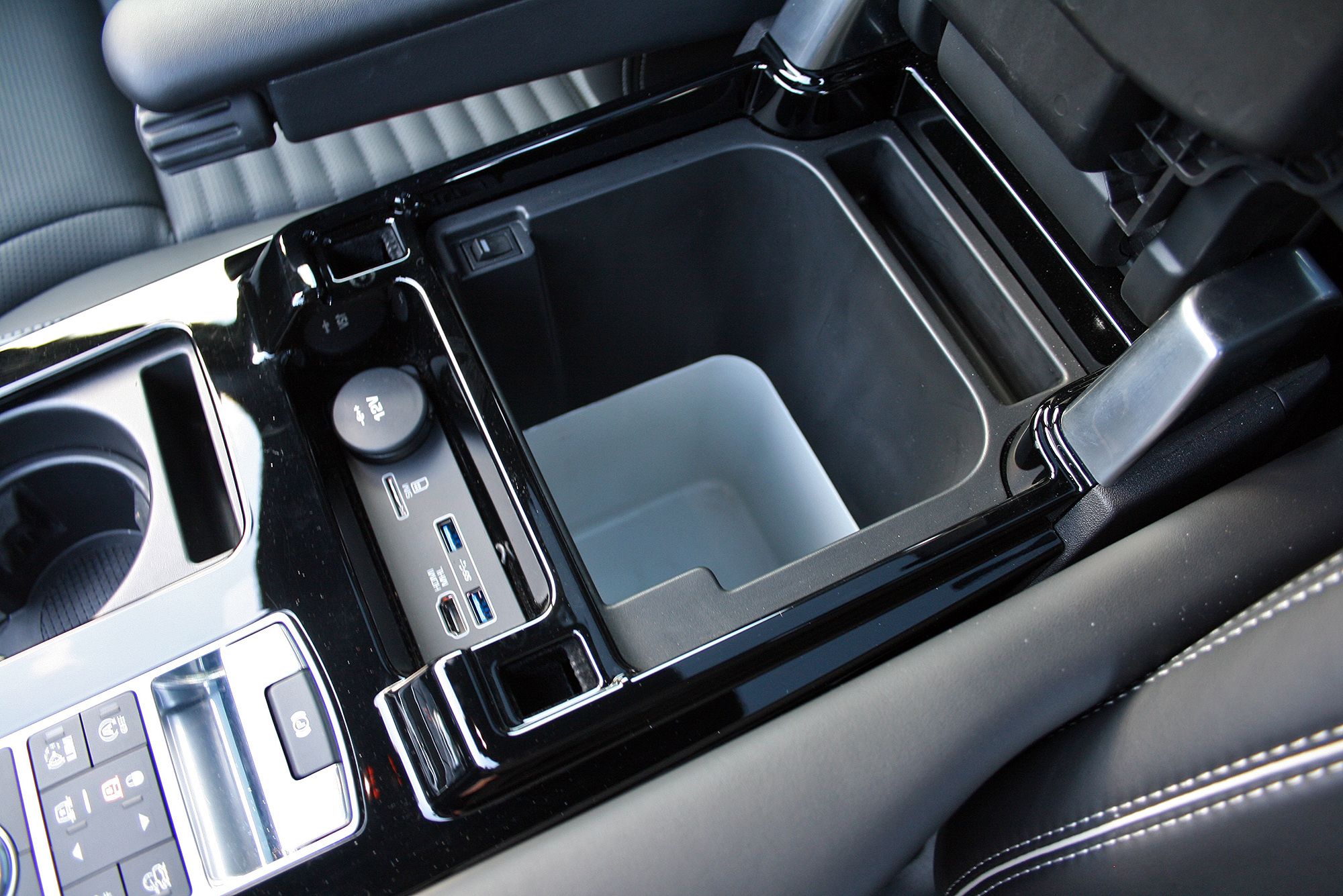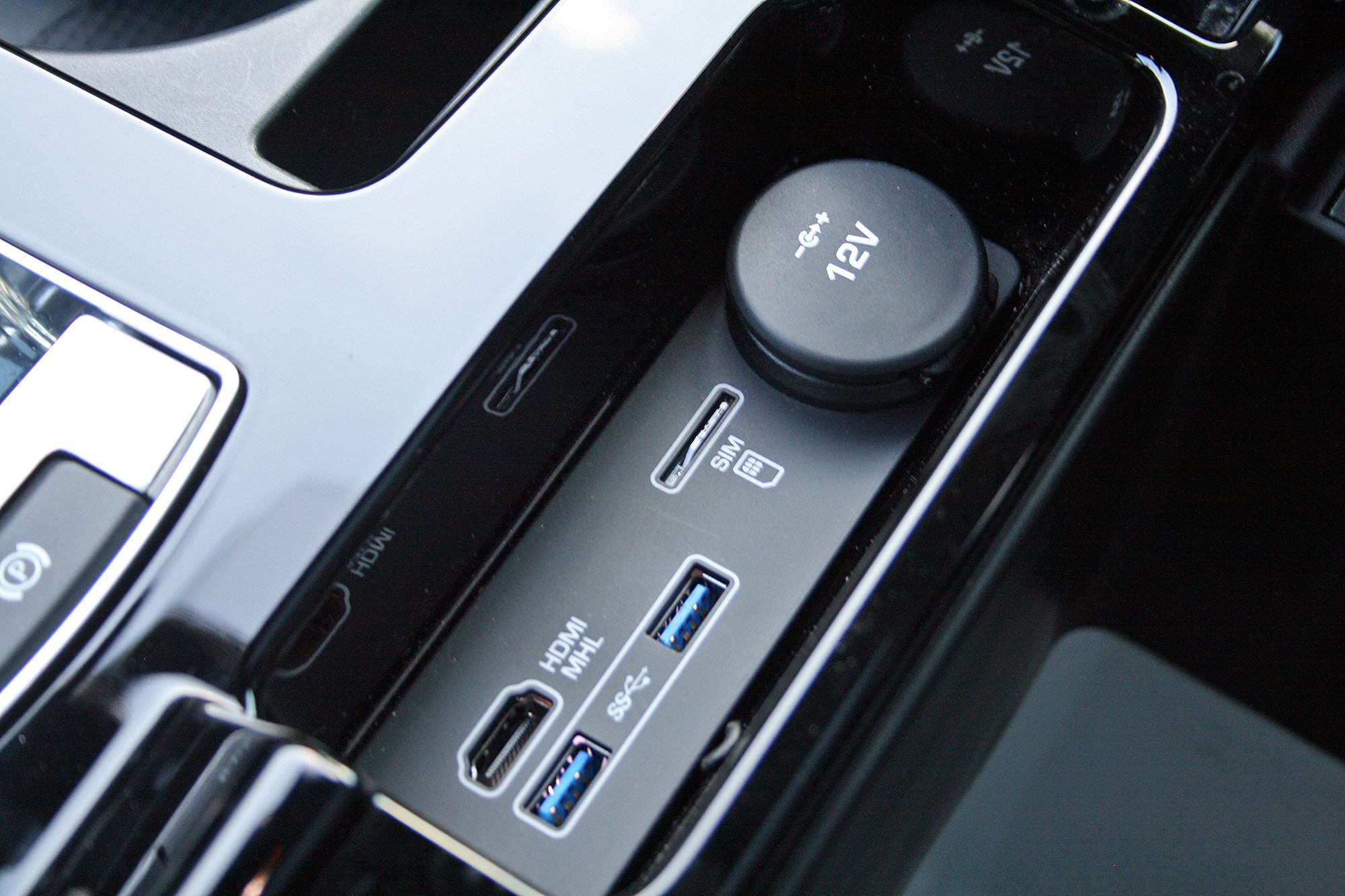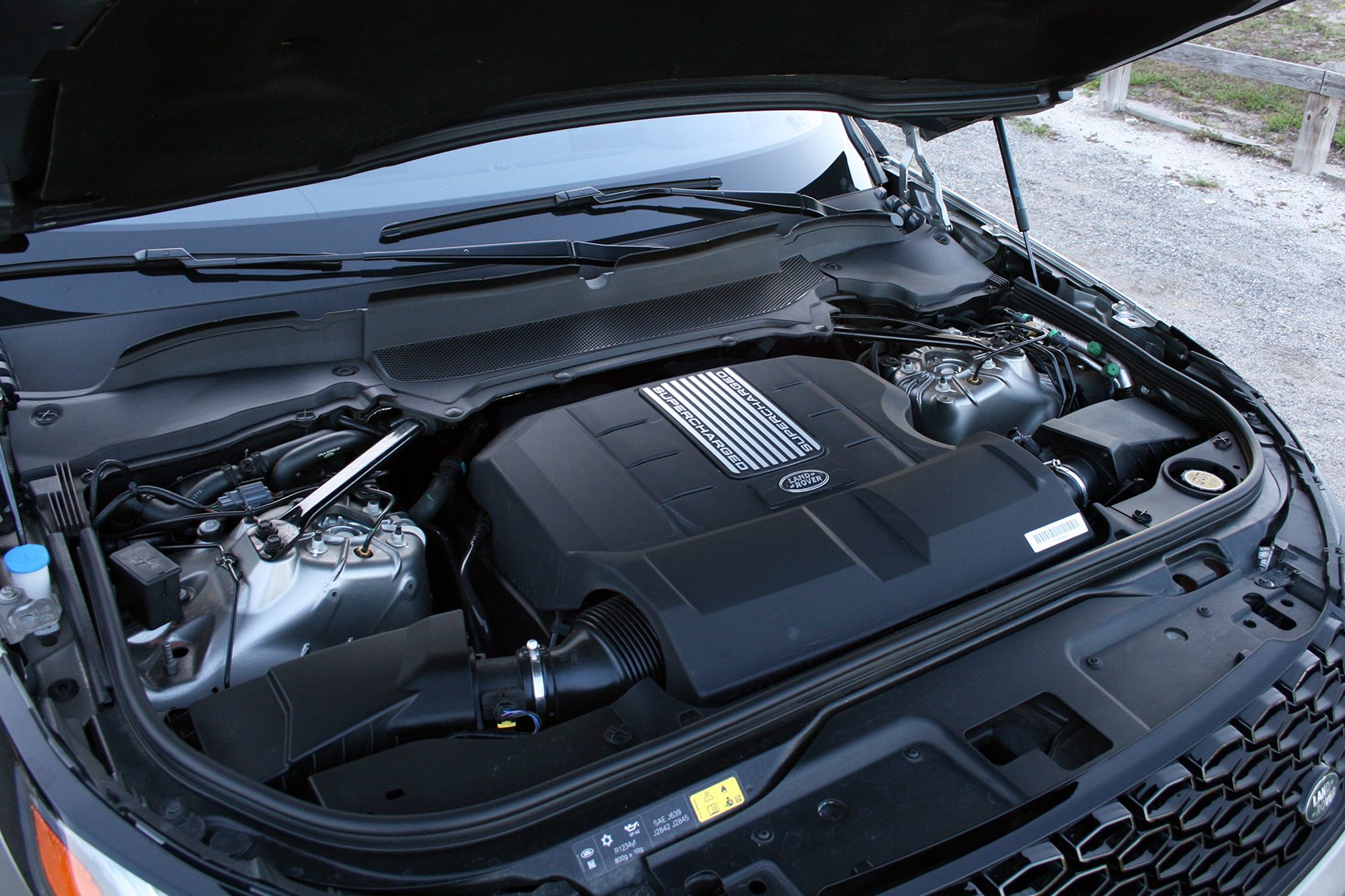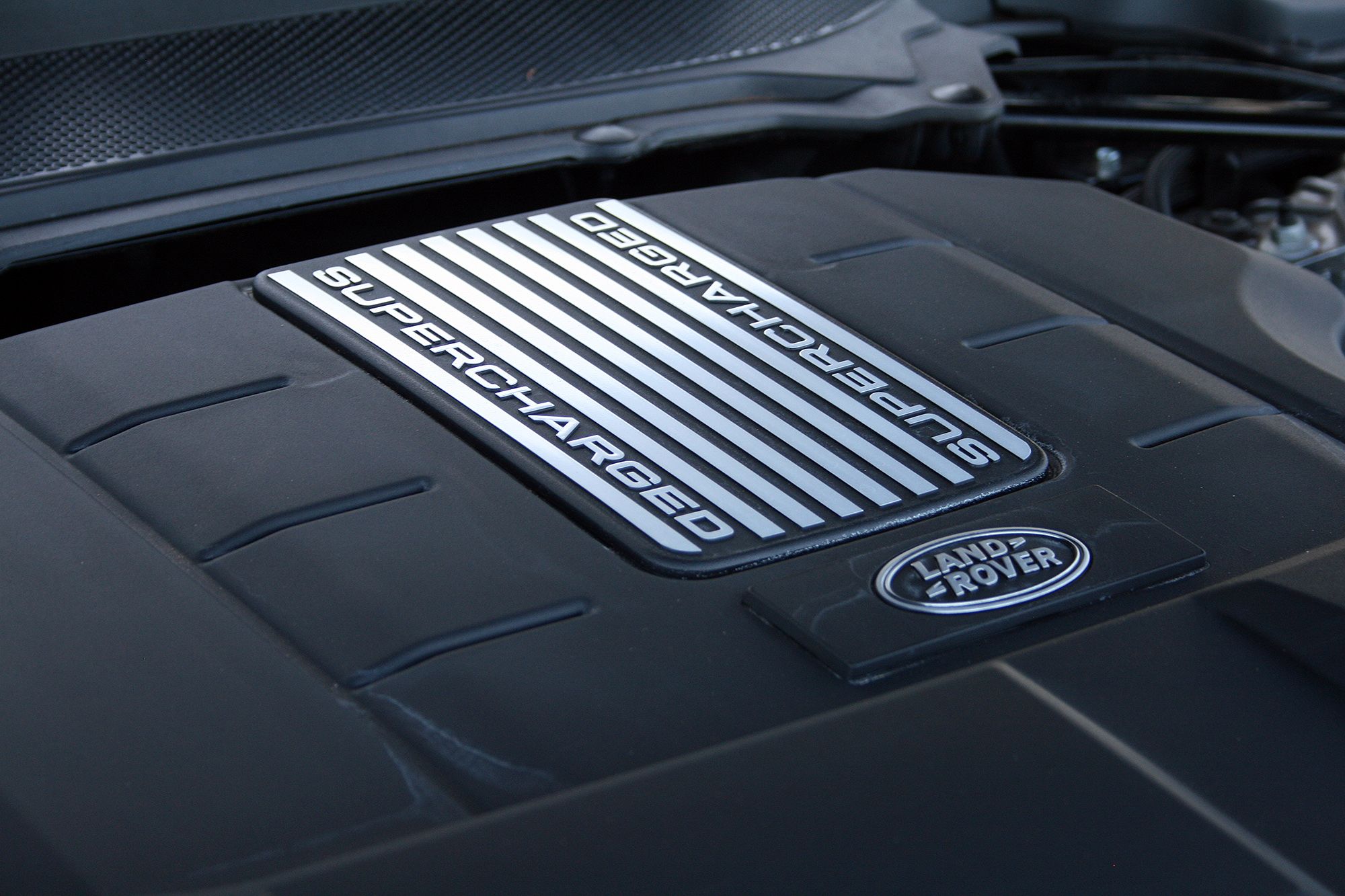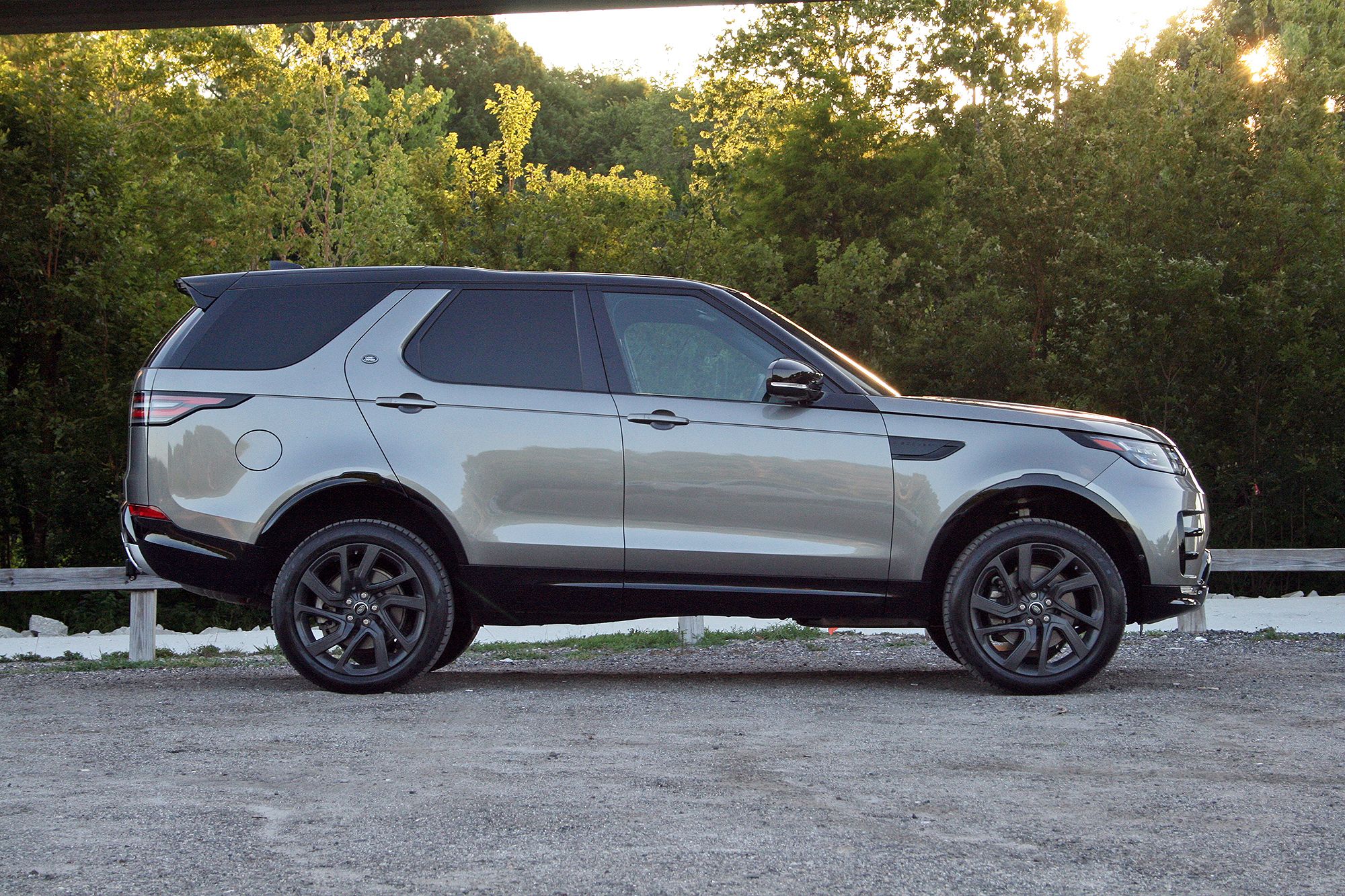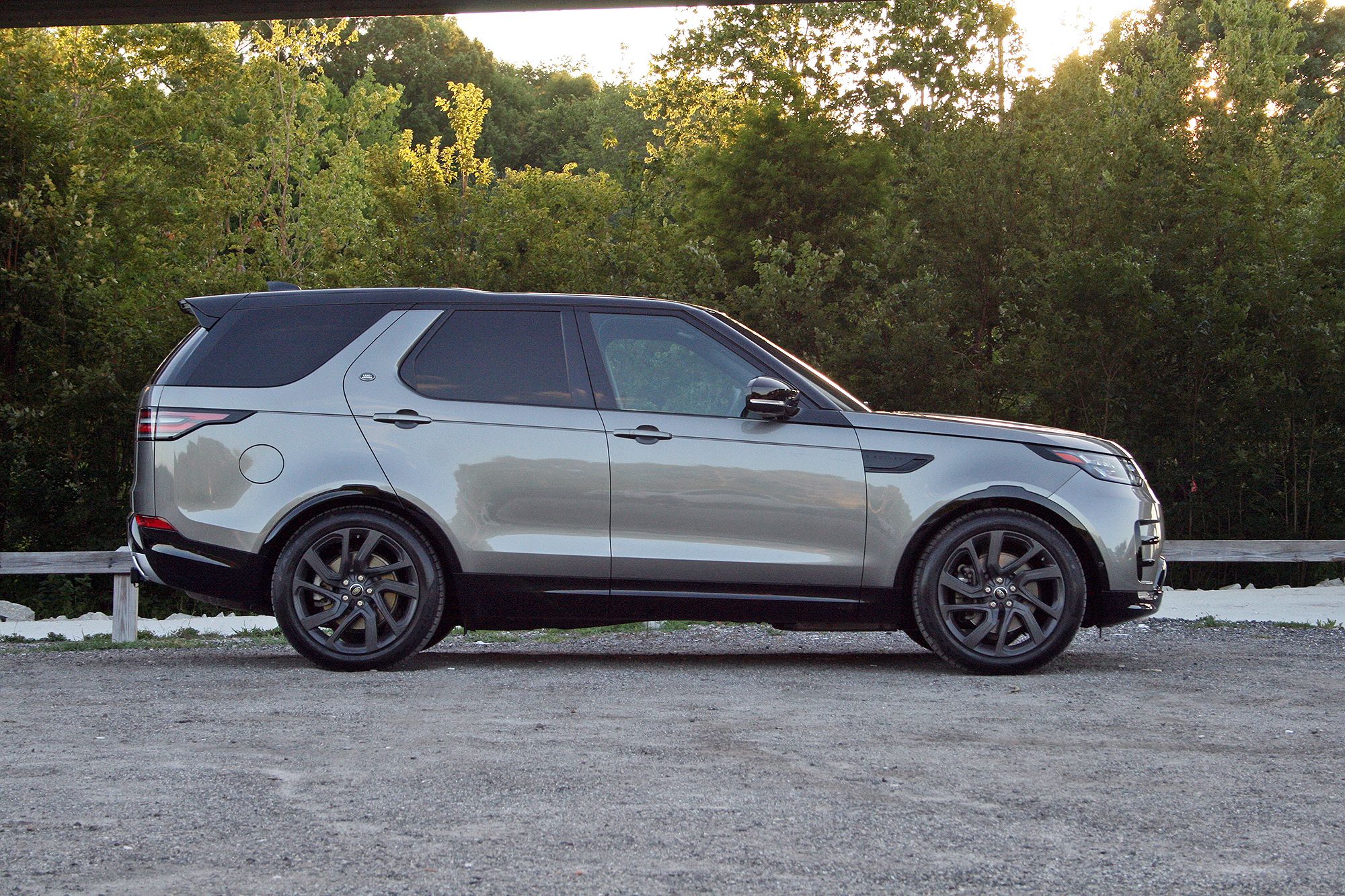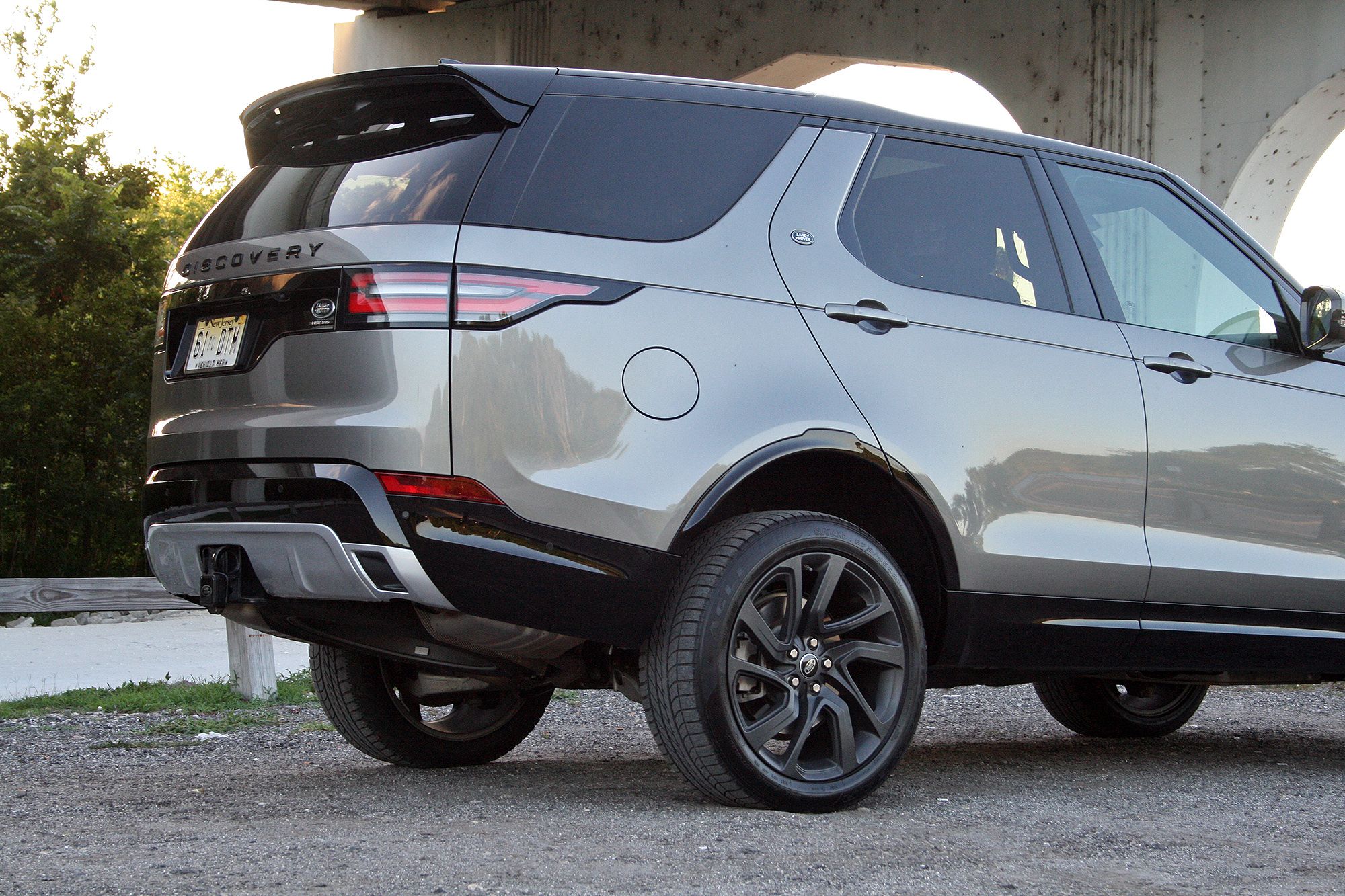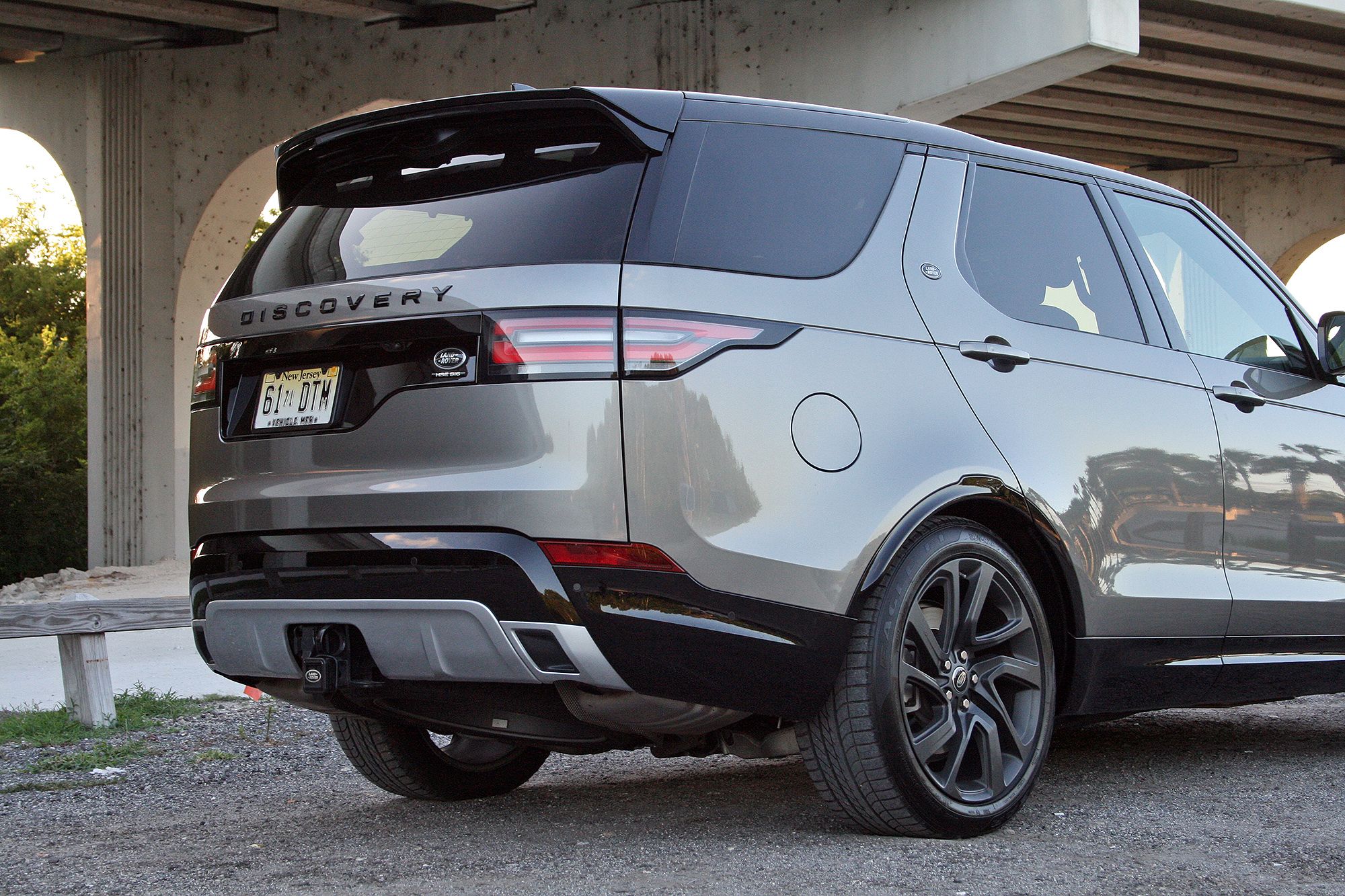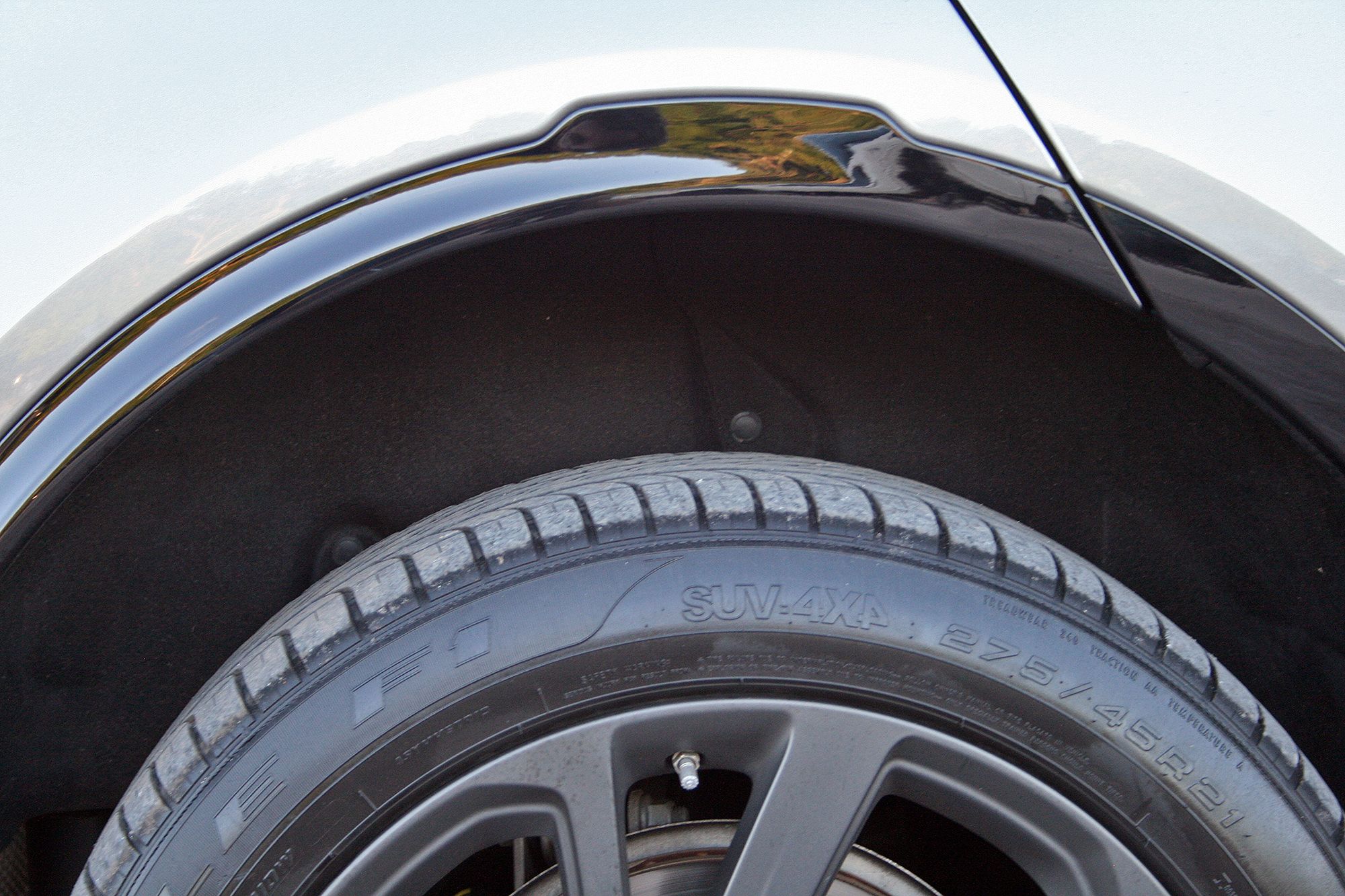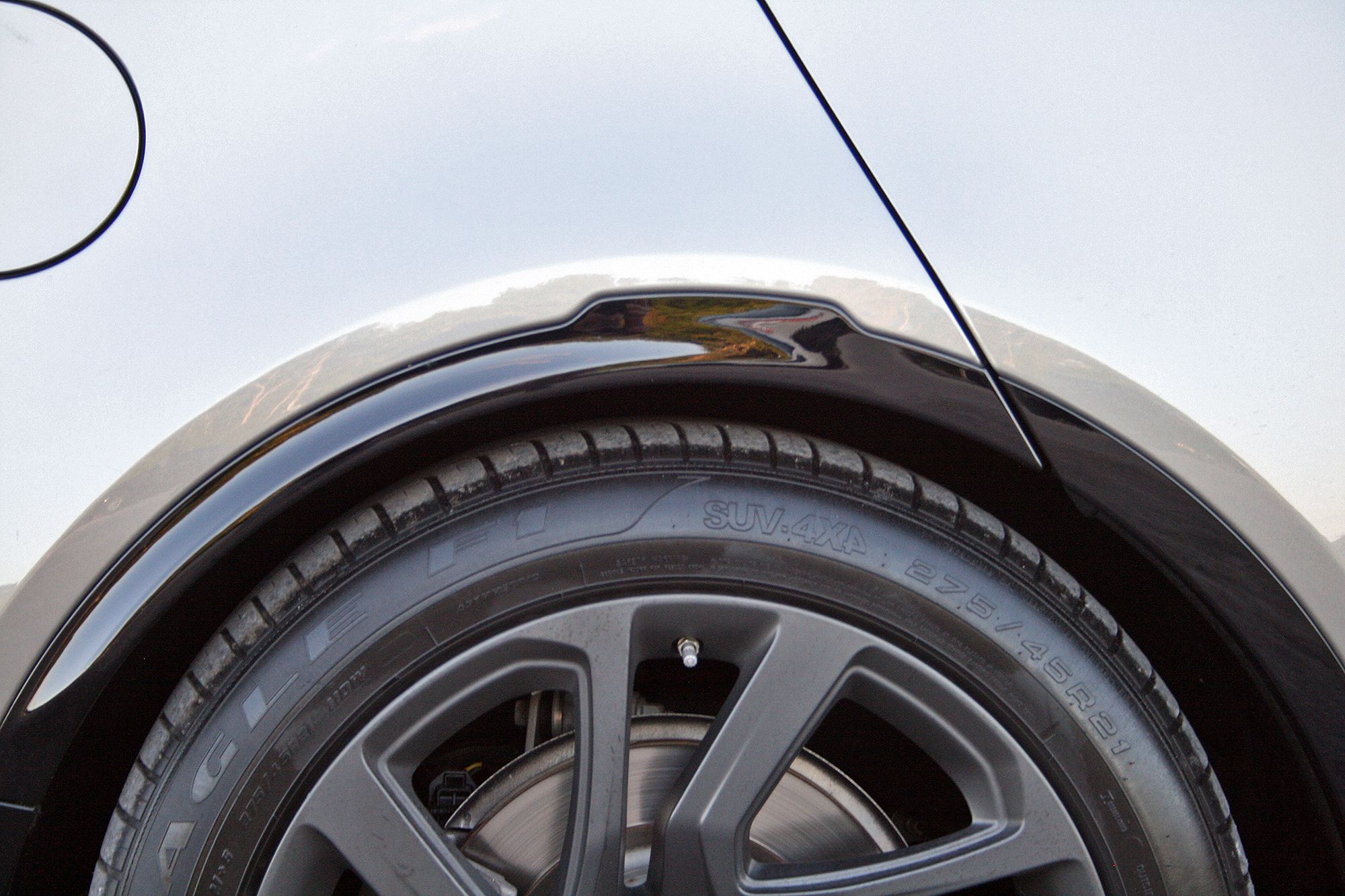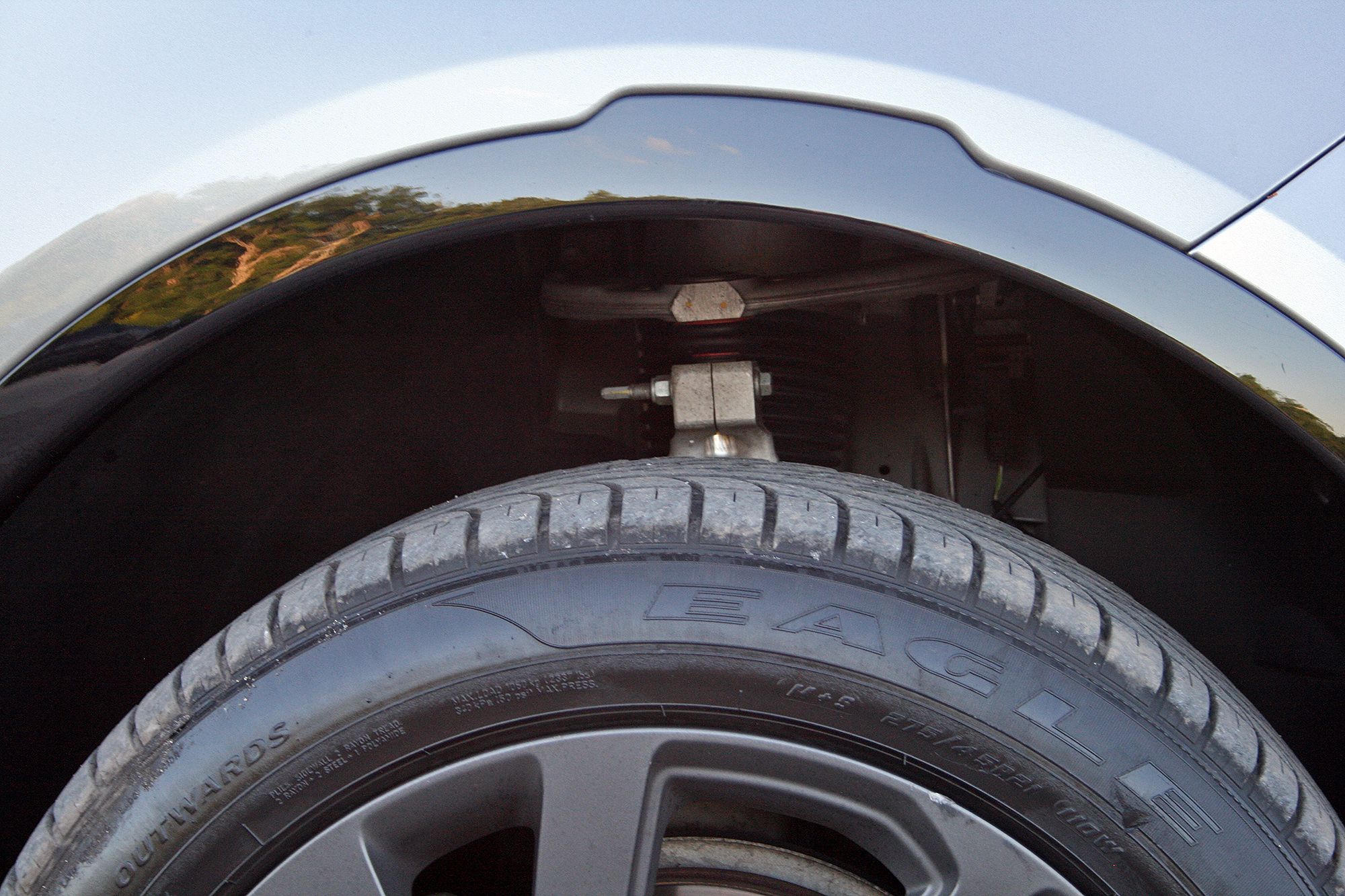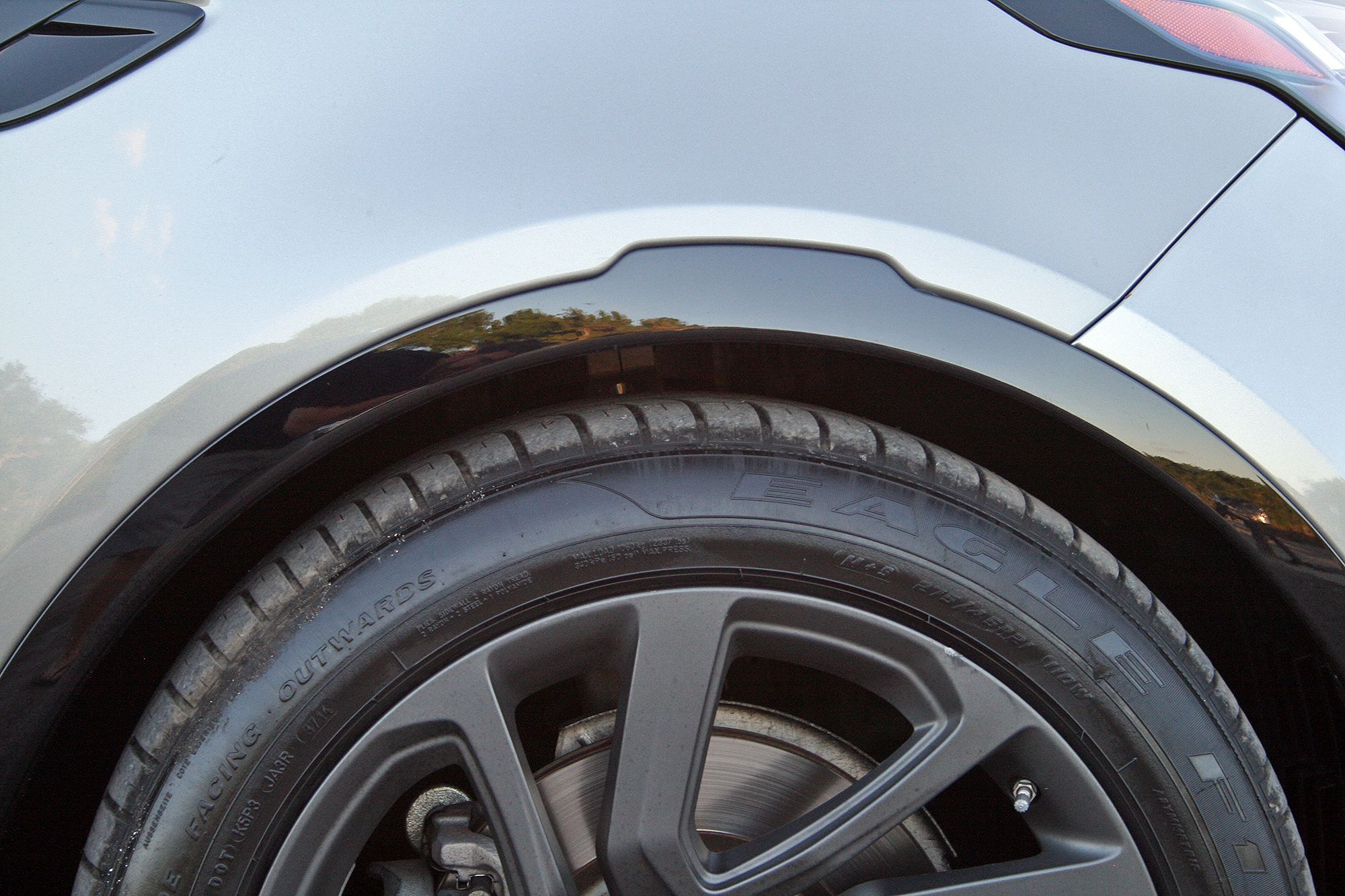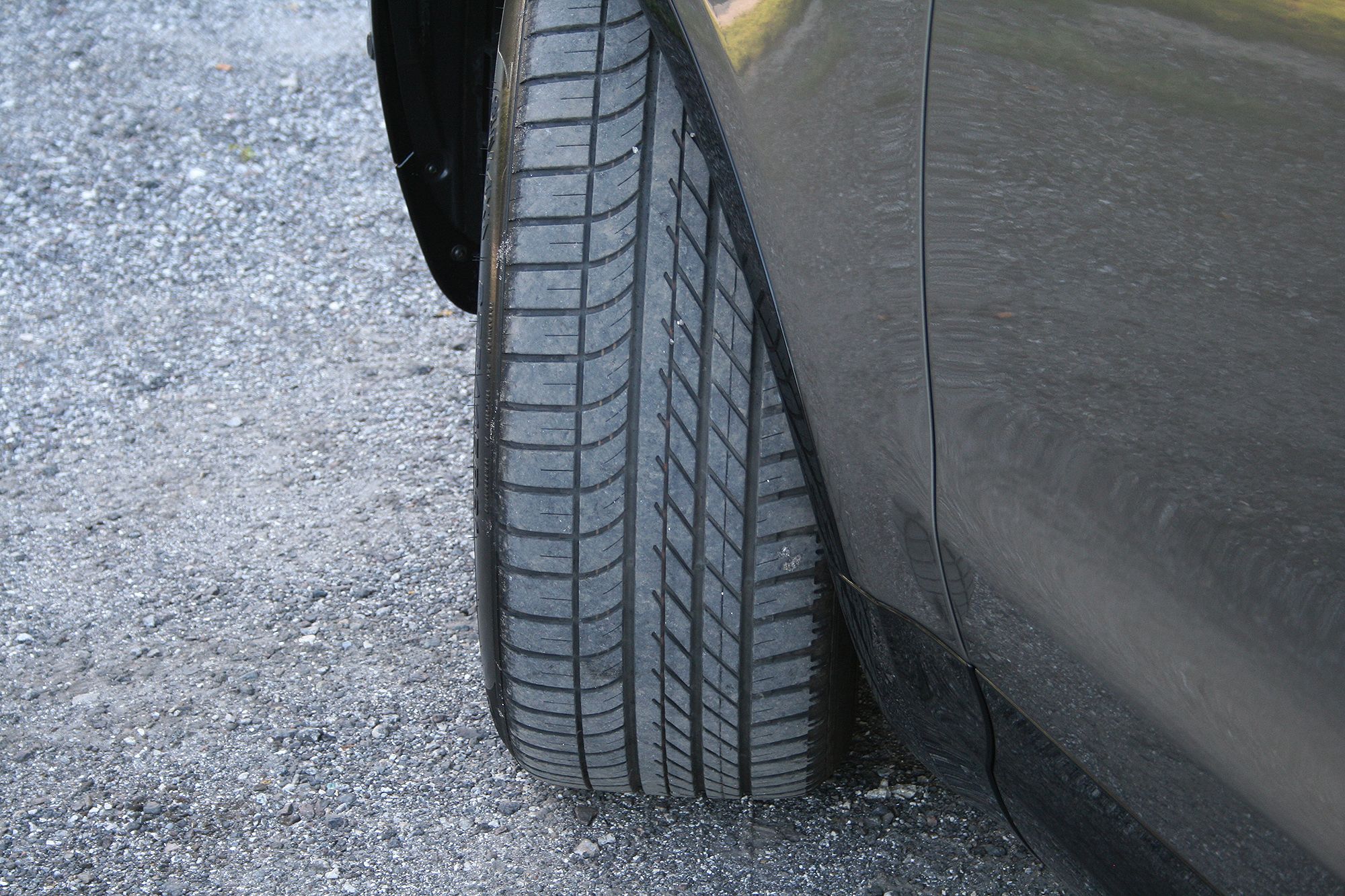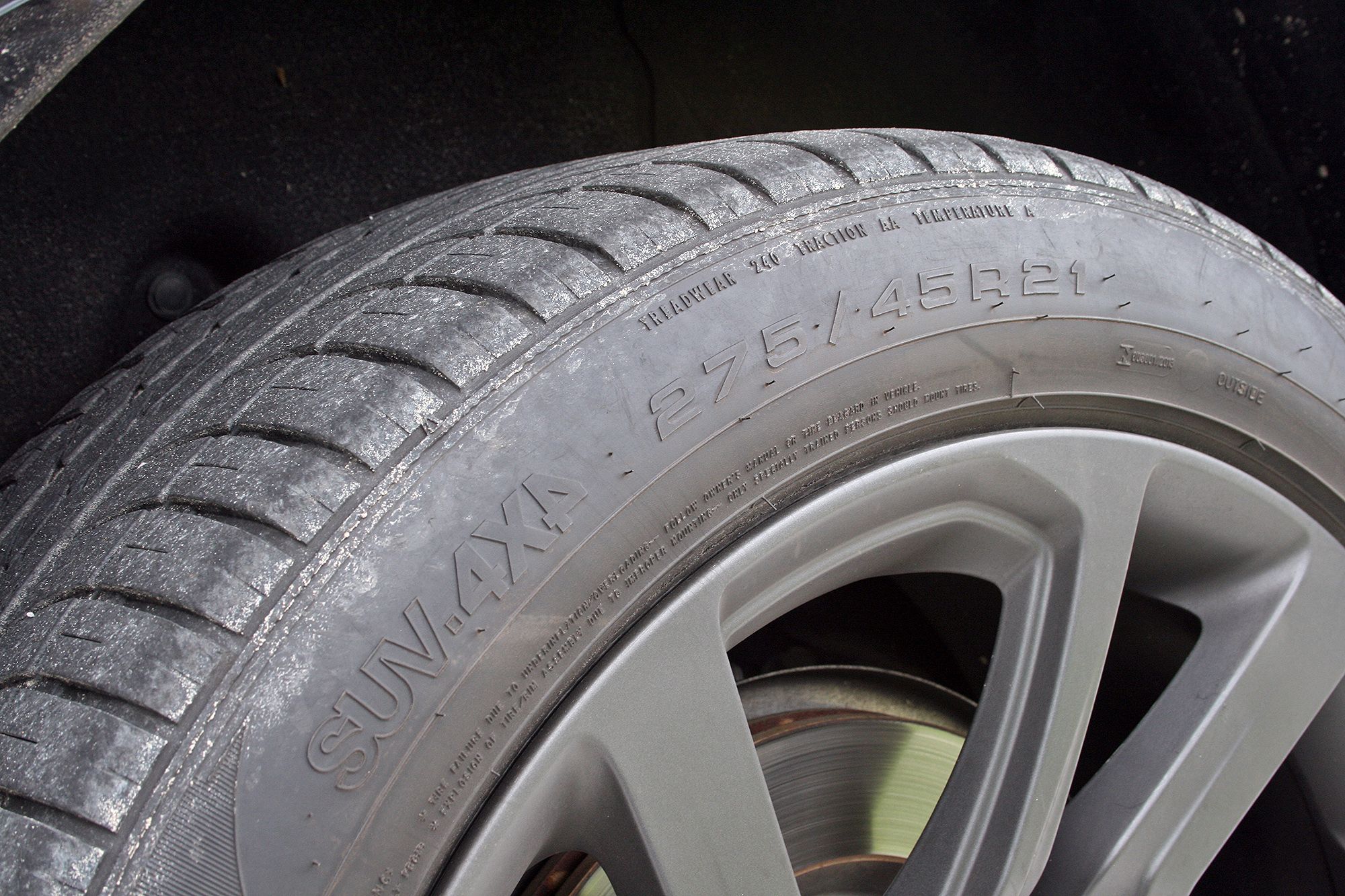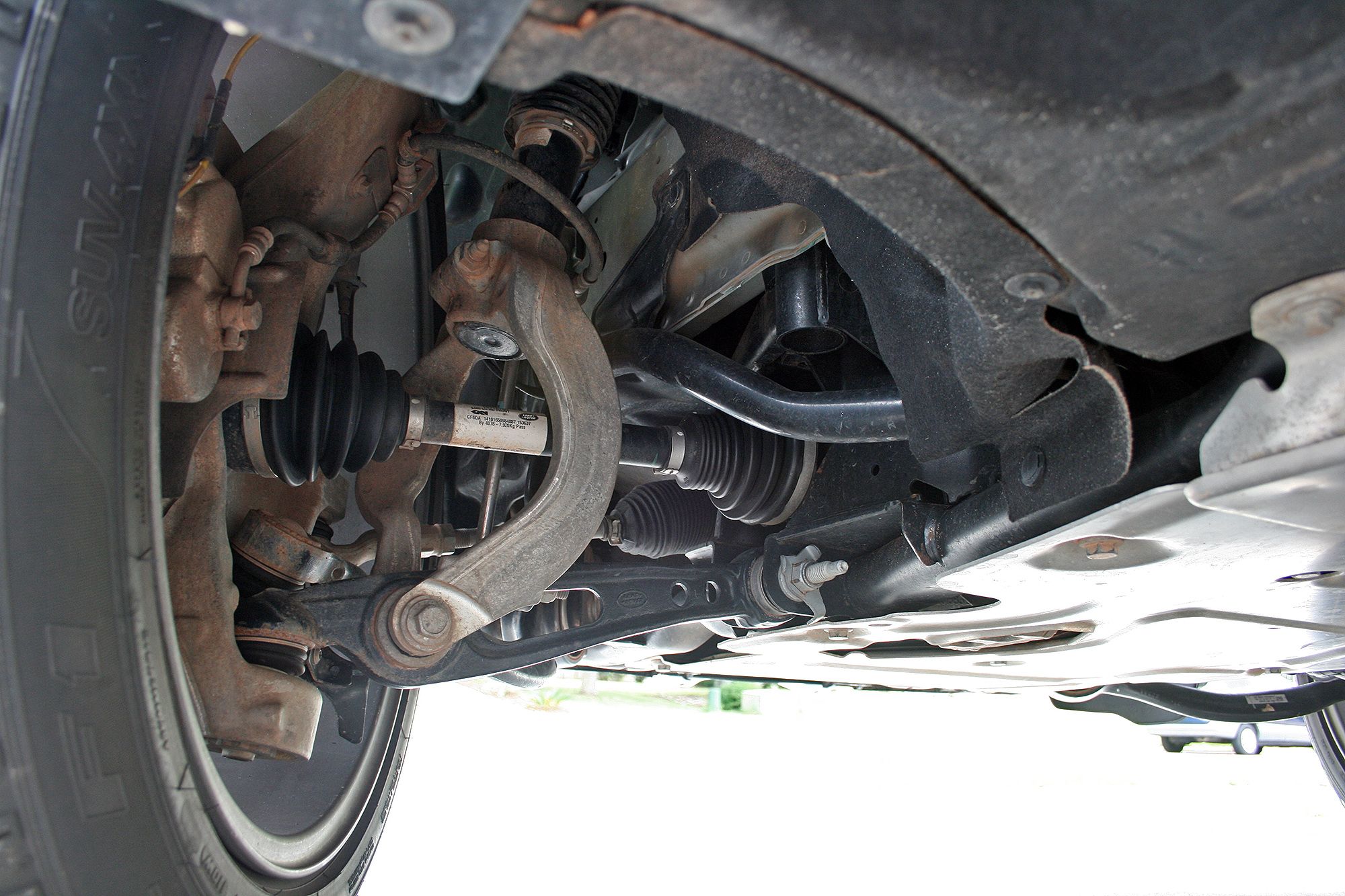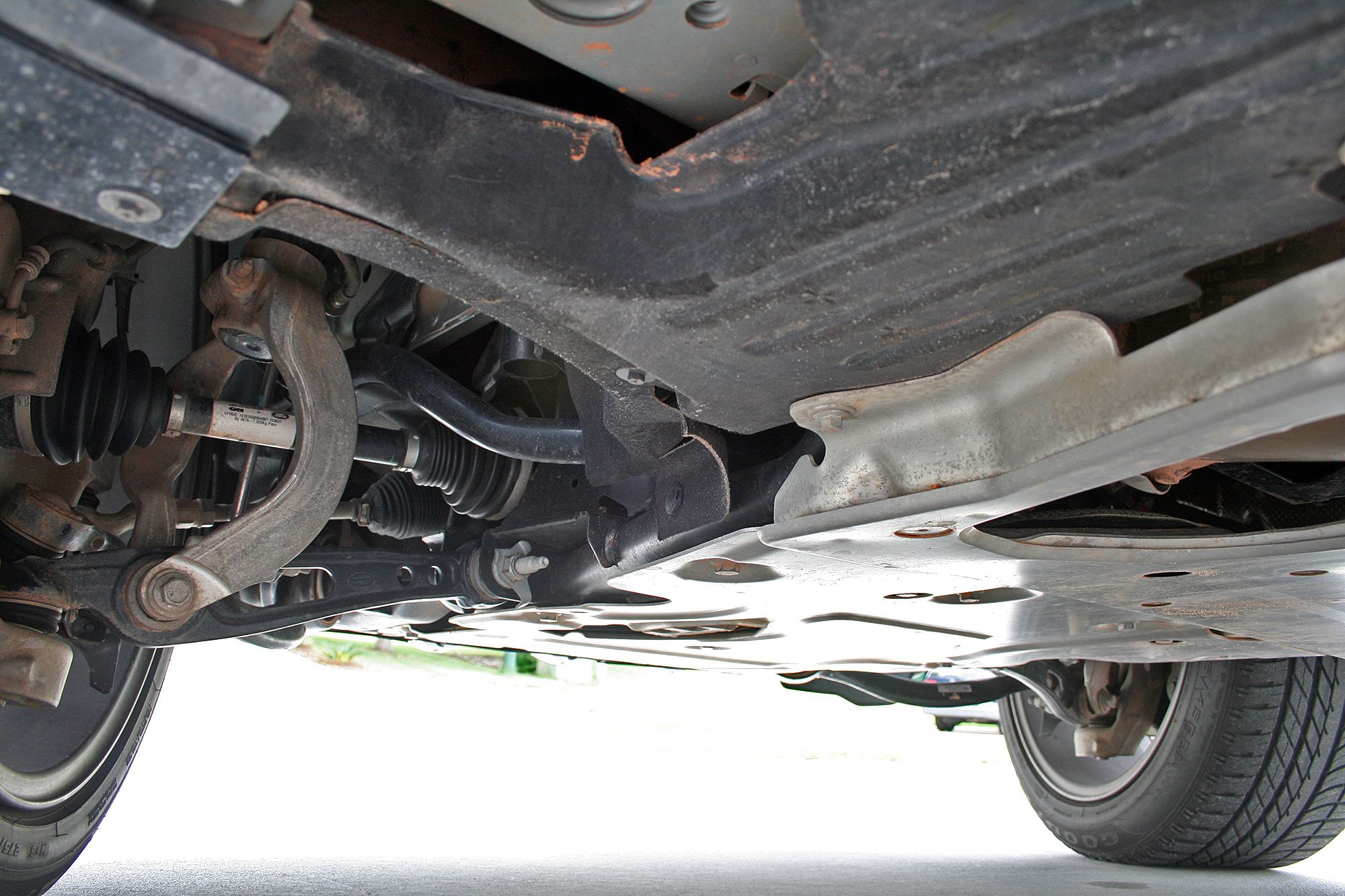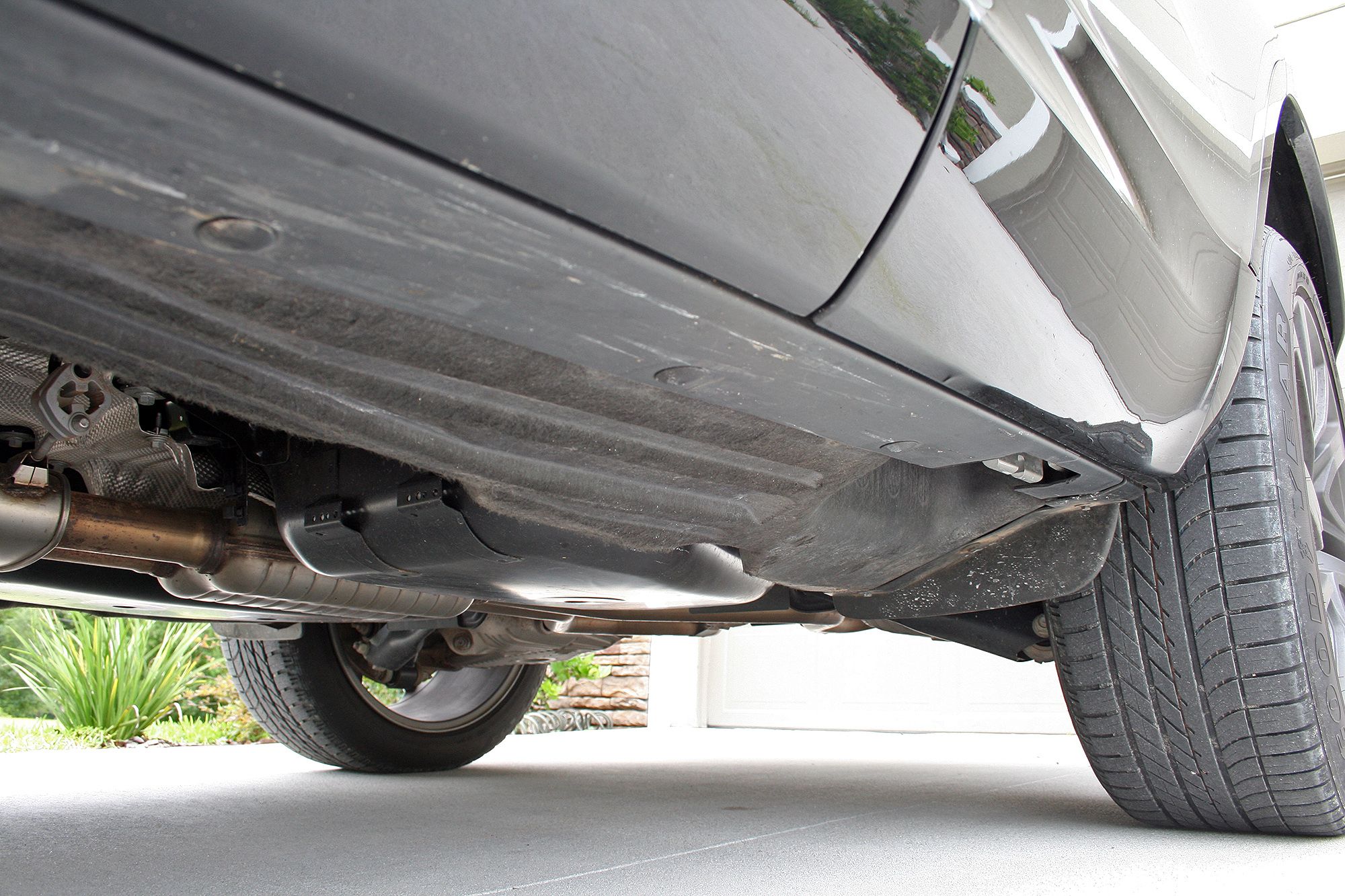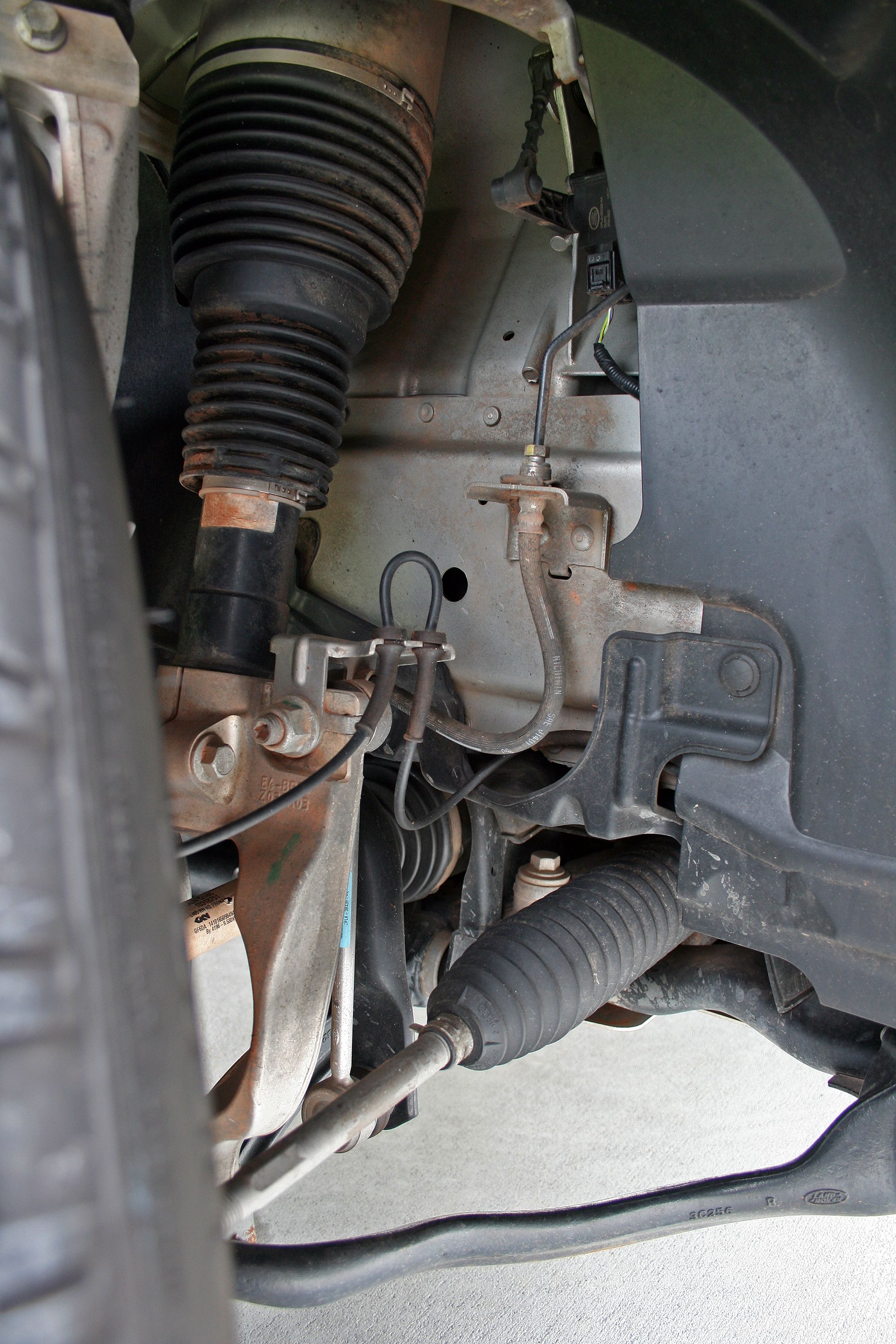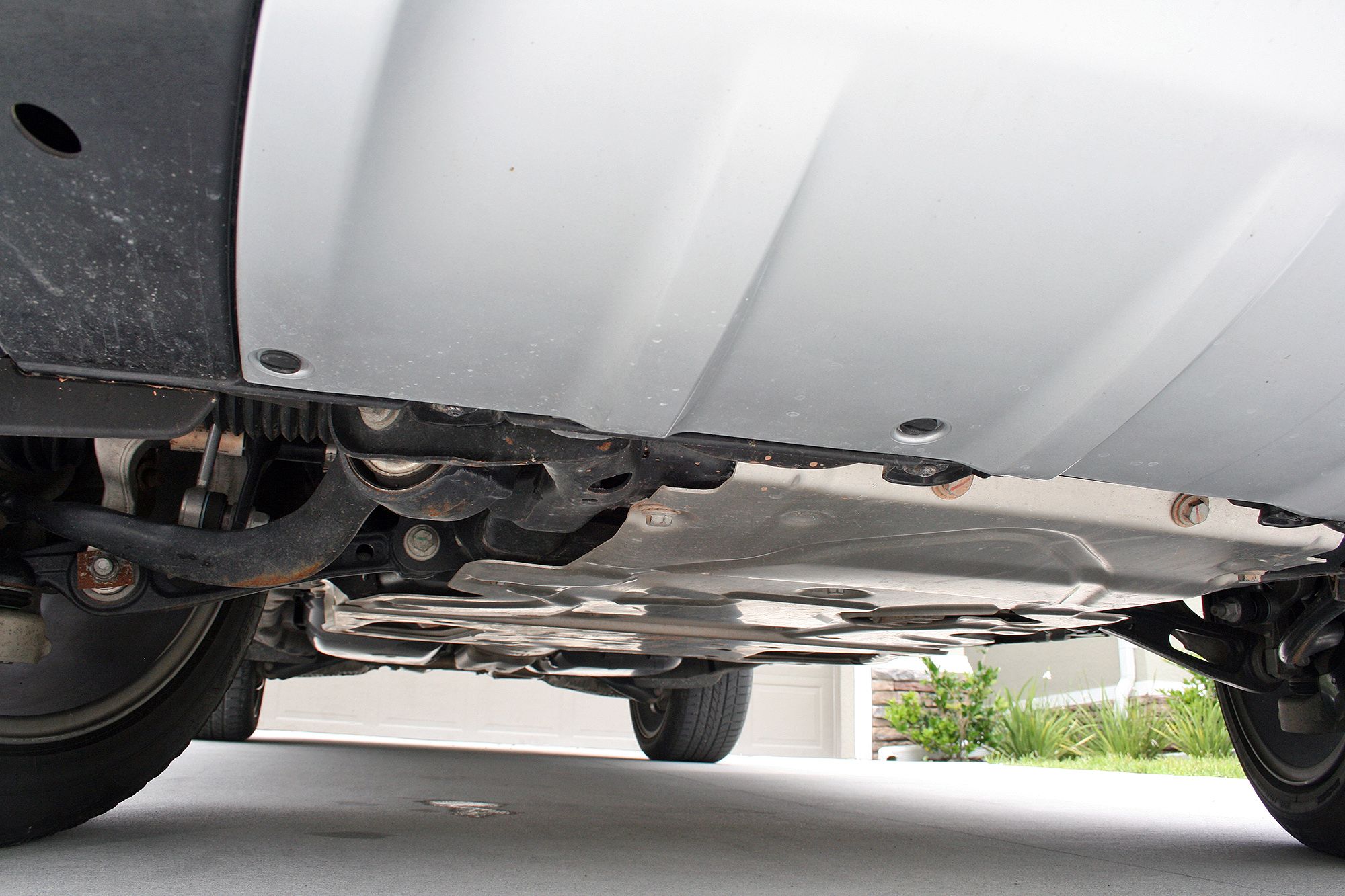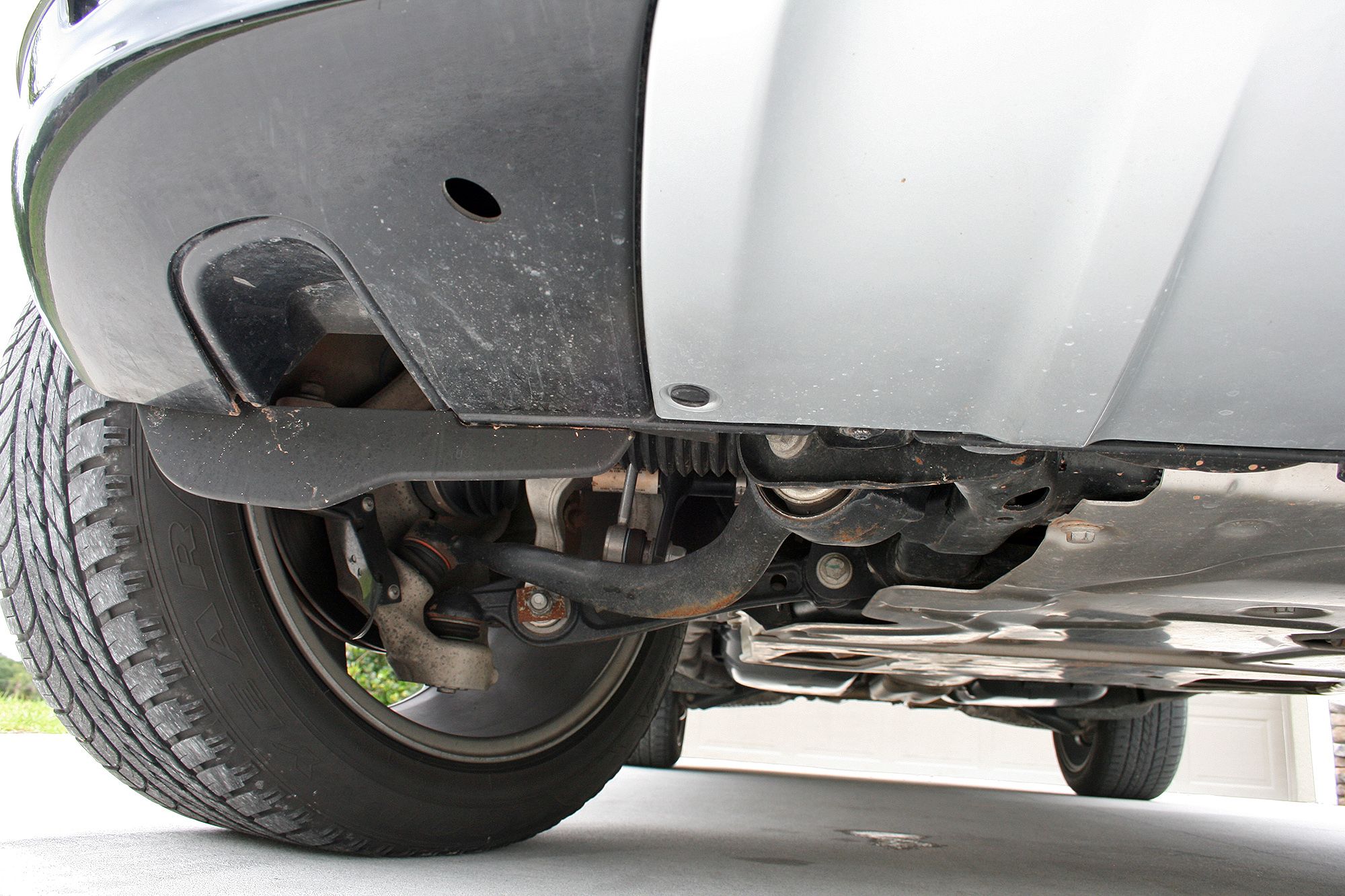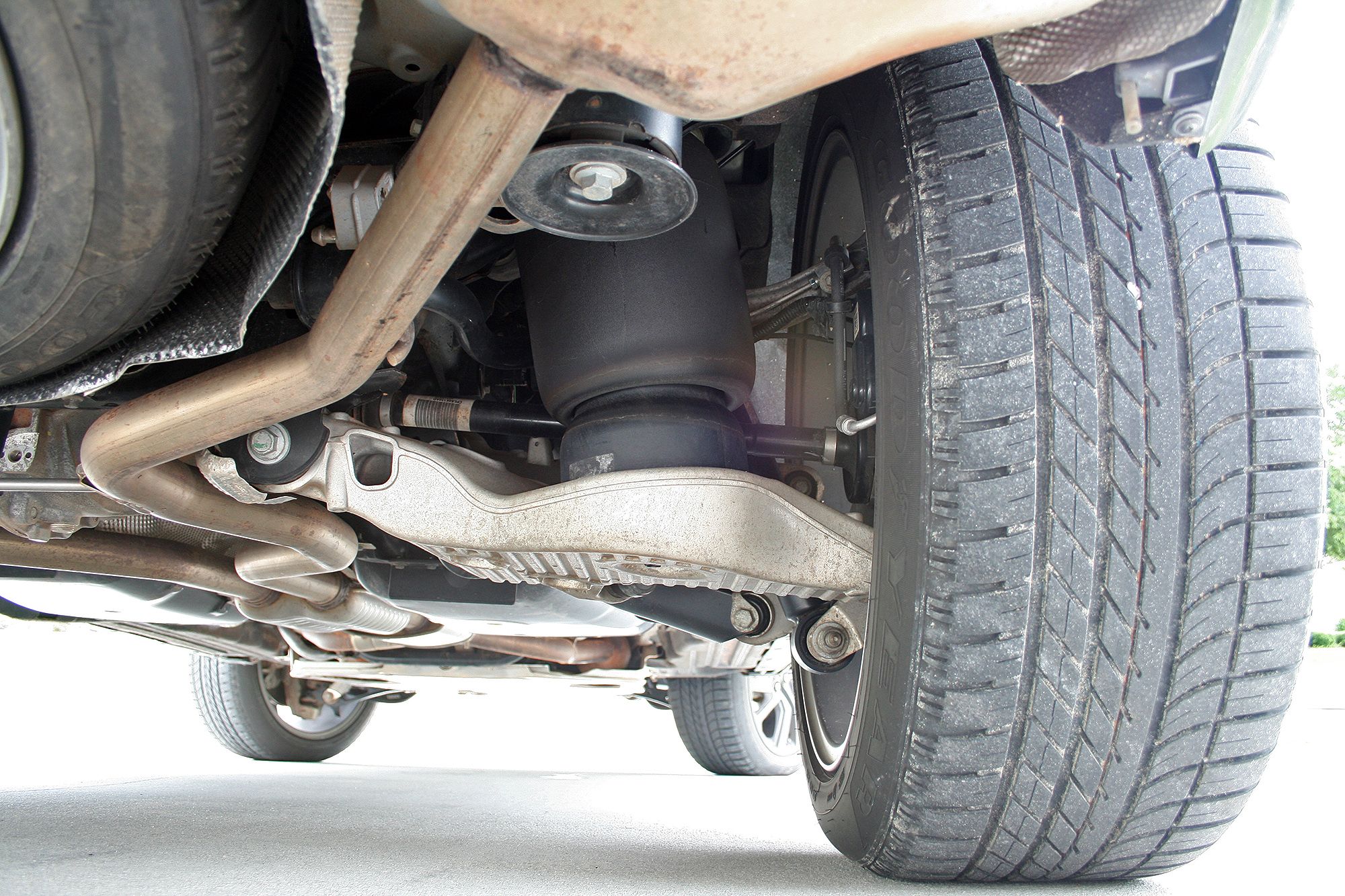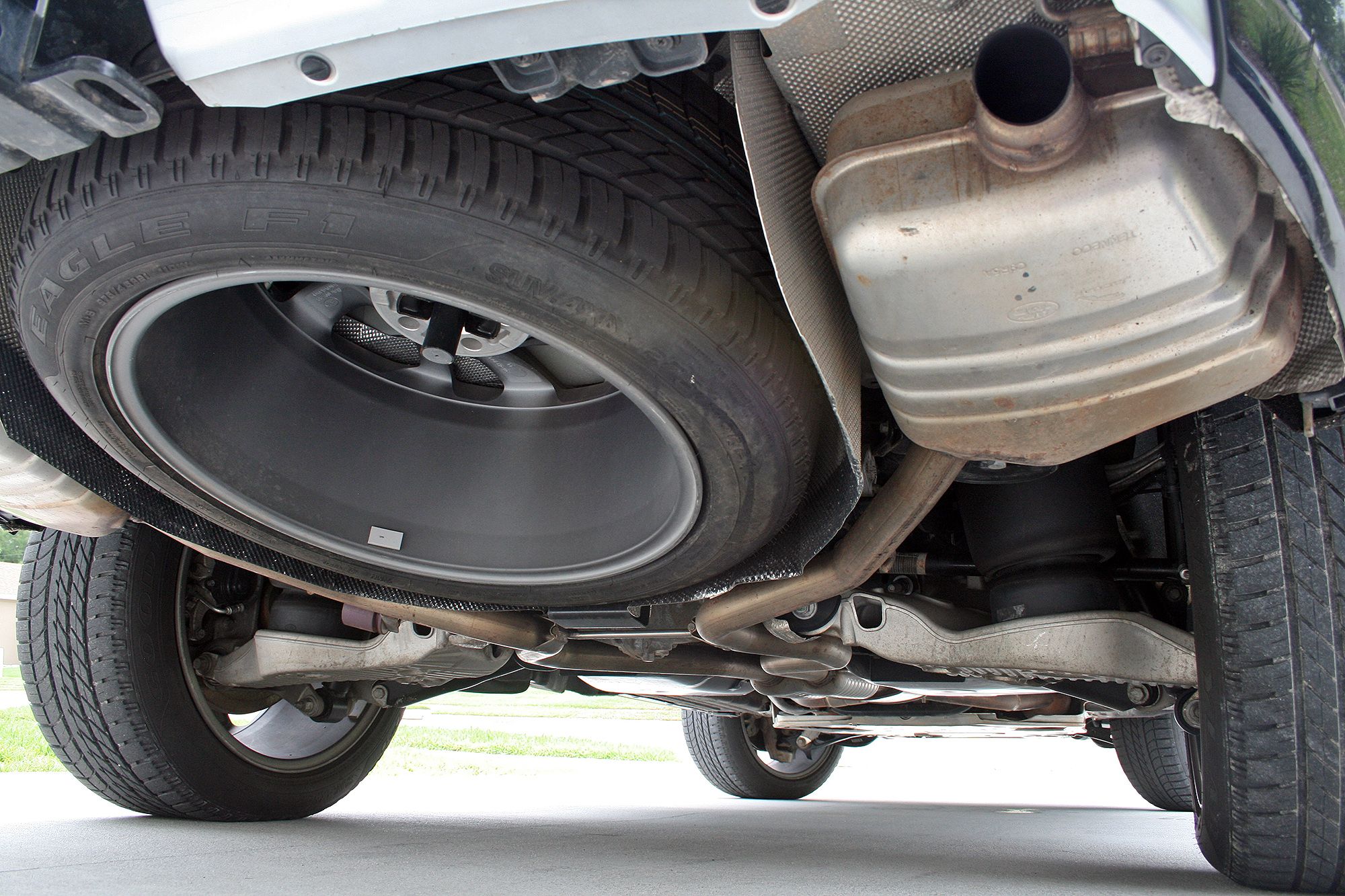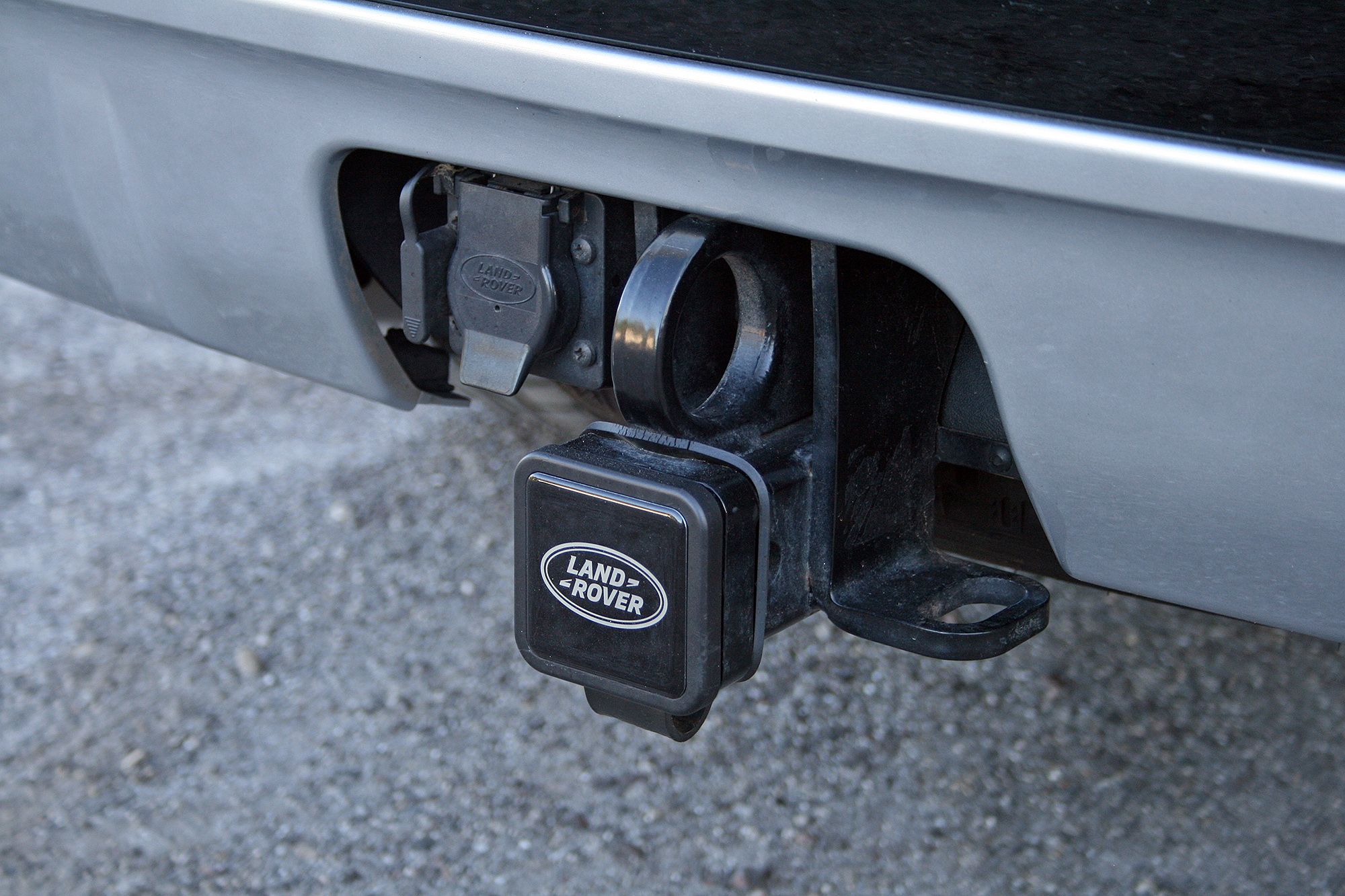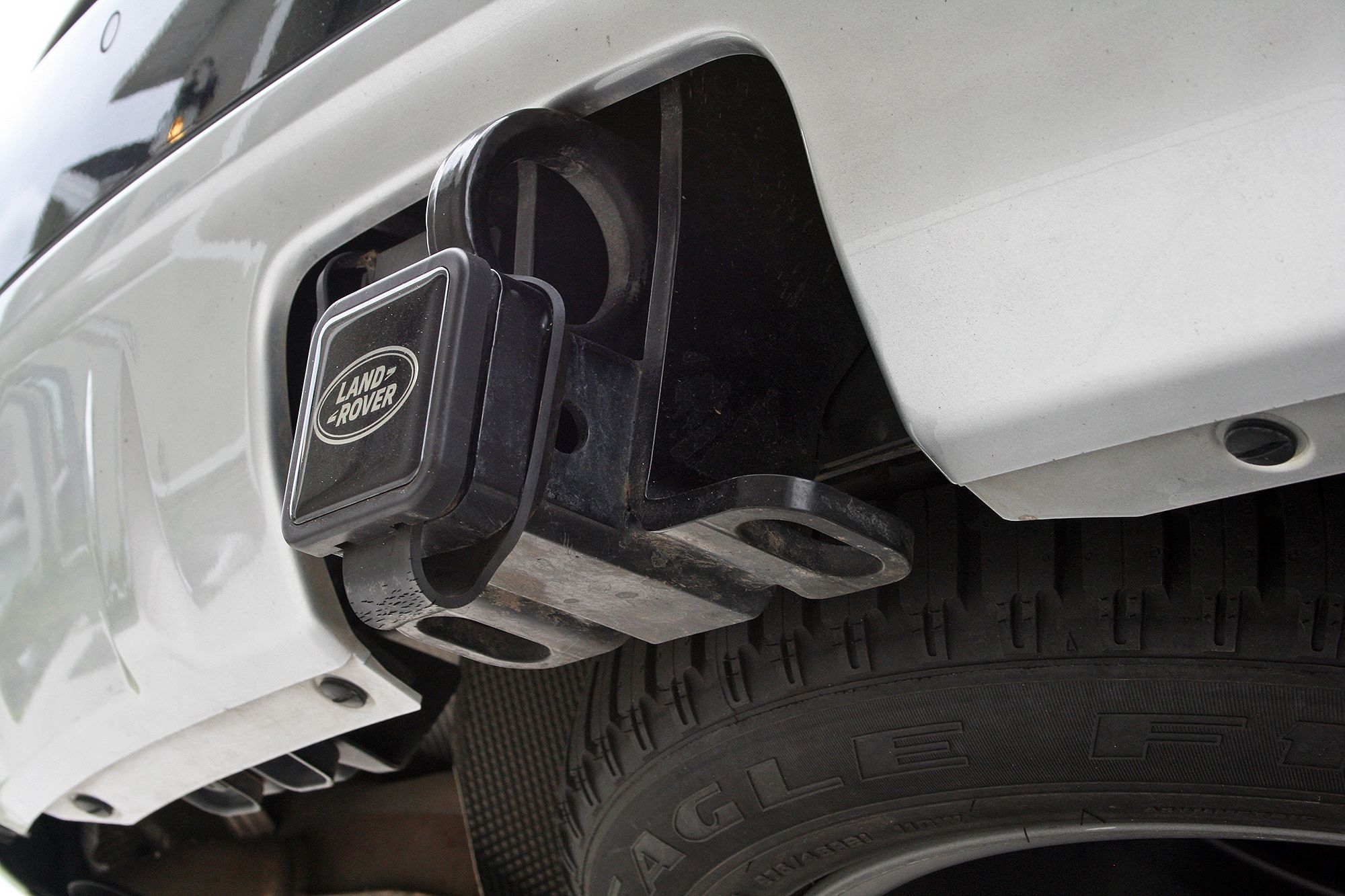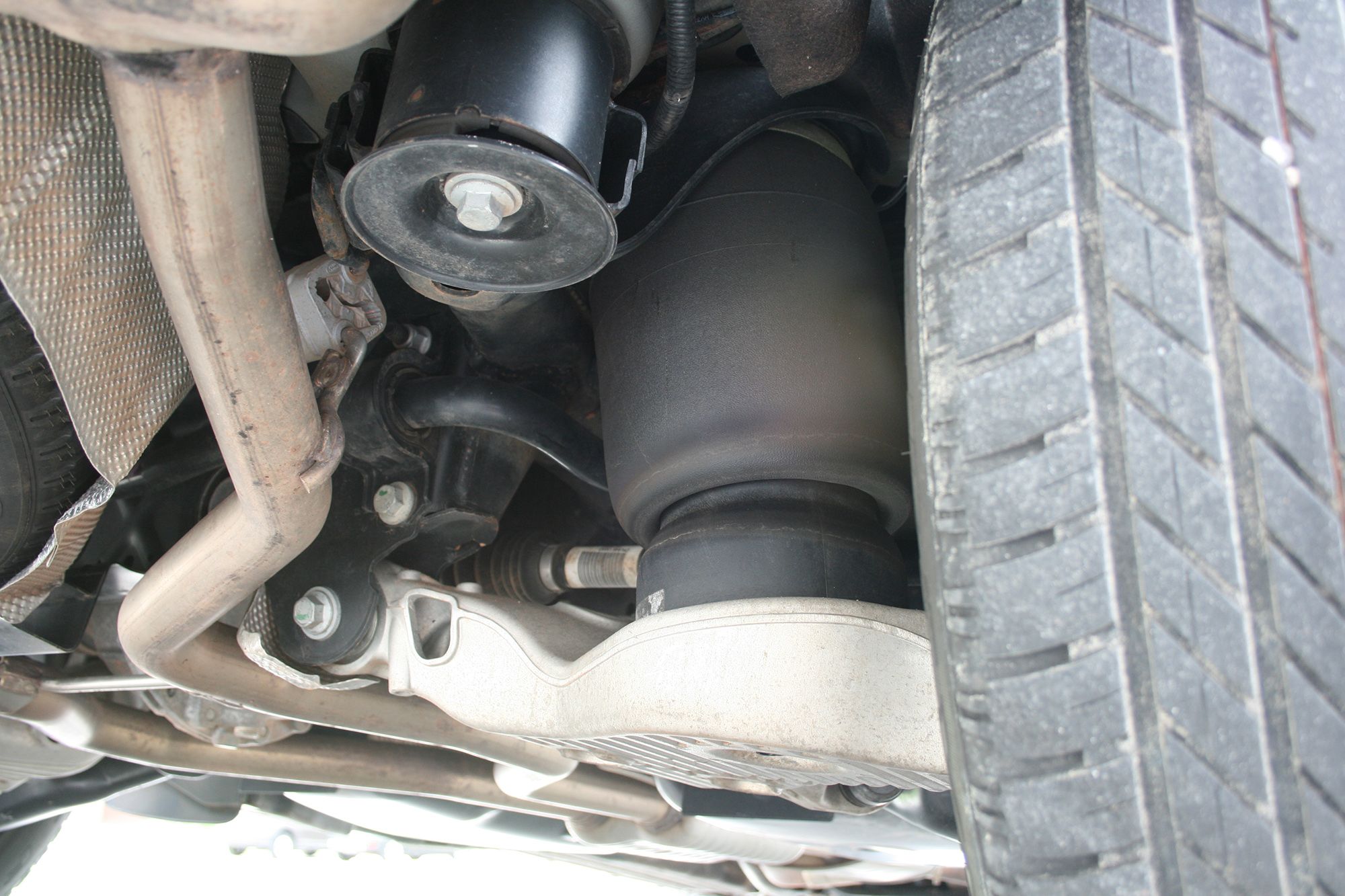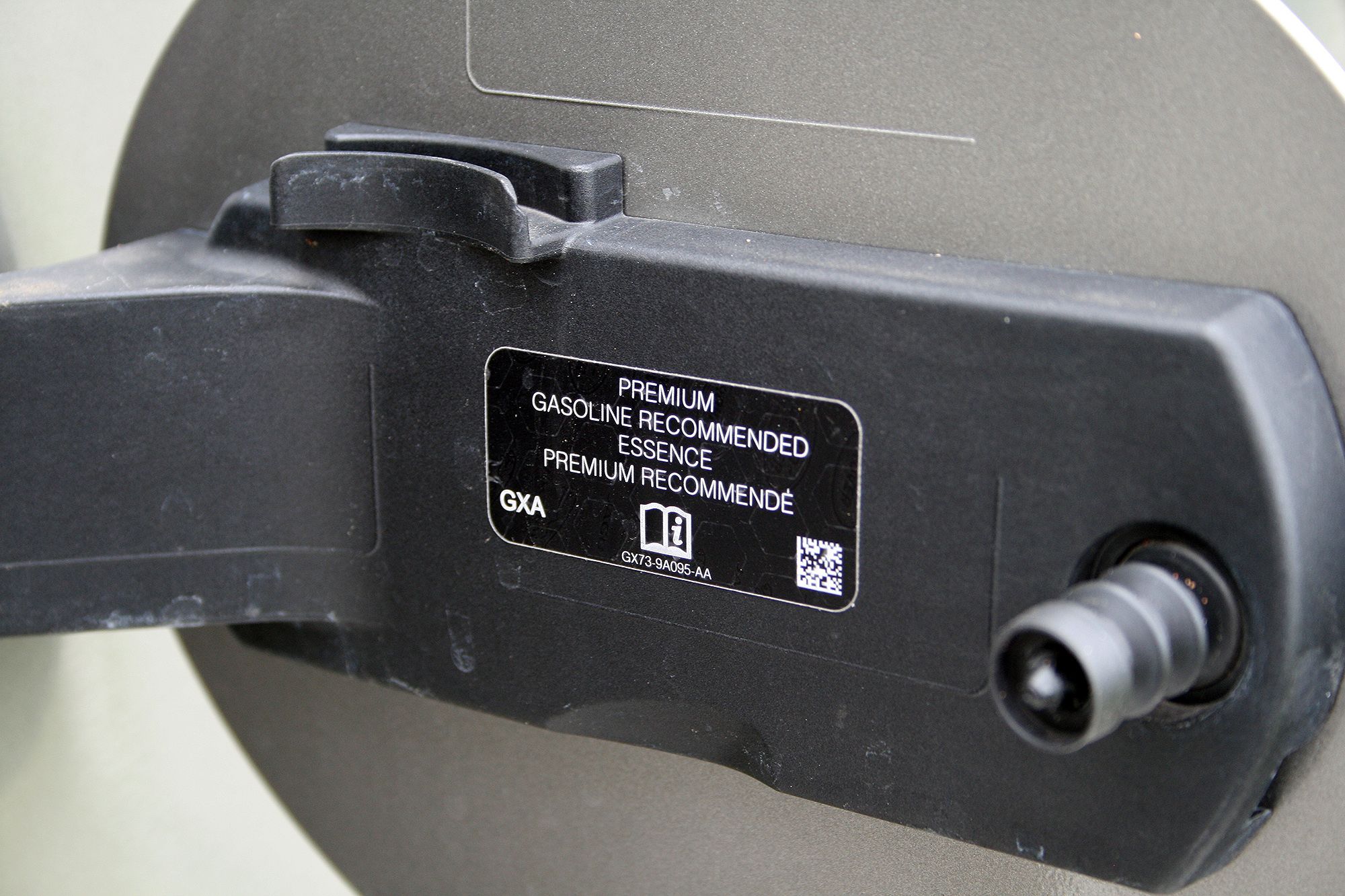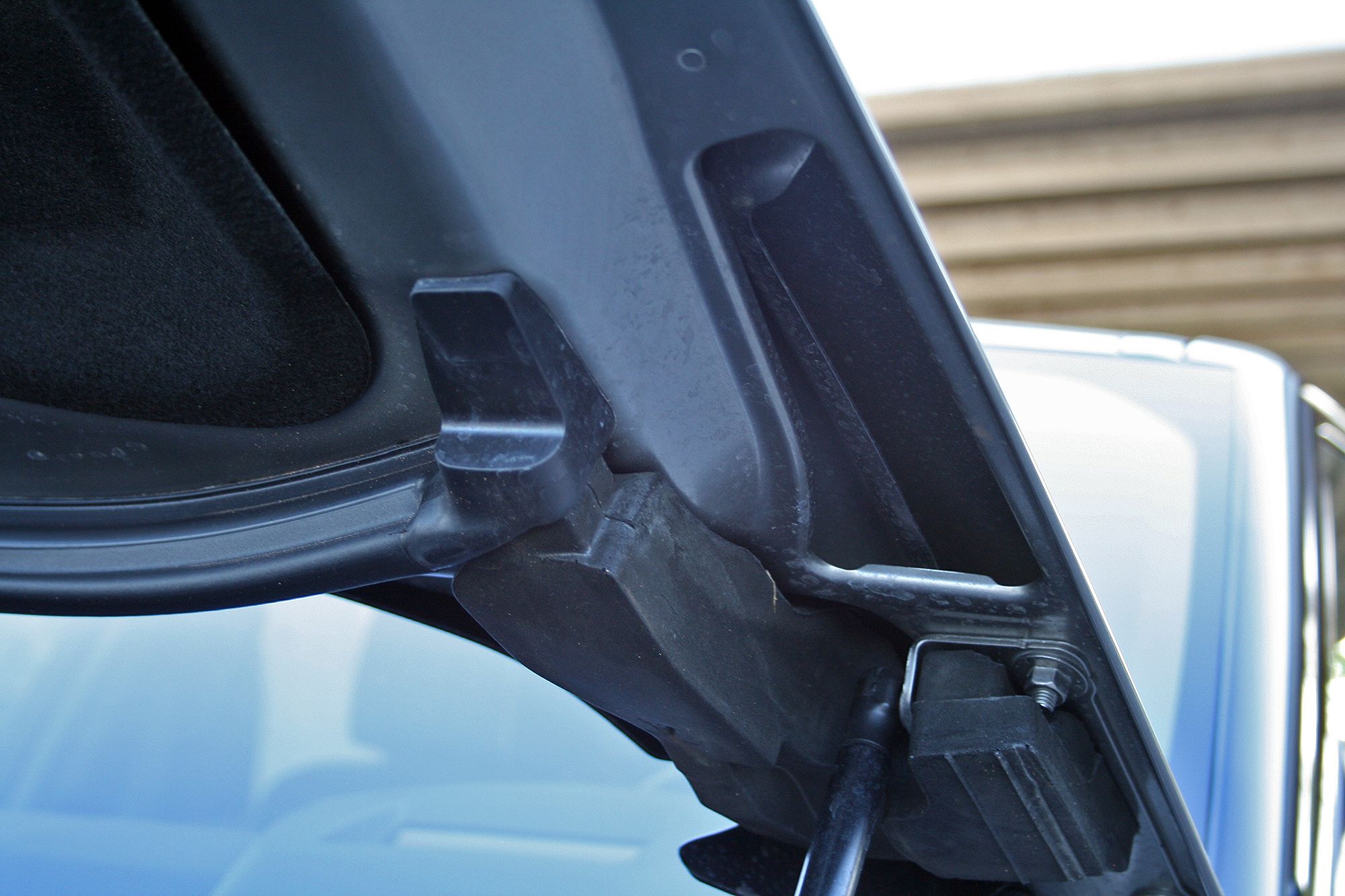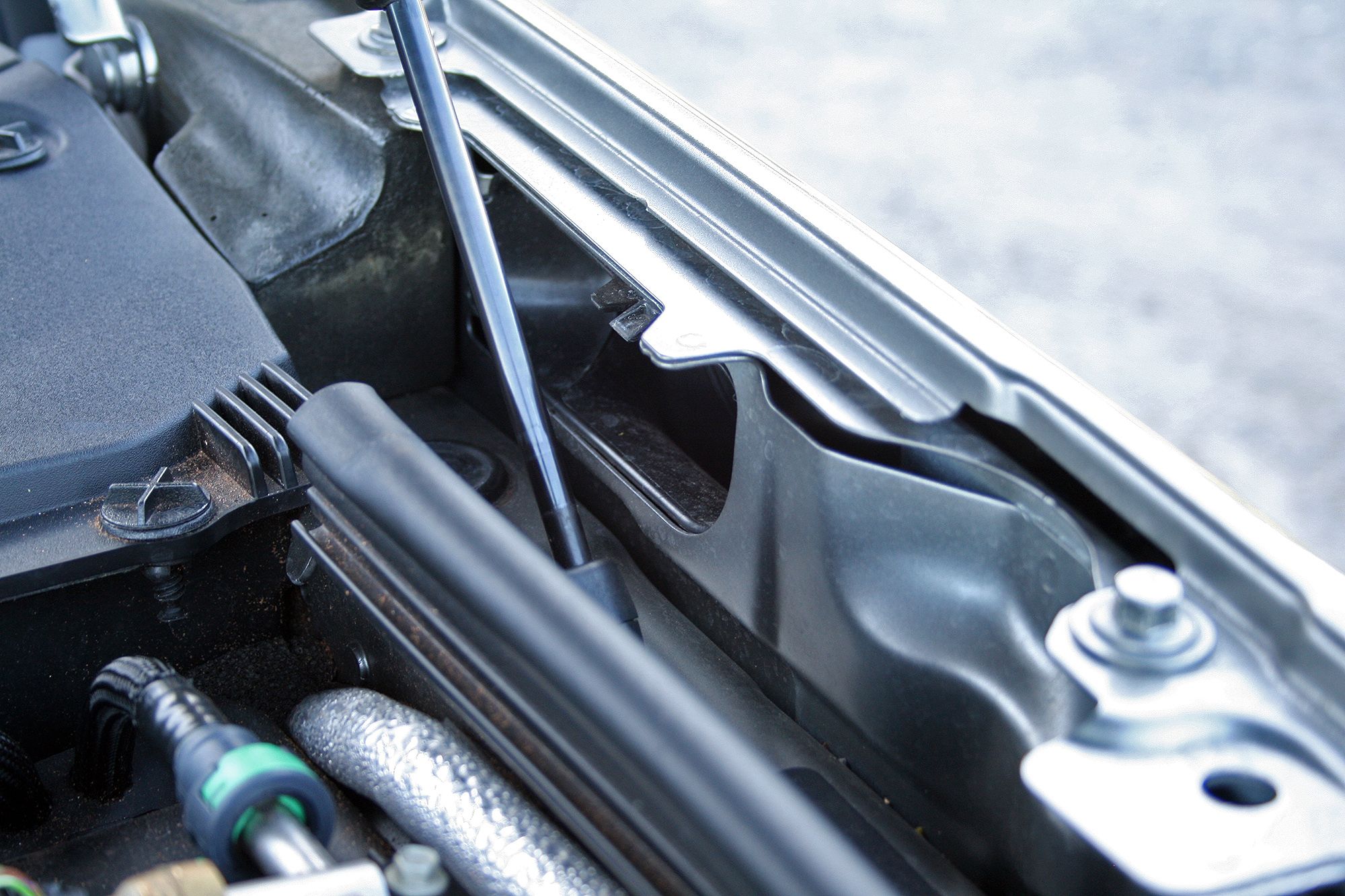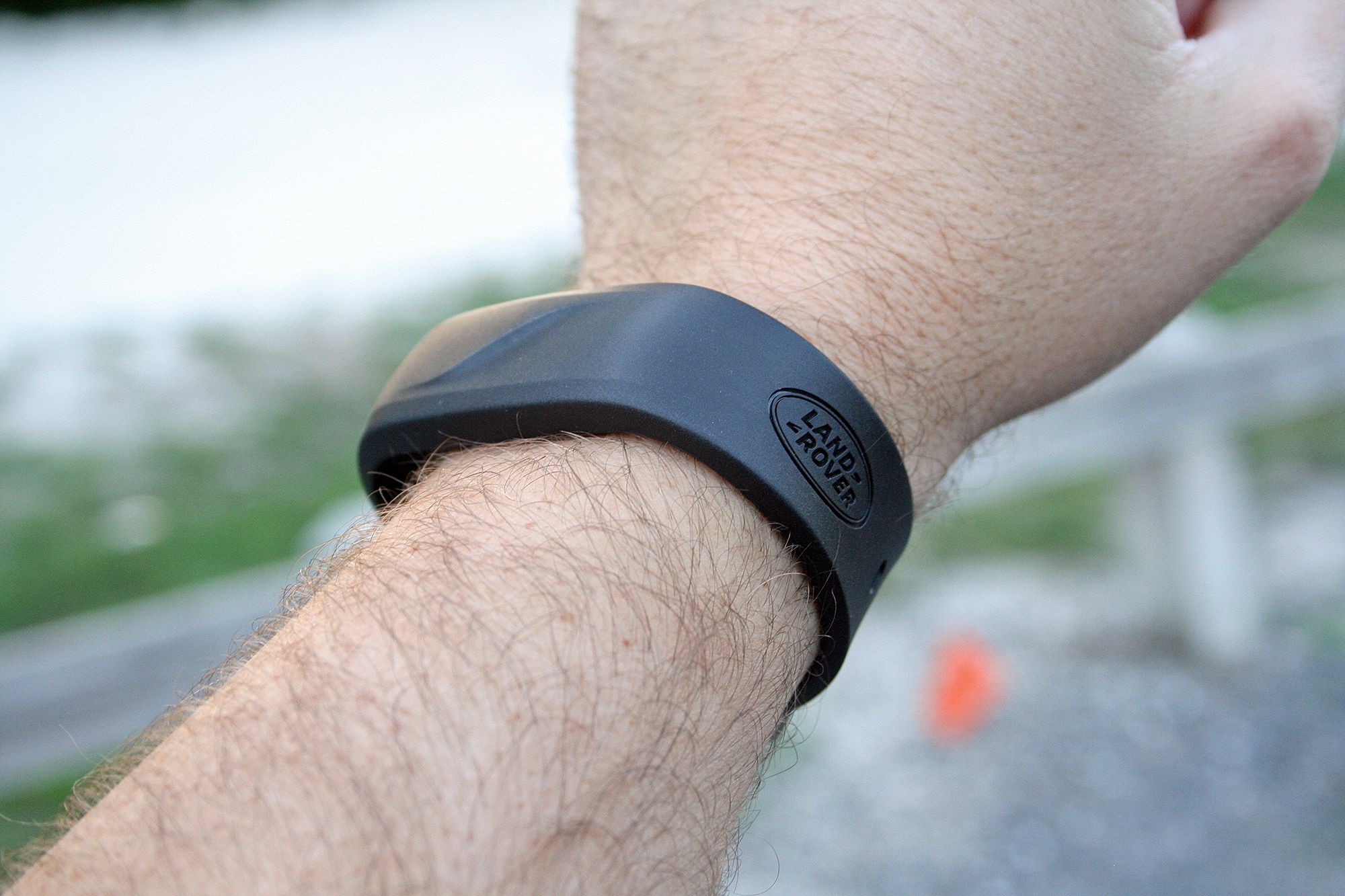The Land Rover Discovery is one of the most iconic vehicles on the planet. Next to a Jeep CJ/Wrangler and the original Volkswagen Beetle, most folks can identify the Discovery in a lineup. Beginning in 1989, four generations of Discos have explored the far-flung reaches of earth and tackled city traffic on every continent, well, save for Antarctica – and that’s only because there’s a stark shortage of traffic down there. Here in the States, the Series I Discovery made its debut in 1994, followed by the Series II in 1999. Land Rover introduced an all-new model for 2004, known in North America as the LR3. This model lasted until 2016, with its 2009-facelift getting the LR4 name. But for 2017, the Discovery has undergone its biggest change yet.
Gone is the body-on-frame design and generous use of steel. Rather than this typical SUV recipe, Land Rover borrowed from its Range Rover line. An aluminum-intensive, unibody architecture replaces the boxy frame, helping the fifth-generation Disco shed nearly 1,000 pounds while adding structural rigidity. Not a terrible trade-off, eh? That’s especially true considering the 2017 Discovery is more capable off-road thanks to improved approach, break-over, and departure angles, combined with 1.7-inches of extra ground clearance and a whopping 7.8-inches of extra water fording depth. Add to that the Disco’s vastly improved on-road characteristics, and it’s clear Land Rover’s decision to adopt 21st-century technology paid off big time.
Continue reading for the full driving review.
2017 Land Rover Discovery – Driven
- Make: Array
- Model: 2017 Land Rover Discovery – Driven
- Engine/Motor: V6
- Horsepower: 340
- Torque: 332
- Transmission: Eight-speed automatic
- [do not use] Vehicle Model: Array
Video Review
Exterior
Land Rover has taken a huge departure from the traditional Discovery aesthetics. Gone are the squared-off nose, slab sides, and stepped roofline. In its place is a curvy hunk of aluminum and plastic that shares design hints with the more expensive Range Rover.
The front is far more rounded. Its curves are only interrupted by the vertical air inlets under the LED headlights and the lower grille that gives the Land Rover a smug face. The familiar main grille sits under the large DISCOVERY badge on the hood to complete the look. The new Discovery’s sides continue the curvaceous theme and the rear is an interesting hodgepodge of angles and colors. Land Rover designers apparently wanted to inject some Discovery heritage into the tailgate. Though it’s a single-piece liftgate like most SUVs, the 2017 Discovery retains the kink below the license plate to mimic the split-open tailgate from generations past.
My tester came fitted with the $2,000 Dynamic Package. This adds the “Navik Black” exterior accents, the gloss black side mirror caps, and several upgrades to the interior. Also optional are the $1,700, 21-inch Satin Dark Gray wheels. Up top, the black contrast paint on the roof adds another $650 to the price, while the Silicon Silver Premium Metallic Paint color is a whopping $1,495 option. It is pretty, though.
Also visible on the outside is the Rover Tow Package with its beefy, two-inch trailer hitch receiver and recovery point hoop. Included in the $650 option is both four- and seven-pin wiring connectors. Look under the rear bumper and you’ll notice the last exterior option on my tester – the $440 full-size spare tire. That’s a bit pricy, but it’s a small price to pay if you plan on extensive off-roading. The compact spare tire probably wouldn’t grip as well as well as the 275/45-series Goodyear Eagle F1 SUV 4x4 tires.
Outside the Competition
There are several three-row, luxury SUVs on the market, but The Mercedes-Benz GLS is perhaps the closest competitor to the Land Rover Discovery. The Merc is a bit larger, though, with most of its competition coming from the Ford Expedition/Lincoln Navigator and the General Motors Suburban/Yukon/Escalade. Nevertheless, the GLS is lines up well with the Land Rover. More specifically, it’s the GLS450 with its twin-turbo, 3.0-liter V-6 that makes 362 horsepower and 4WD. Cosmetically, the GLS450 is a more traditional SUV, though it rides on a unibody platform. Its large three-star grille leaves no question as to its branding, while the sides and rear are more forgettable. Overall, the Mercedes-Benz GLS is looks older and less capable than the Land Rover Discovery – and that’s because it’s true.
Exterior Dimensions
|
Land Rover Discovery |
Mercedes-Benz GLS |
|
|
Wheelbase (Inches) |
115 |
121.1 |
|
Length (Inches) |
195.6 |
202.0 |
|
Width (Inches) |
81.6 |
84.3 |
|
Height (Inches) |
73.5 |
72.8 |
|
Approach/Departure Angle |
23.6°/25° |
31°/23° |
Interior
Just as the outside of the 2017 Land Rover Discovery is reminiscent of the upscale Range Rover, so too is the Discovery’s interior. In fact, many of the components are pulled right from the Range Rover parts bin. While Range Rover owners might not be too thrilled, those buying a Discovery will like the added touches of class.
The steering wheel, in fact, is a near ringer for the Range Rover’s. The rotary shifter and Terrain Response 2 buttons on the center console are the same as the Rover’s. Of course, the Discovery’s overall cockpit layout is very similar to its big brother. It’s easy to understand why Land Rover borrowed so much of the Range Rover’s design after realized the two SUVs ride on the same aluminum-intensive, unibody chassis.
Of course, there are plenty of differences, too. The biggest change is the number of seats. The 2017 Discovery is available with three rows capable of hauling seven people. The larger Range Rover can only be had with two rows with a five-passenger limit. Passenger comfort in the Disco is extremely high in first and second row accommodations, and only slightly cramped in the third row. Teens and smaller kids will be perfectly fine riding back here. There’s even a cup holder and 12-volt power port for each passenger.
Getting into the third row is a dance between digital and analog. The second row seatbacks electronically fold forward, but the 60/40-split bench must be manually slid forth. It’s not a terrible method, but it can be confusing for first-time users. The electronically folding third-row seats also present a small issue. When the Discovery is equipped with the optional, $150 cargo cover, the third-row seats can’t be raised until the retractable cover has been removed. Sure, it’s a simple task, but now where is the cover supposed to go? The situation gets worse if there are groceries involved. As for cargo volume, the Discovery offers 9.1 cubic feet behind the third row and 45 cubic feet with the third row folded. Fold both rear rows, and the cargo volume grows to 85 cubic feet.
Aside from those minor difficulties, the Discovery provides plenty of room for a large family. Each rear seat has LATCH points for a child seat. The kids will enjoy the optional Rear Seat Entertainment package. Two monitors allow for viewing of two different inputs, including DVD and HDMI. Audio can be piped through the 14-speaker, 825-watt Meridian sound system or to the two wireless headphones. In practice, the system’s ease-of-use is improved over past Land Rover entertainment system, but it’s nowhere near the most intuitive system on the market. Get past the learning curve, and it’s fine to live with. The kids will thank you for shelling out $2,270 to keep boredom at bay.
Inside the Competition
Though the 2017 Mercedes-Benz GLS wears a new nameplate, it is the direct descendant of the Mercedes GL, which itself comes form the Mercedes M-Class. As such, a few interior details show the SUV’s age. Just look at the numerical keypad positioned front and center on the dashboard. It looks ready to send a fax. Aging parts aside, the GLS’ interior has plenty of positive attributes. It actually fits seven real-sized people in three rows. It also has plenty of cargo room – 16 cubic feet behind the third row and an impressive 93.8 cubic feet with both rear rows folded flat. That out-classes the Discovery. And like the Disco, the Merc boasts power-folding rear seats and an available rear entertainment package.
Drivetrain
The 2017 Discovery has two engine options for the U.S. market. The standard is the 3.0-liter supercharged V-6, while a turbodiesel 3.0-liter V-6 can be optioned on the HSE and HSE Luxury trims. The gasser makes 340 horsepower and 332 pound-feet of torque, just as it has in years past with the LR4. As with most modern turbodiesels, horsepower is relatively low, while torque is magic number. Here, the turbodiesel produces 254 horsepower and a respectable 443 pound-feet of torque. Best of all, fuel economy far exceeds that of the gasoline V-6. The EPA estimates the Discovery turbodiesel gets 21 mpg city, 26 mpg highway, and 23 mpg combined. Compare that to the gasoline V-6’s EPA-estimated 16 mpg city, 21 mpg highway, and 18 mpg combined. I averaged 17.5 mpg over a week of mixed driving in my gas-burning tester. Of course, arguments about the relevance of fuel costs can made when Discovery’s MSRP ranges between $50,000 and $80,000.
Behind both engine options is the ubiquitous ZF eight-speed automatic transmission. Land Rover hasn’t messed with the smooth shifts typical of the German gearbox. Further rearward is the Discovery’s two-speed, electronically controlled transfer case. The T-case distributes power between the front and rear axles. Normal operation has a 50/50 torque split between the front and rear, with power being sent to whichever axle has more traction should the other experience wheel slip.
The Terrain Response 2 system is the brains of the operation. Set to Auto mode, the system works behind the scenes to ensure the Discovery continues moving forward, regardless of the terrain. The driver also choose one of five settings: General Driving; Grass/Gravel/Snow; Mud and Ruts; Sand; and Rock Crawl. Each mode tailors throttle mapping, ABS system, traction control, stability control, differential locks, hill descent control, and other systems to meet the needs of each condition.
And speaking of differential locks, the Discovery has two. The transfer case acts as the center differential, dividing power between the axles. When the going gets slick, the T-case locks up, evenly and consistently splitting power front to rear, regardless of wheel spin. The rear differential also locks up, ensuring both rear tires turn at the same speed. Like any diff lock, this puts power to the ground, even if one tire has no traction whatsoever. Conversely, an open differential would send power through the path of least resistance, which is inconveniently the tire with the least traction.
The transfer case has both high- and low-range gearing. This means it can operate both at highway speeds and slow speeds. Low range provides a multiplication of torque for extra power in difficult situations like hill climbs or pulling a boat from a slippery launch ramp. As for towing, the gasoline Discovery boats an impressive 8,201 pounds. That’s a healthy bump from the outgoing LR4’s 7,700-pound tow rating. Credit can be given to the 2017 Discovery’s significant weight reduction for the increase.
To read more on the 2017 Land Rover Discovery’s off-roading chops, check out my in-depth article here.}
|
Land Rover Discovery SE |
Land Rover Discovery SE |
|
|
Engine |
3.0 liter Si6 petrol automatic |
3.0 liter Td6 diesel automatic |
|
Horsepower |
340 HP |
254 HP |
|
Torque |
332 LB-FT |
443 HP |
|
Driveline |
4 Wheel Drive (4WD) |
4 Wheel Drive (4WD) |
|
Transmission |
8-Speed Automatic |
8-Speed Automatic |
|
0 to 60 mph |
6.9 seconds |
7.7 seconds |
|
Top Speed |
130 mph |
130 mph |
|
Curb weight |
4,835 Lbs |
4,916 Lbs |
Powering the Competition
Behind that large three-pointed star, the Mercedes-Benz GLS450 is powered by a twin-turbo 3.0-liter V-6. The all-aluminum engine features direct fuel injection and dual overhead cams. Output is rated at 362 horsepower at 6,000 rpm and 369 pound-feet of torque from 1,600 to 4,500 rpm. The engine is mated longitudinally to a nine-speed automatic transmission, which turns a full-time transfer case with Low range gears as part of Mercedes’ 4Matic 4WD system. Like the Land Rover’s system, the 4Matic T-case sends power to the wheels with traction without needing the driver’s input.
The GLS450 has six drive modes the driver can select from. They include auto, sport, snow, tow, and two off-road modes includes, Off-Road Mode 1 and Off-Road Mode 2. For rougher terrain Off-Road Mode 2 raises the suspension and locks the center differential to a 50/50 torque split. A downhill descent control is also present. The AirMatic air suspension allows for 3.6 inches of increased ride height for off-roading. At highway speeds, the air suspension lowers the vehicle height by 0.6 of an inch below the normal ride height. The GLS450 isn’t as adapt to off-road driving as the Land Rover, but it is more than capable of handling 99 percent of what most SUV drivers dare drive through.
All GLS models are rated to tow 7,500 pounds when equipped with the optional towing package. The twin-turbo V-6-power GLS450 is EPA-estimated to get 19 mpg city and 22 mpg highway.
|
Mercedes-Benz GLS450 |
|
|
Engine |
3.0L V6 biturbo |
|
Horsepower |
362 HP @ 5,550-6,000 RPM |
|
Horsepower |
369 LB-FT @ 1,700-4,000 RPM |
|
Transmission |
9G-TRONIC automatic |
|
0 to 60 mph |
6.6 seconds |
|
Top Speed |
130 mph |
Behind the Wheel
If you watched my video review, you’ll know my thoughts on this subject. If not, then buckle up. Thankfully, the ride isn’t bad – just like the Discovery’s.
Land Rover has made huge improvements in the Discovery’s ride over the outgoing LR4 model. While I certainly love a body-on-frame SUV, the LR4 had some serious downfalls in the handling department. Excessive body roll, nose dive under braking, and ho-hum steering all zapped confidence when the dirt turned to smooth pavement. Thankfully, the vast majority of those issues were resolved in the Disco’s move to JLR’s aluminum unibody chassis. The entire SUV feels far more solid and well constructed. Body roll is surprisingly minimal for such a large SUV and the steering feels more direct. It’s no Jaguar F-Type SVR, but the Disco can really move when pushed.
Adding to its on-road confidence is the fantastic outward visibility. A massive windshield and huge side windows with large mirrors all contribute to a commanding view of the road. The low cowl and sloping hood also contribute to the view. Still, Land Rover’s active safety systems keep a watchful eye on surrounding objects. Blind spot monitoring and lane keep assist make for great driving partners. Intelligent Emergency Braking audibly and visually warns of an object ahead if you’re not already braking. The system also automatically apply the brakes to avoid a rear-end collision.
Overall comfort behind the wheel is spectacular. The seat is well padded and the power controls allow anyone to achieve their preferred driving position. Road noise is kept to a surprising minimum with such large wheels. Wind noise is strikingly absent, despite the long A-pillars and tall roof. Long road trips would be a breeze thanks to the all-day comfort. Too bad I didn’t need to drive across country.
Pricing
The 2017 Land Rover Discovery carries a starting price of $49,990. That gets you the 3.0-liter supercharged V-6 with the SE trim package. Those wanting the turbodiesel will have to get the HSE package and shell out $58,950. The gasoline model enjoys the full breath of trims, including the SE, HSE, HSE Luxury, and for 2017, the First Edition. The turbodiesel is limited to the HSE and HSE Luxury.
My gasoline tester came loaded with nearly every option added to the HSE Luxury package. The HSE Luxury base price is $63,950, but with a whopping $18,150 in extras, my Discovery topped out at $82,100, including the $995 destination feet. And while nearly $1,000 is pricy, it’s a pretty good deal considering the Discovery is built across the Atlantic and shipped over. That price is also less than some other vehicles, a few of which are domestically made.
Here is the pricing breakdown of all the options.
|
HSE Luxury trim |
$63,850 |
|
Loadspace Partition Net |
$100 |
|
Rover Tow Package |
$650 |
|
21-inch 5025 style wheels |
$1,700 |
|
Dynamic Package |
$2,000 |
|
360-degree Parking Aid |
$275 |
|
Front Console Cooled Compartment |
$350 |
|
Head Up Display |
$950 |
|
Vision Assist Package |
$1,200 |
|
Full Size Spare Tire |
$440 |
|
Loadspace Cover |
$150 |
|
Autonomous Emergency Braking |
$125 |
|
Activity Key |
$400 |
|
Capability Plus Package |
$1,250 |
|
Drive pro Package |
$2,350 |
|
Black Contrast Roof |
$350 |
|
Park Assist |
$800 |
|
Rear Seat Entertainment |
$2,270 |
|
Silicon Silver Premium Metallic Paint |
$1,495 |
*See photo of Monroney build sheet for packaging details
Pricing for the Mercedes-Benz GLS450
The 2017 Mercedes-Benz GLS450 starts at $68,700. That’s quite a bit more expensive than the Land Rover Discovery’s starting price. To make a GLS450 directly comparable to my tester, it requires several add-on options and nearly every package offered. This pushes the price to $89,655, according to Mercedes-Benz’s Build Your Own website.
Other Completive Vehicles
2017 Audi Q7
The venerable Audi Q7 recently underwent a heavy update bringing a classy new exterior and a well-appointed interior that wouldn’t look out-of-place in an executive sedan. The Q7 offers room for seven in a 2+3+2 configuration. The third row is a bit tighter than the Land Rover’s, but kids will be fine. The Audi boasts a high-tech dashboard, too, with its Virtual Cockpit and MMI infotainment system.
Power comes from a standard turbo-four, but the optional supercharged 3.0-liter V-6 is more comparable to the Discovery’s engine. The Audi lays down 333 horsepower and 325 pound-feet of torque. An eight-speed automatic sends power to all four wheels via Audi’s quattro AWD system. An optional air suspension adds a level of off-road capability, but nothing close to the Land Rover’s.
Pricing for the 2017 Q7 starts at $49,000 for the four-cylinder and $55,500 for the V-6. Building a comparable Q7 to my Discovery tester pushes the bill to $79,600. That includes the range-topping Prestige trim level and nearly every available option.
Learn more about the 2017 Audi Q7 here.
2017 Lexus LX570
The Lexus LX570 is a bit of an outlier in this comparison due to its traditional body-on-frame design and V-8 engine. However, this dolled up Toyota Land Cruiser offers outstanding off-road prowess while delivering a plush and luxurious ride. Inside, the LX offers seating for eight people in three rows. The interior furnishings are all modern Lexus with plenty of rich detailing and padded leather trimmings.
Under the hood, the Lexus is powered by a 5.7-liter V-8 making 383 horsepower and 403 pound-feet of torque. The V-8 has a big job of moving all 6,200 pounds of metal in the LX, but it still manages to hit 60 mph in 7.2 seconds. An eight-speed automatic does the shifting and a two-speed transfer case sends power to all four wheels. Features like Crawl Control, Active height Control, and Multi-Terrain Select allow the LX to drive over rough terrain.
Pricing for the 2017 Lexus LX570 starts at $89,880. That is the priciest of all the SUVs compared in this review. In order to directly compete with my Discovery tester, the price must jump to $94,695. Ouch.
Find out more about the 2017 Lexus LX570 here.
Conclusion
The 2017 Land Rover Discovery is definitely a huge leap forward for the Discovery name. The LR4 was a great vehicle in its day, but modern advances in lightweight materials and a growing expectation that SUVs be all things to all people meant it was losing ground in the segment. Land Rover has more than made up for it by providing an honest three-row SUV capable of hauling a family of seven and an 8,201-pound trailer across the country or hauling itself over some extraordinarily difficult terrain. At the same time, the Discovery exudes a high level of luxury and class while undercutting its big brother, the Range Rover.
I found the driving experience to be rewarding yet comforting in a combination of supercharged V-6 power and air-suspension smoothness over broken pavement. Off-road, the Discovery shows typical Land Rover competence in blasting its way through deep sand despite its street-biased tires. The Discovery might not be perfect, but its do-it-all resume outweighs any nit-picky issues.

